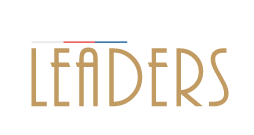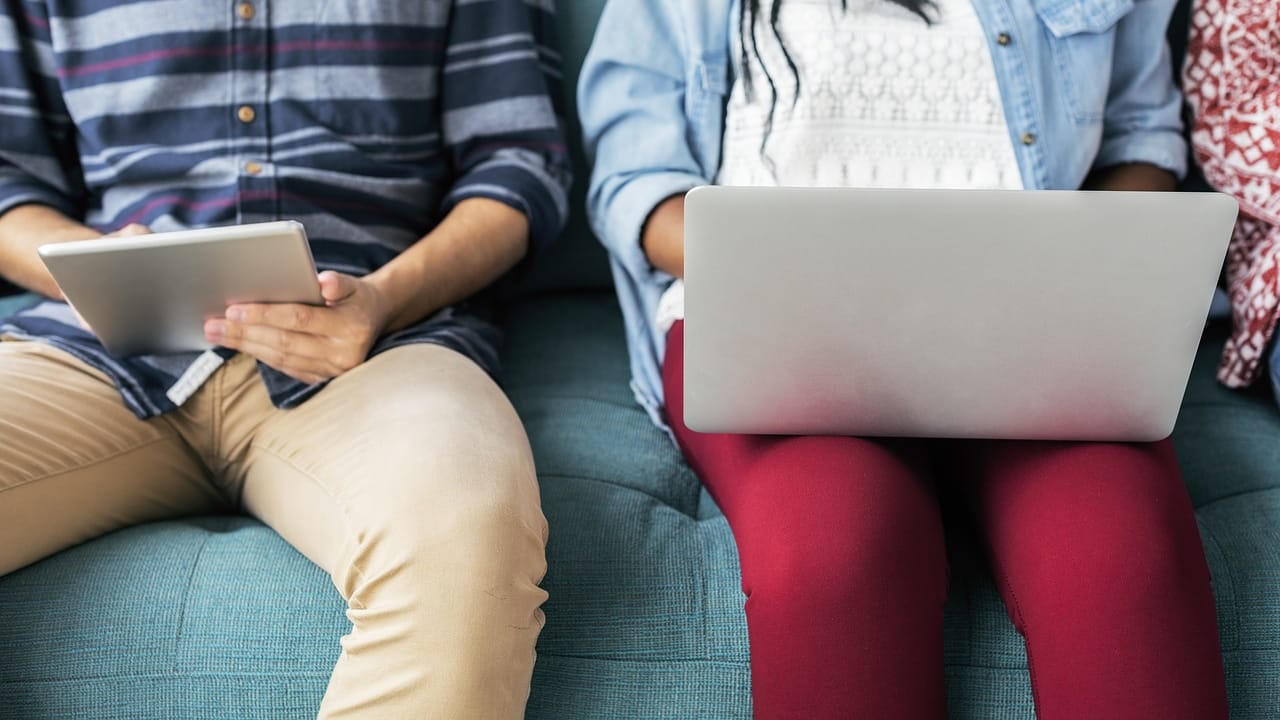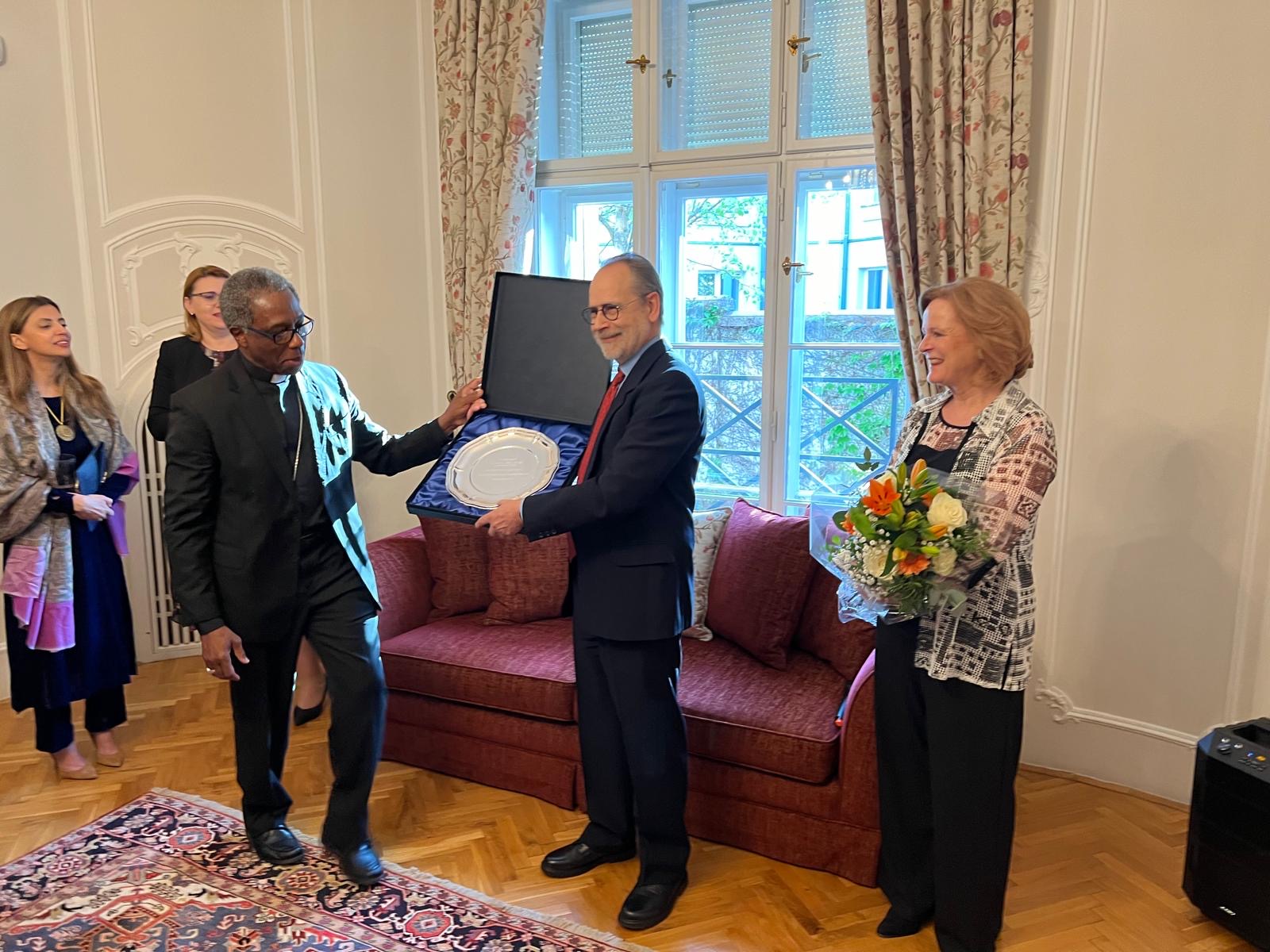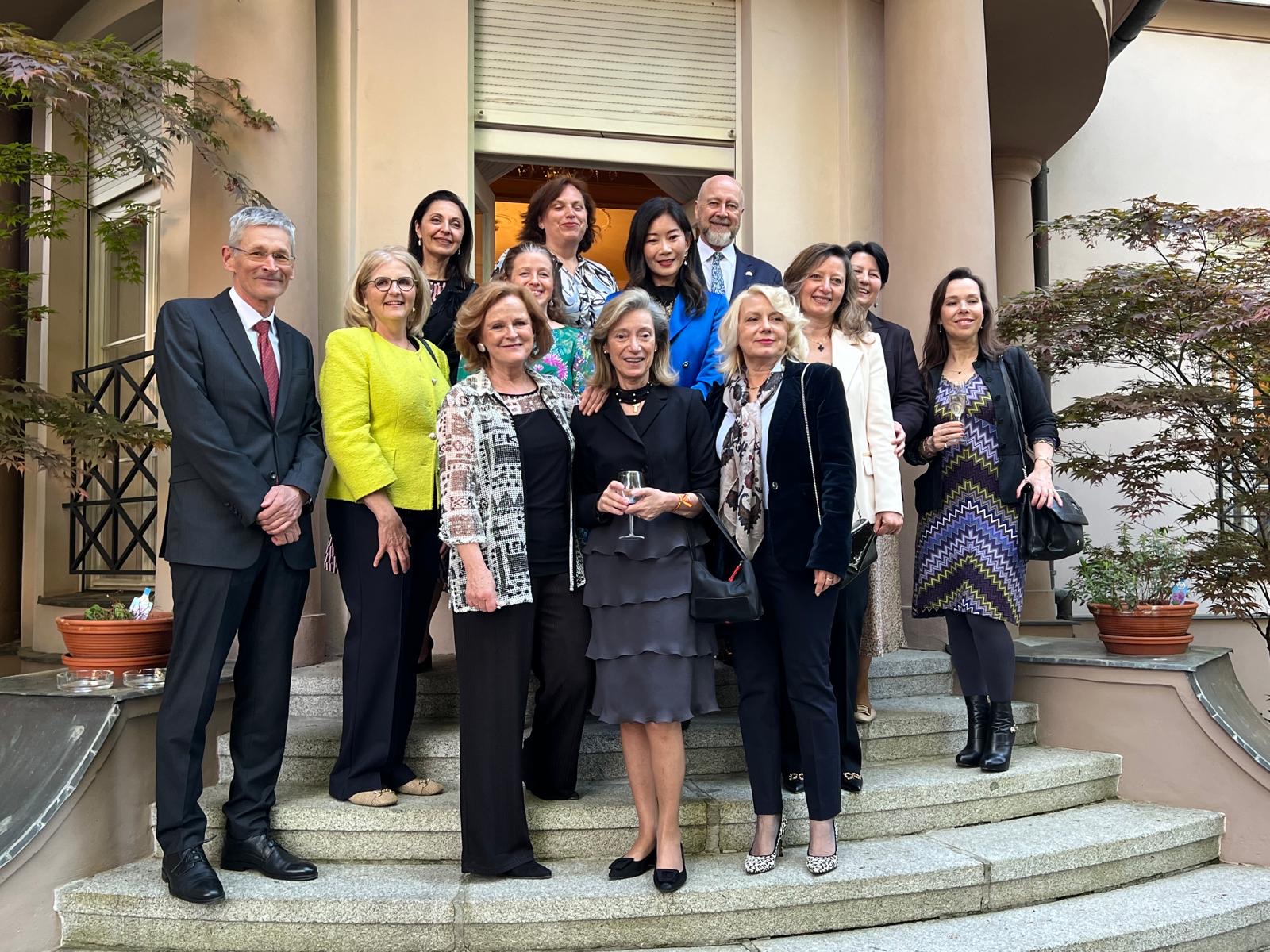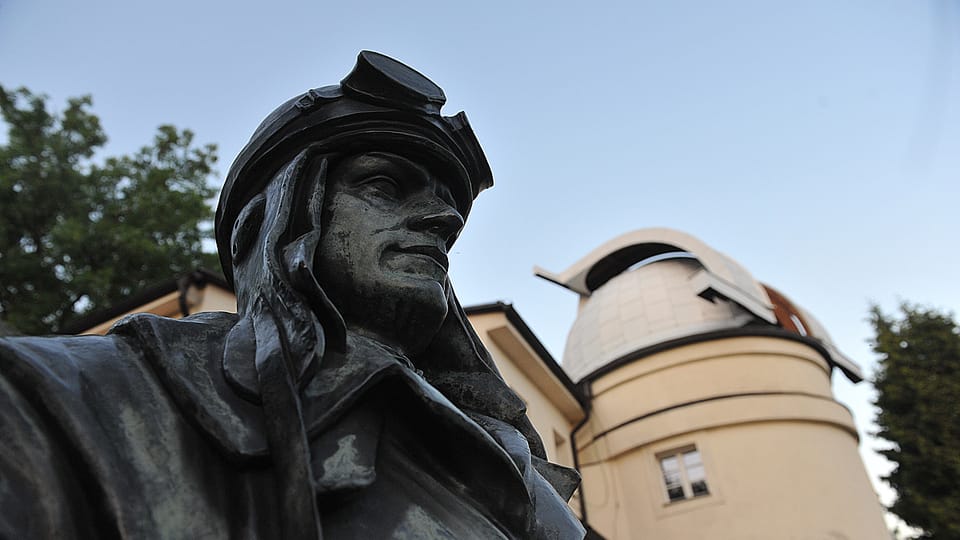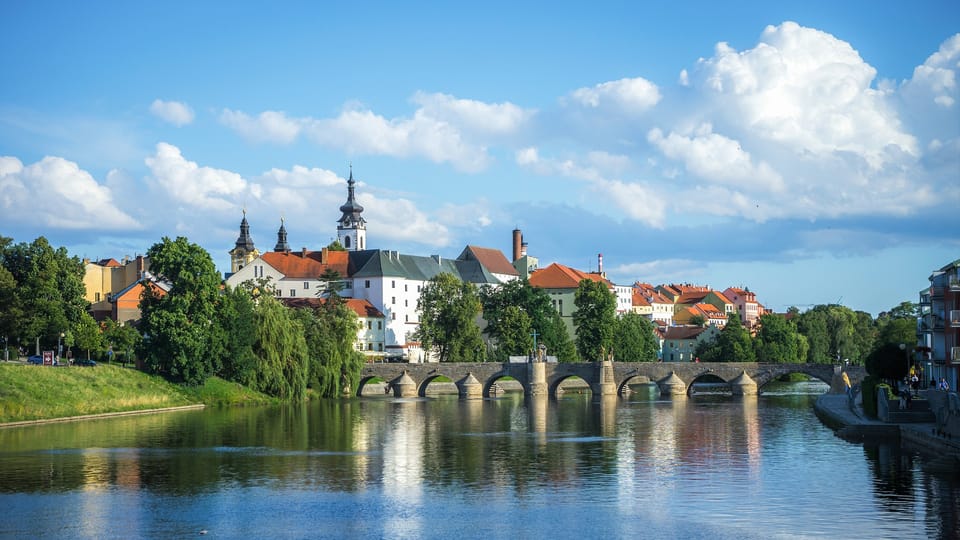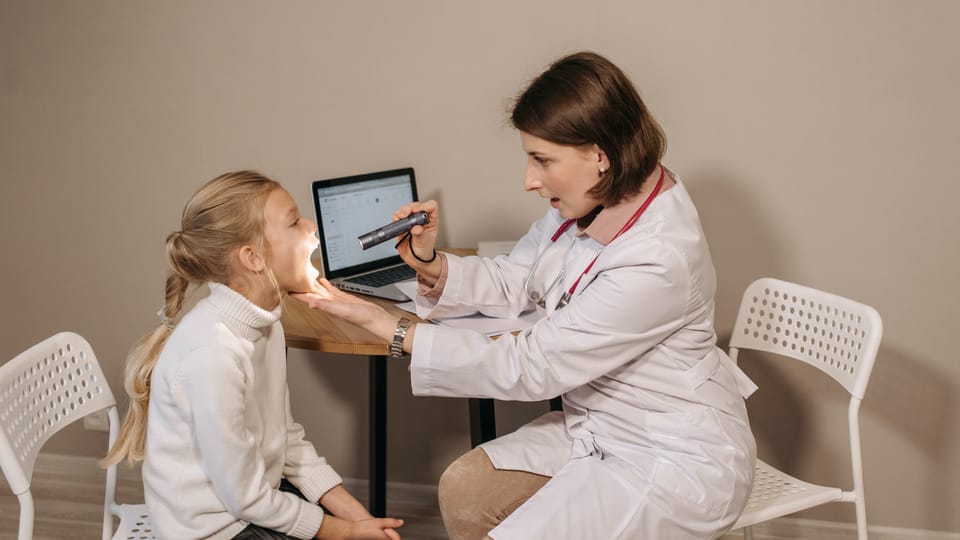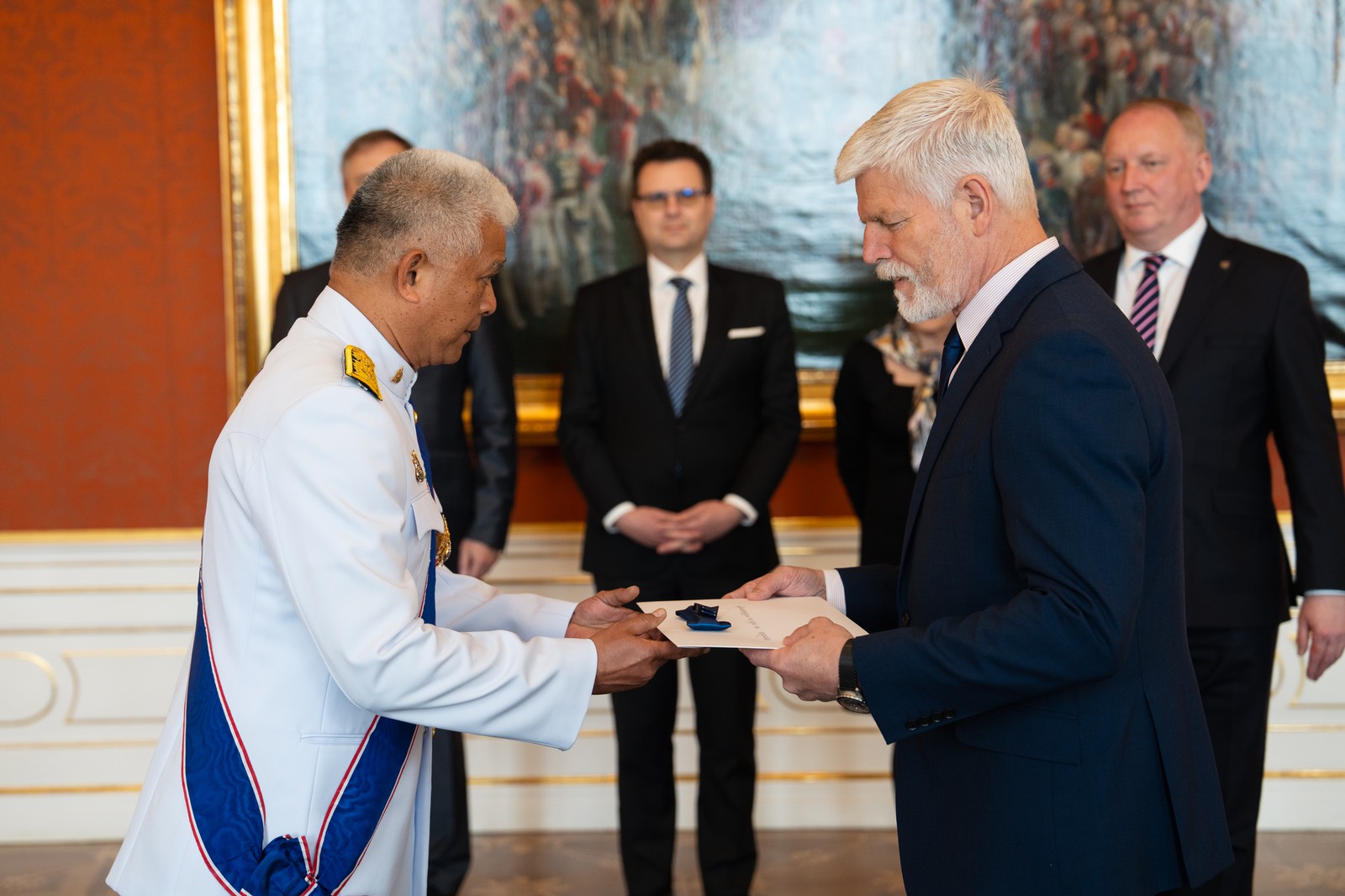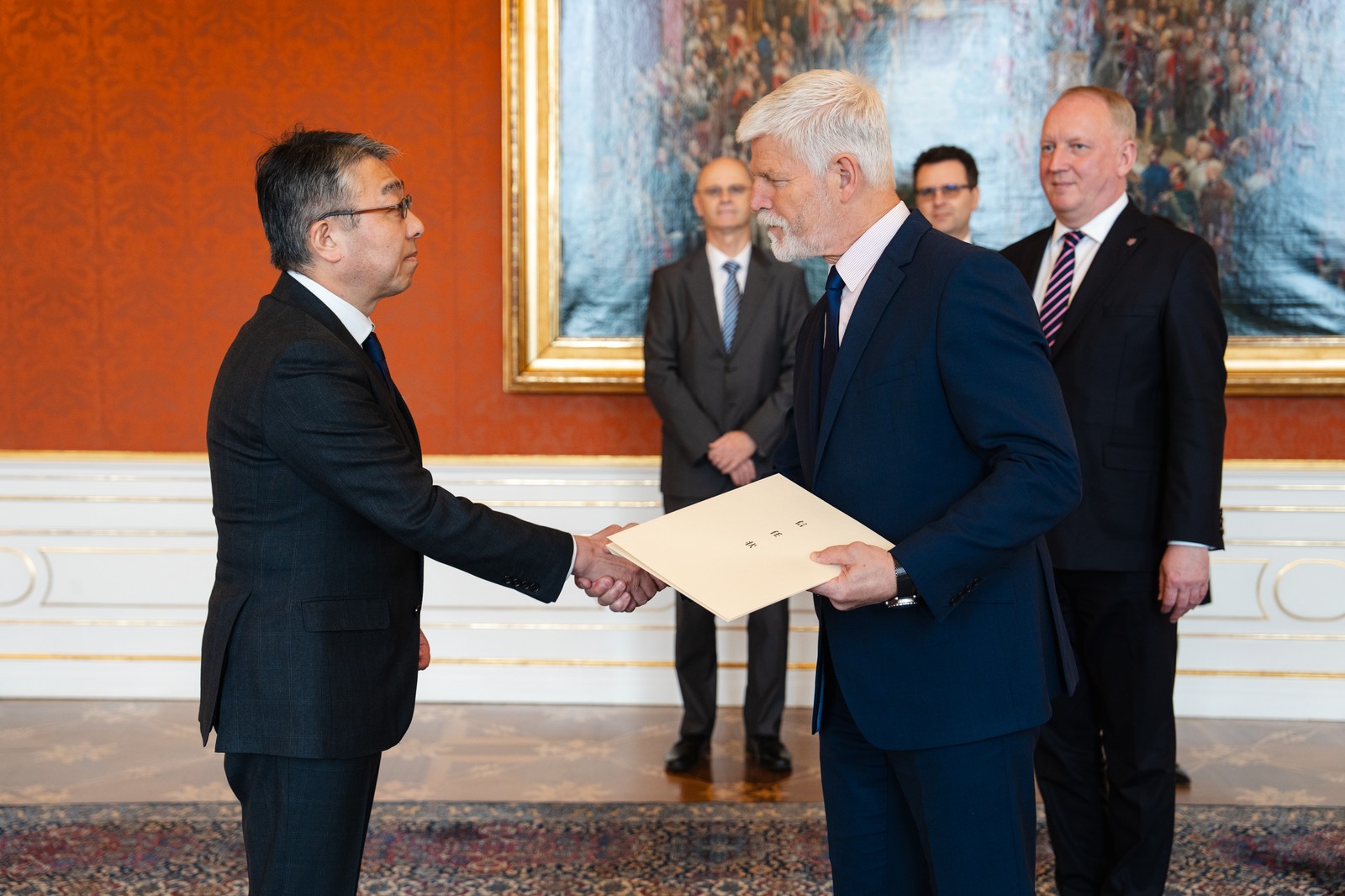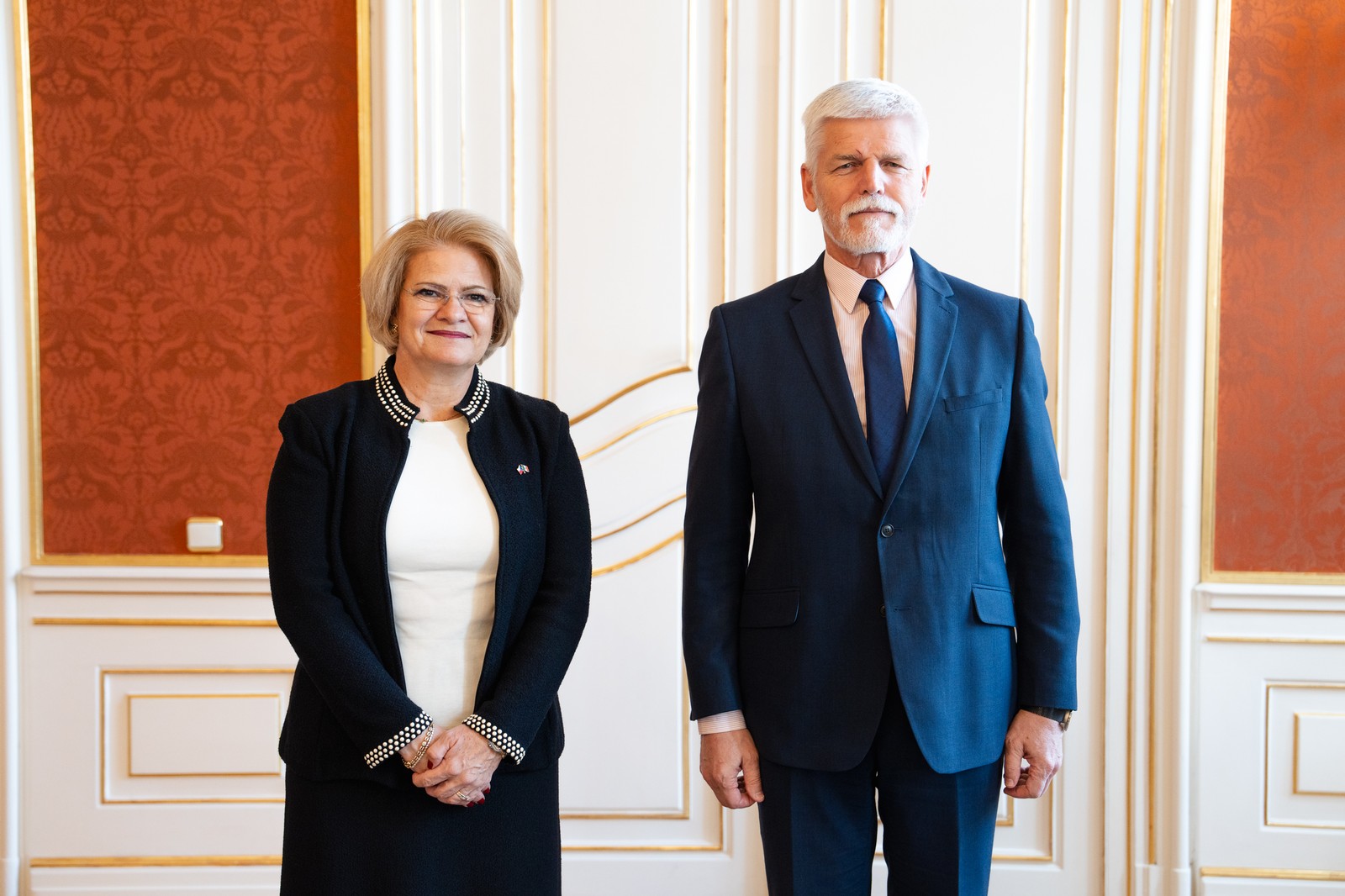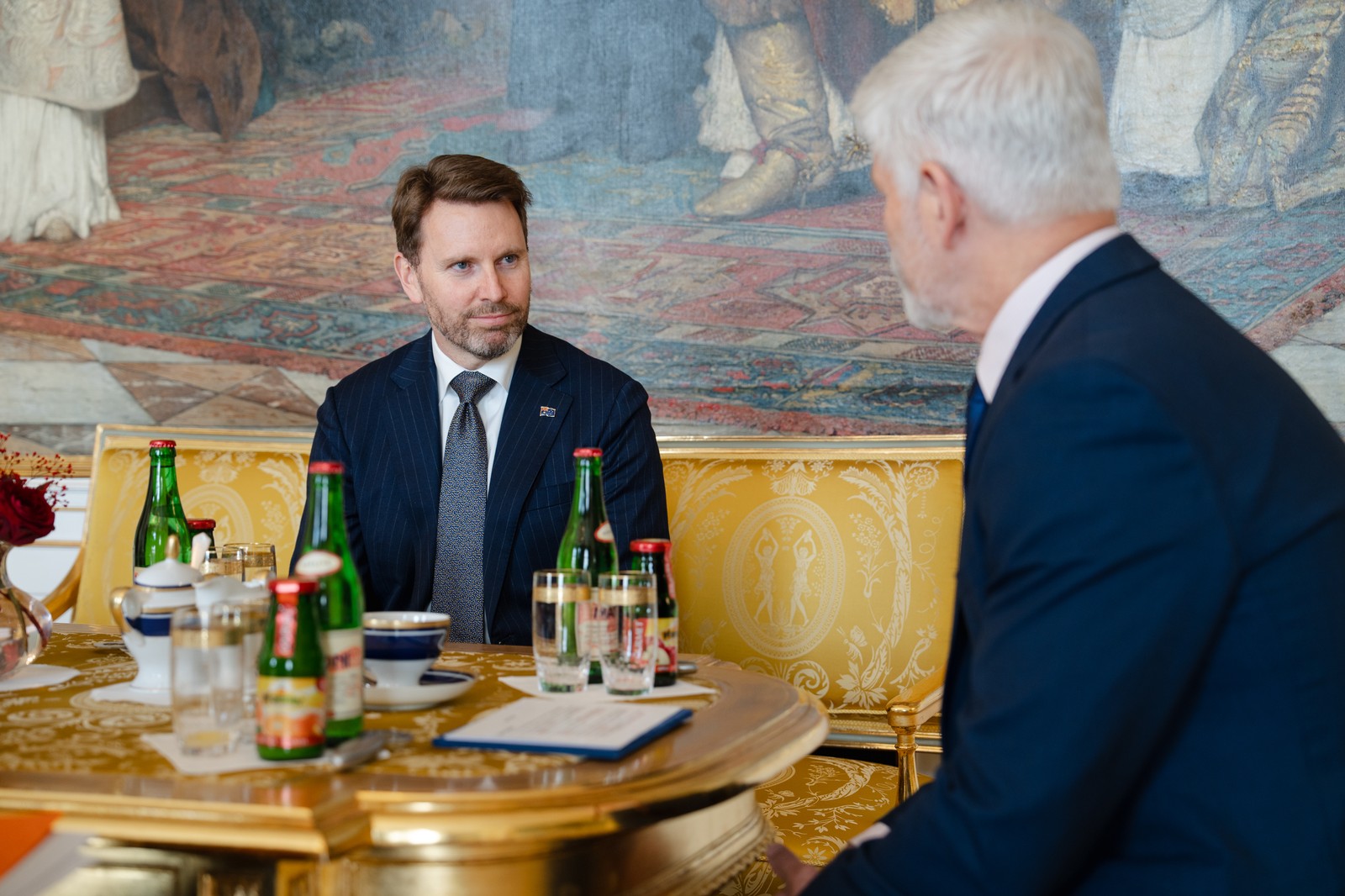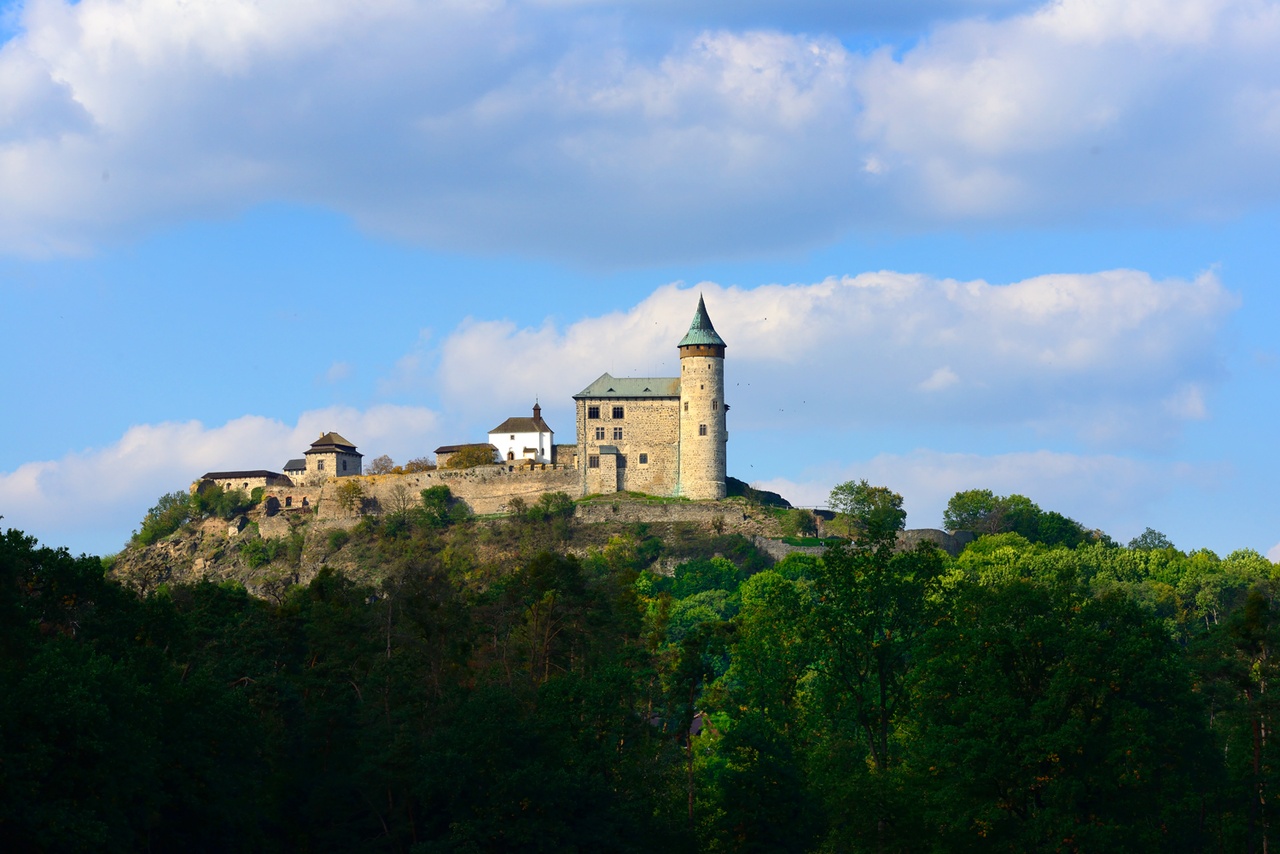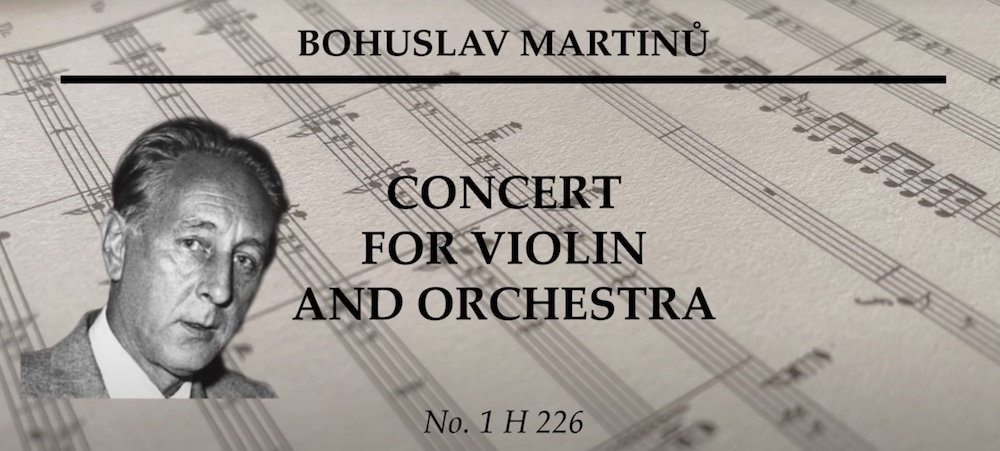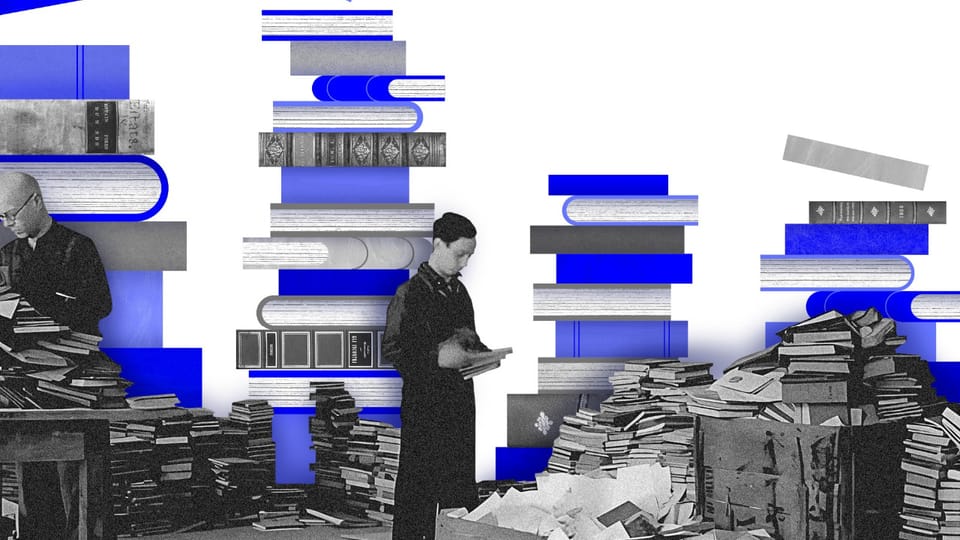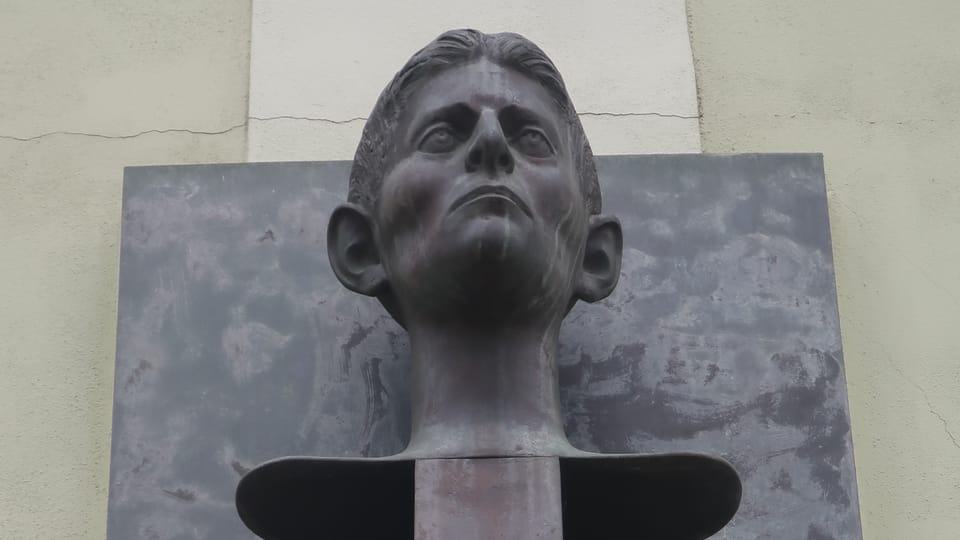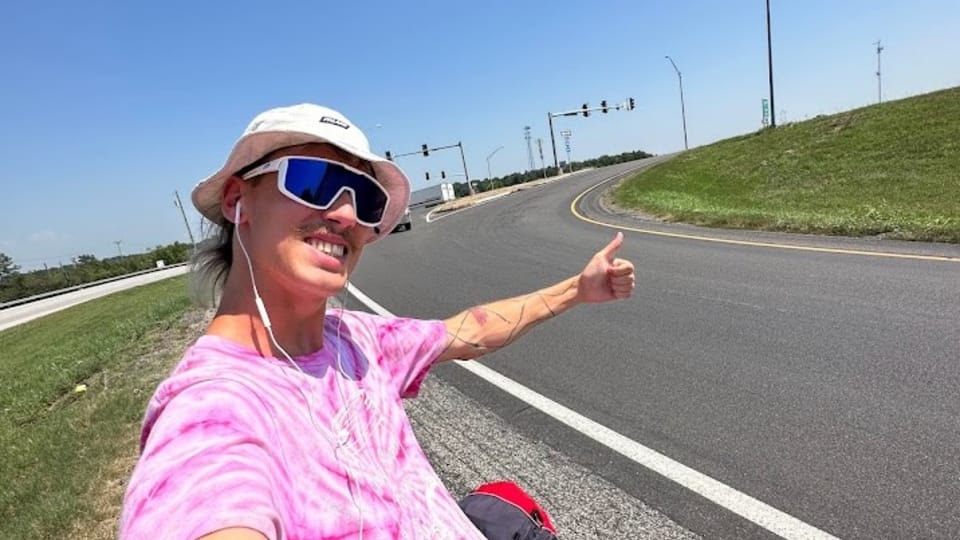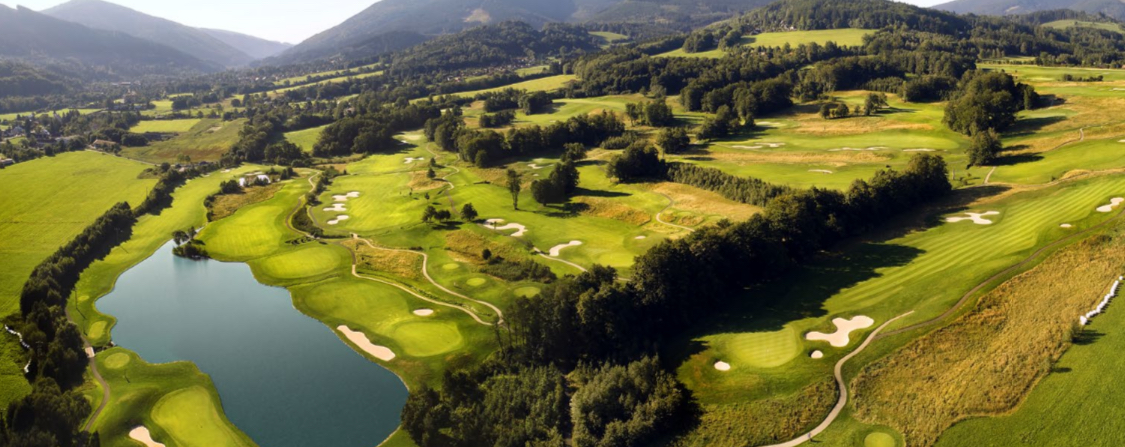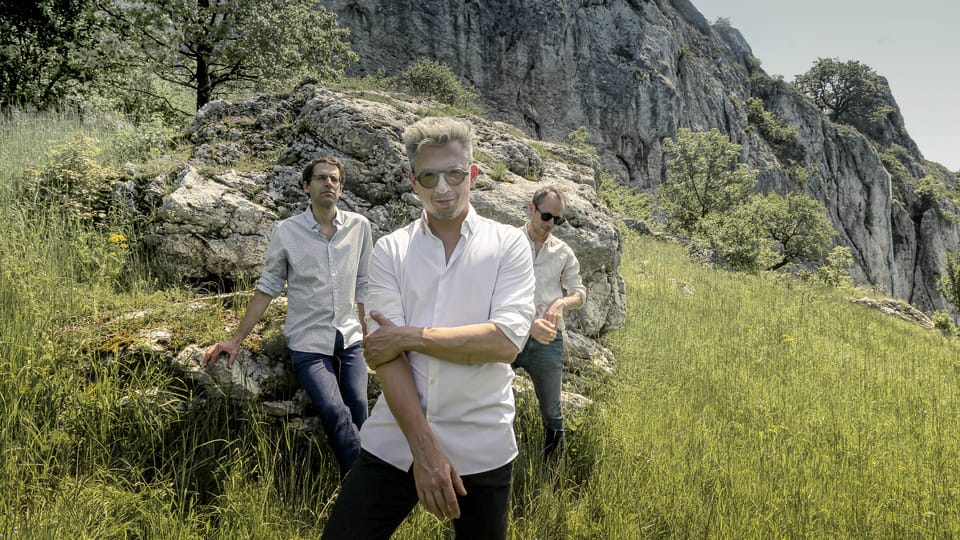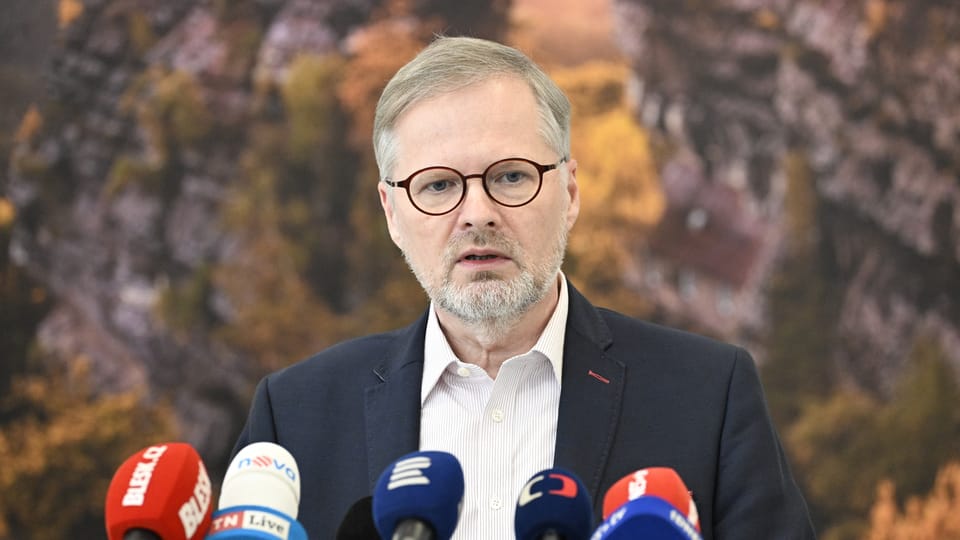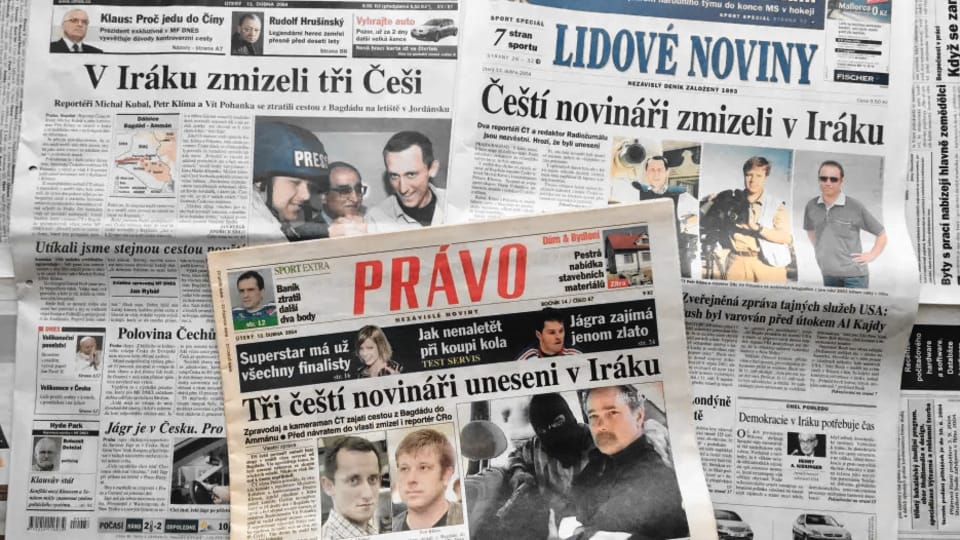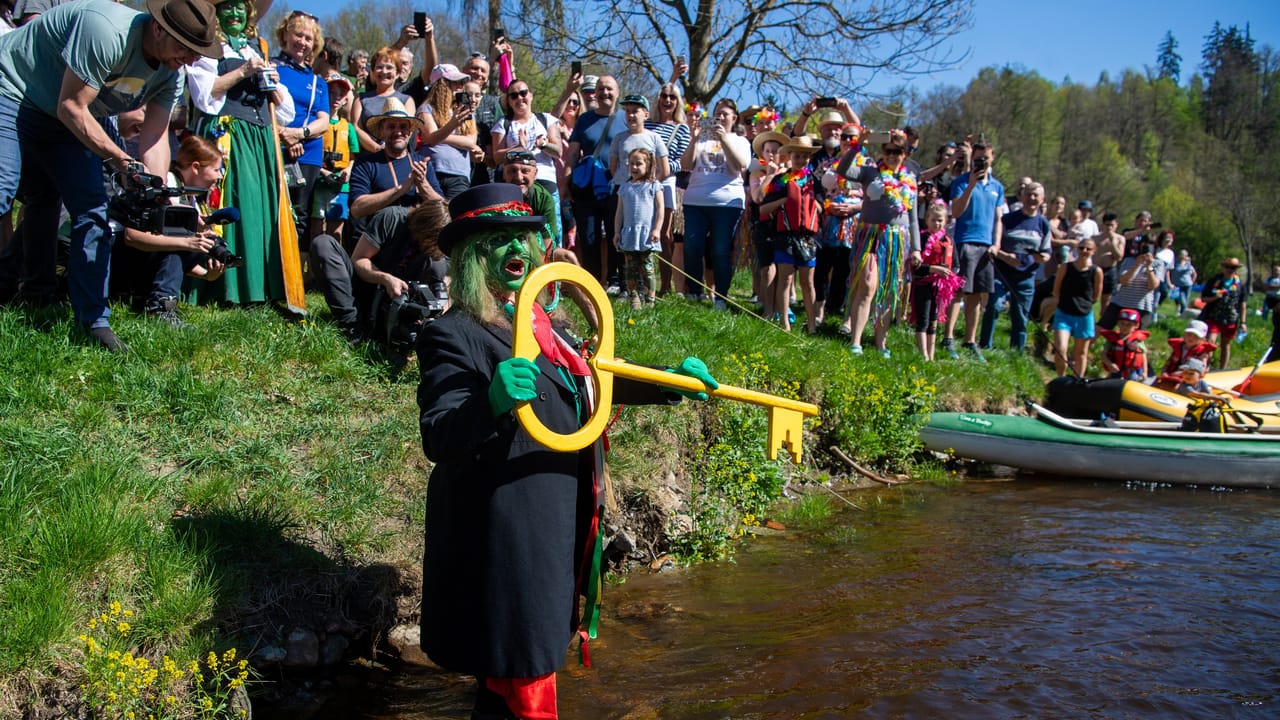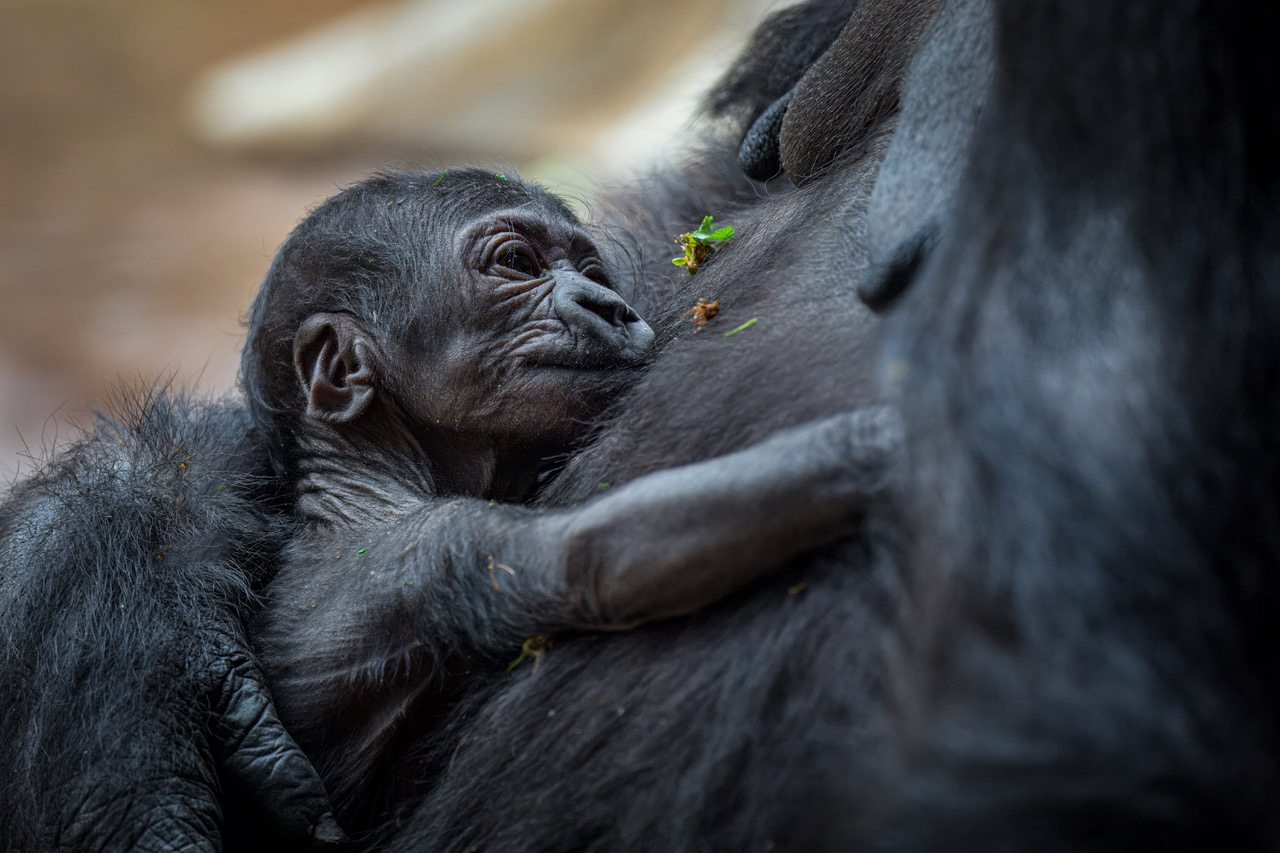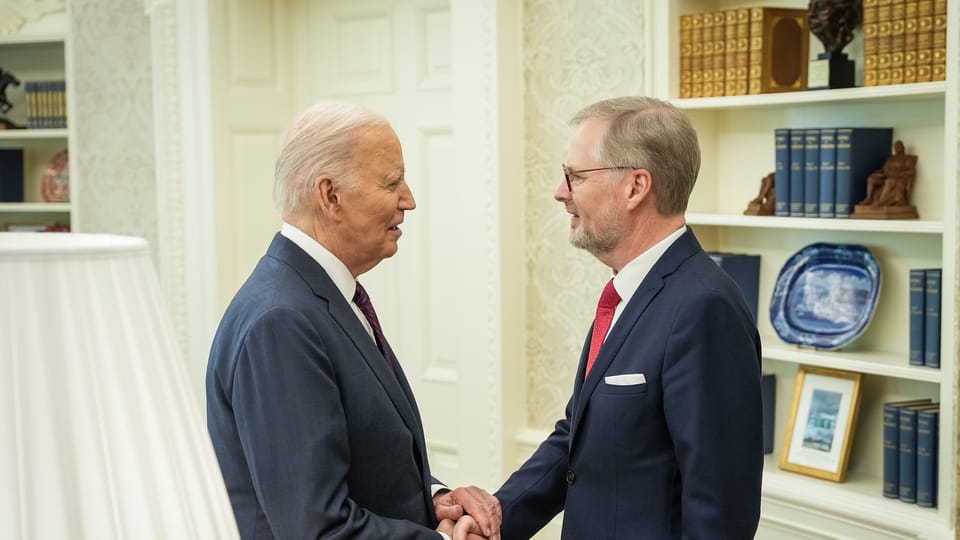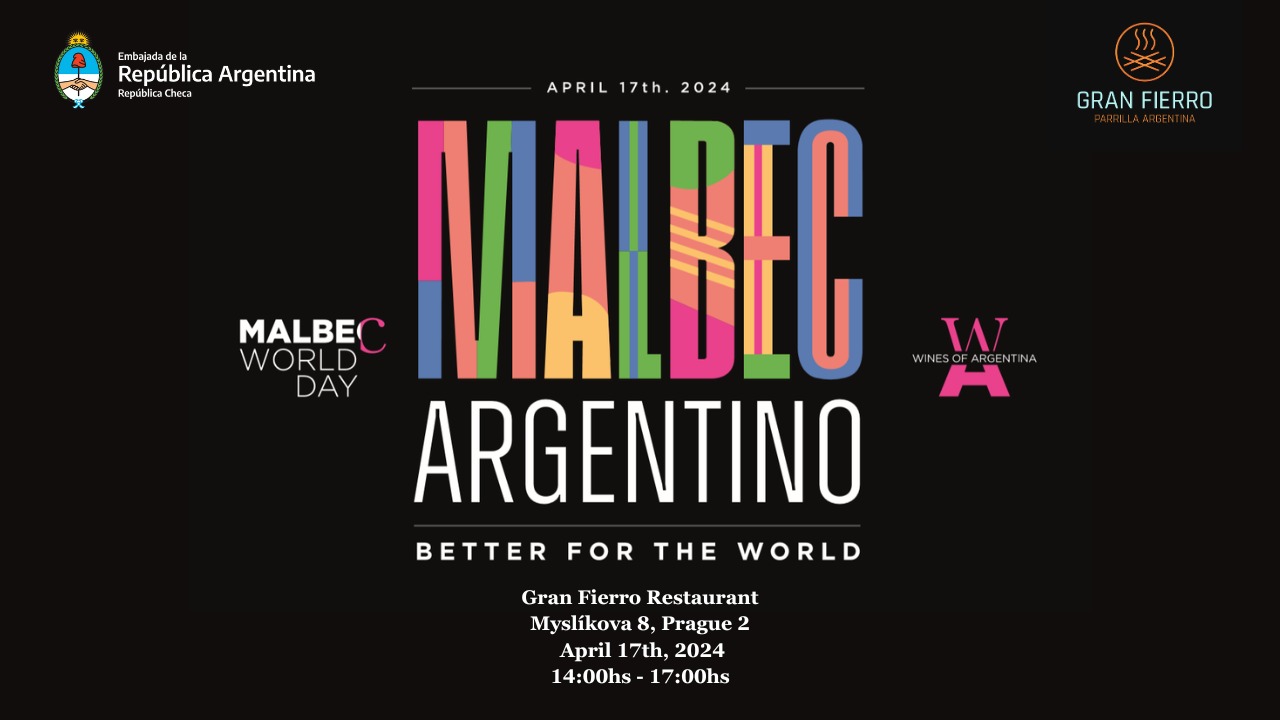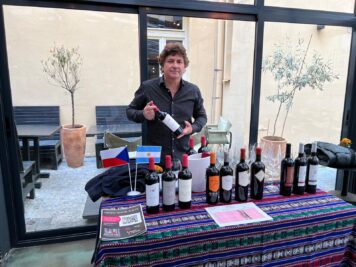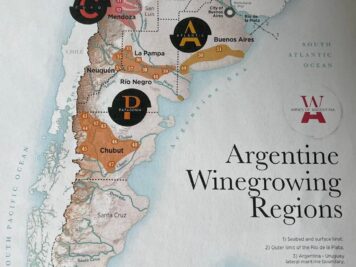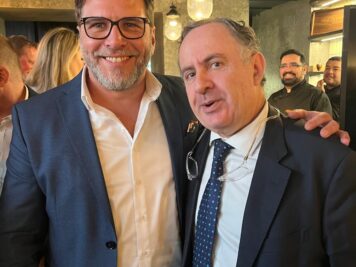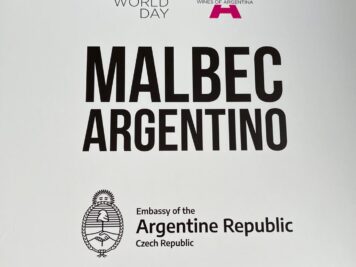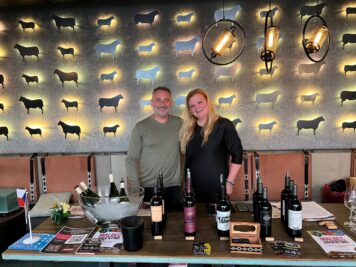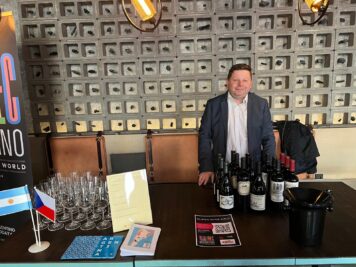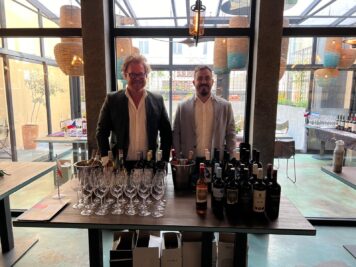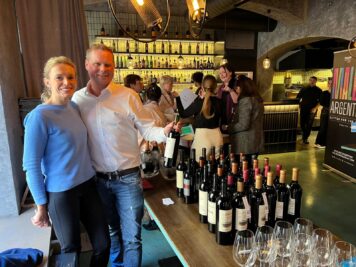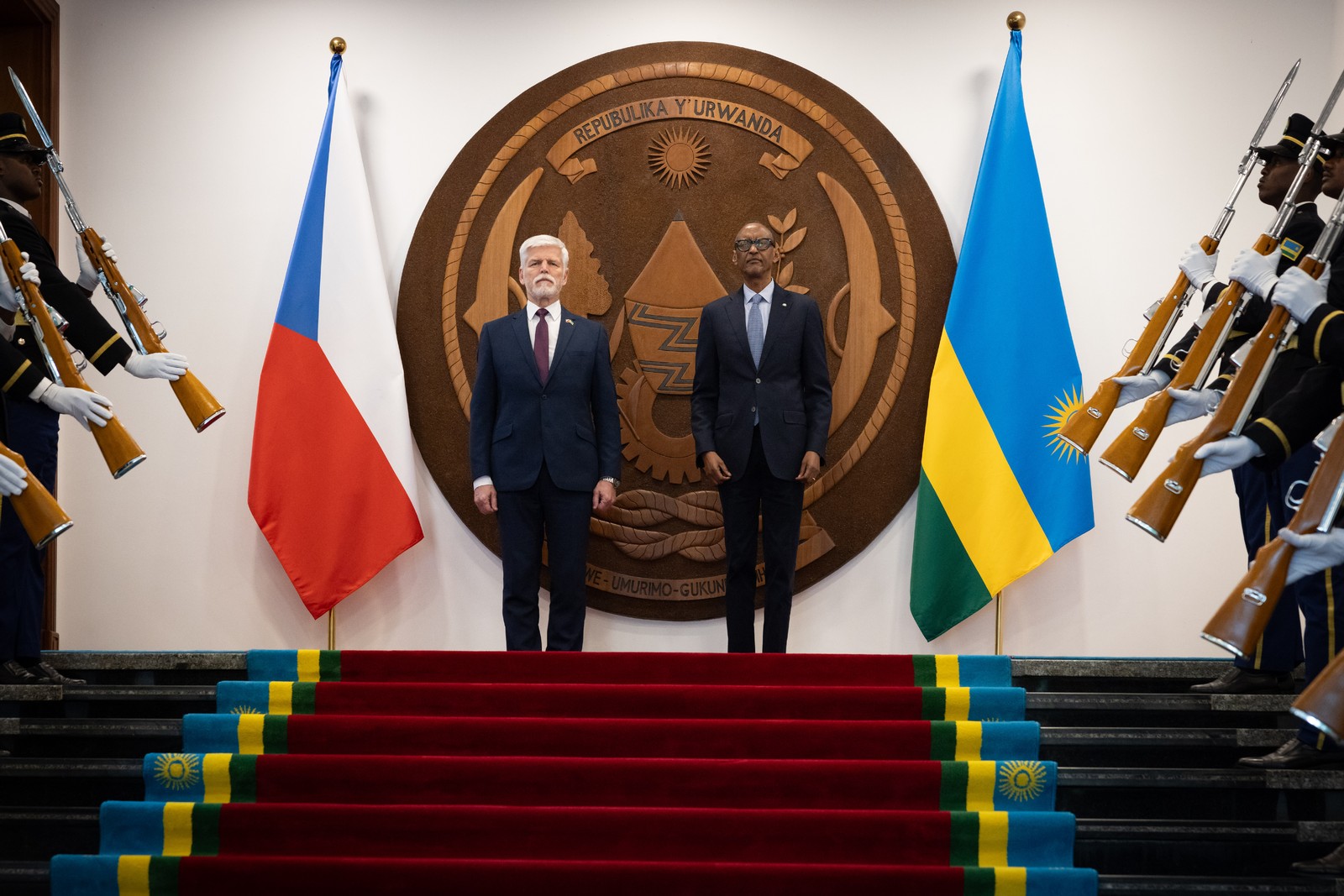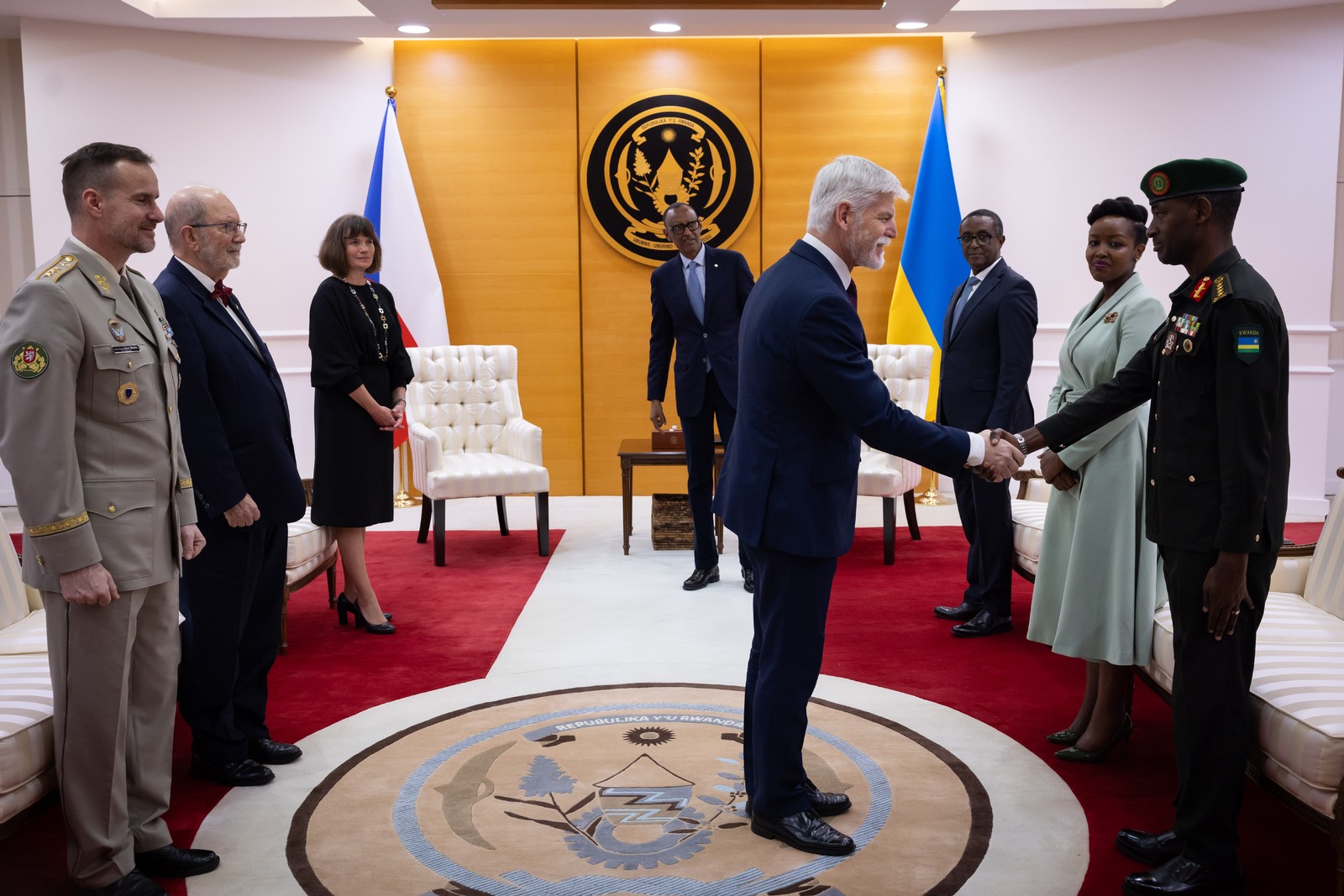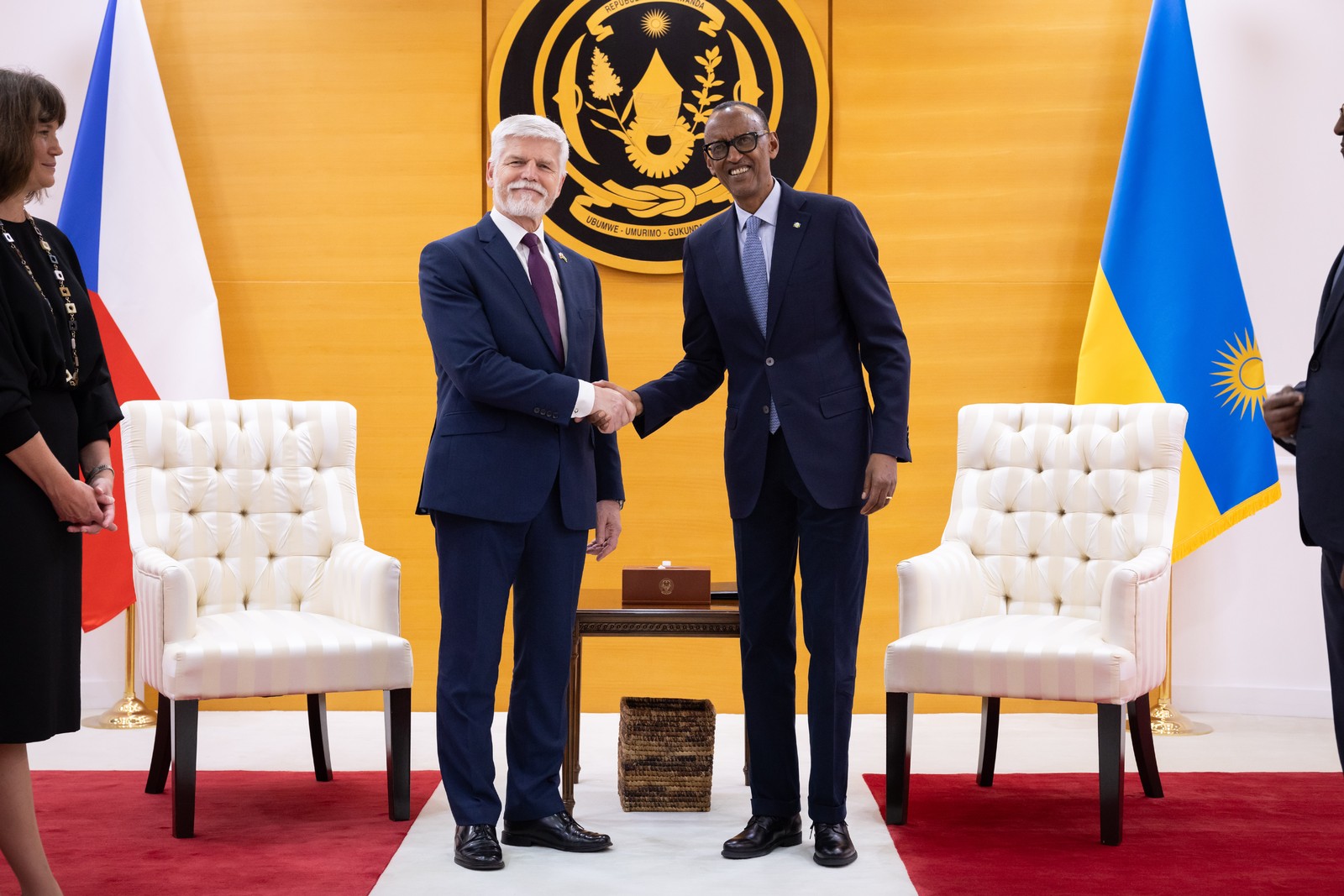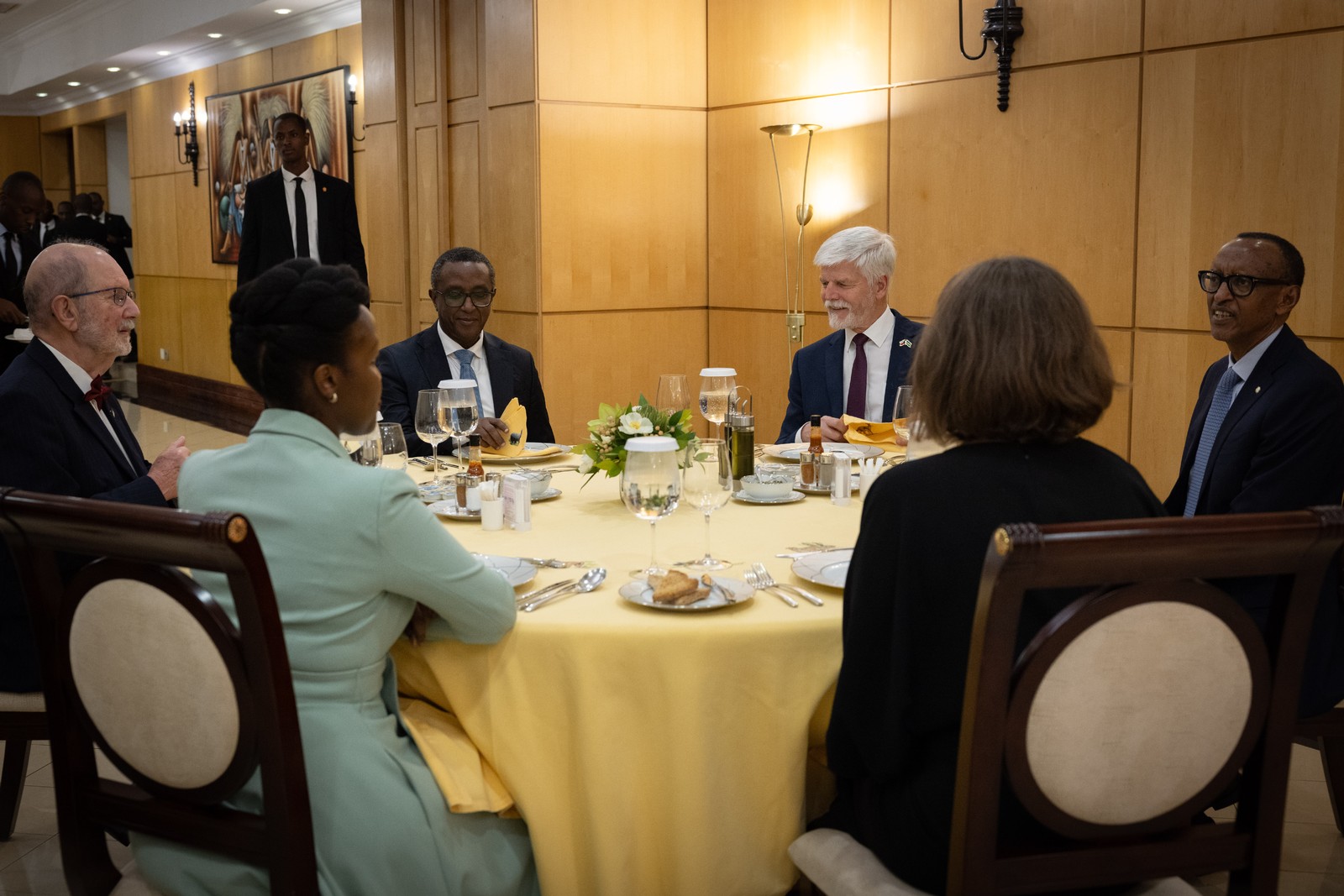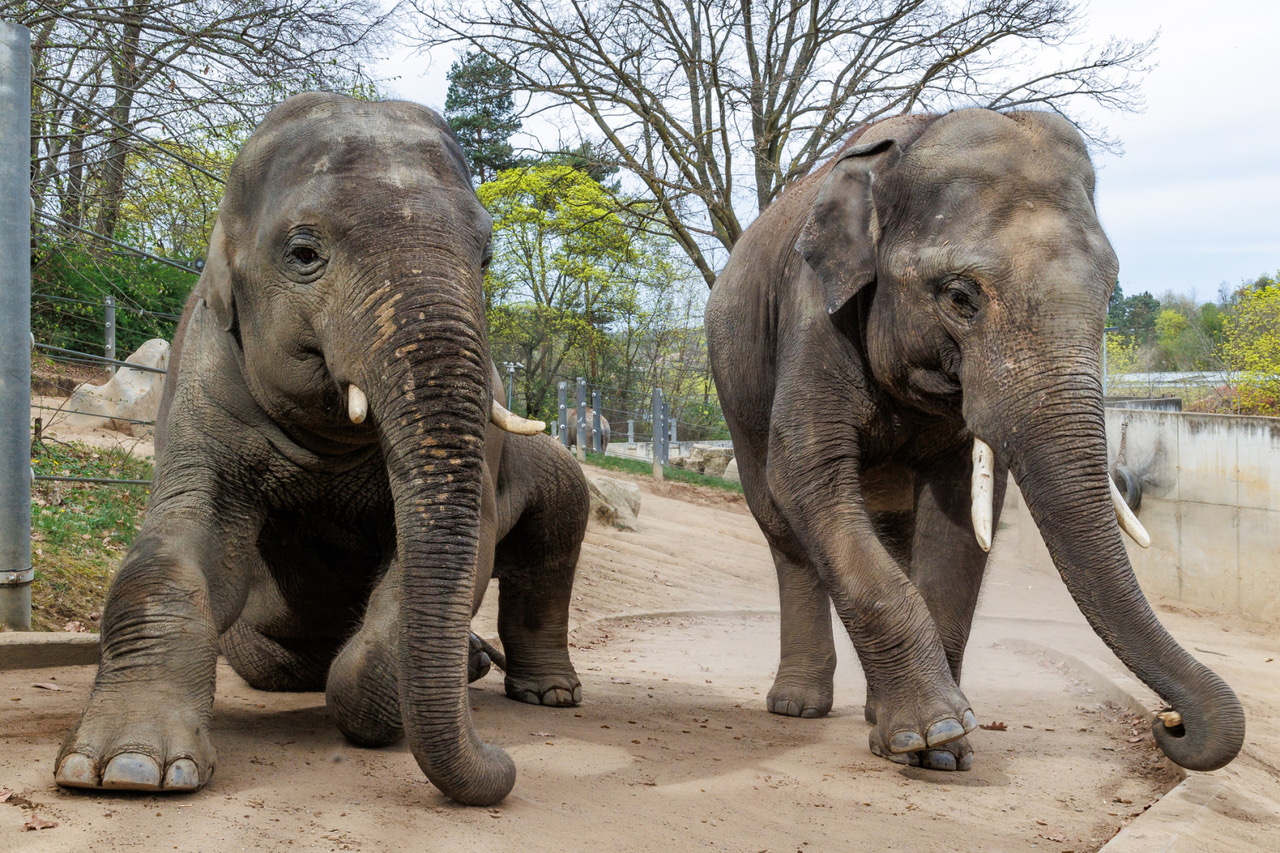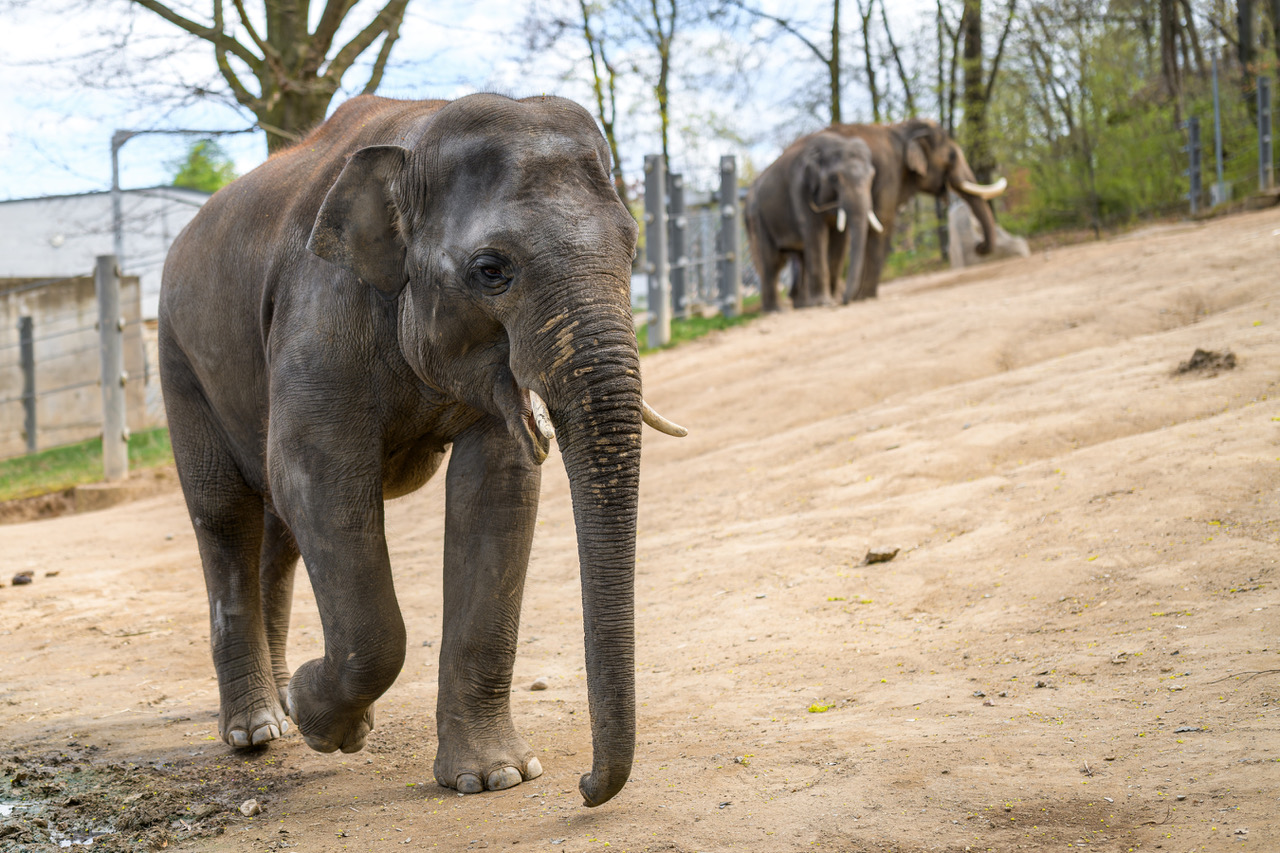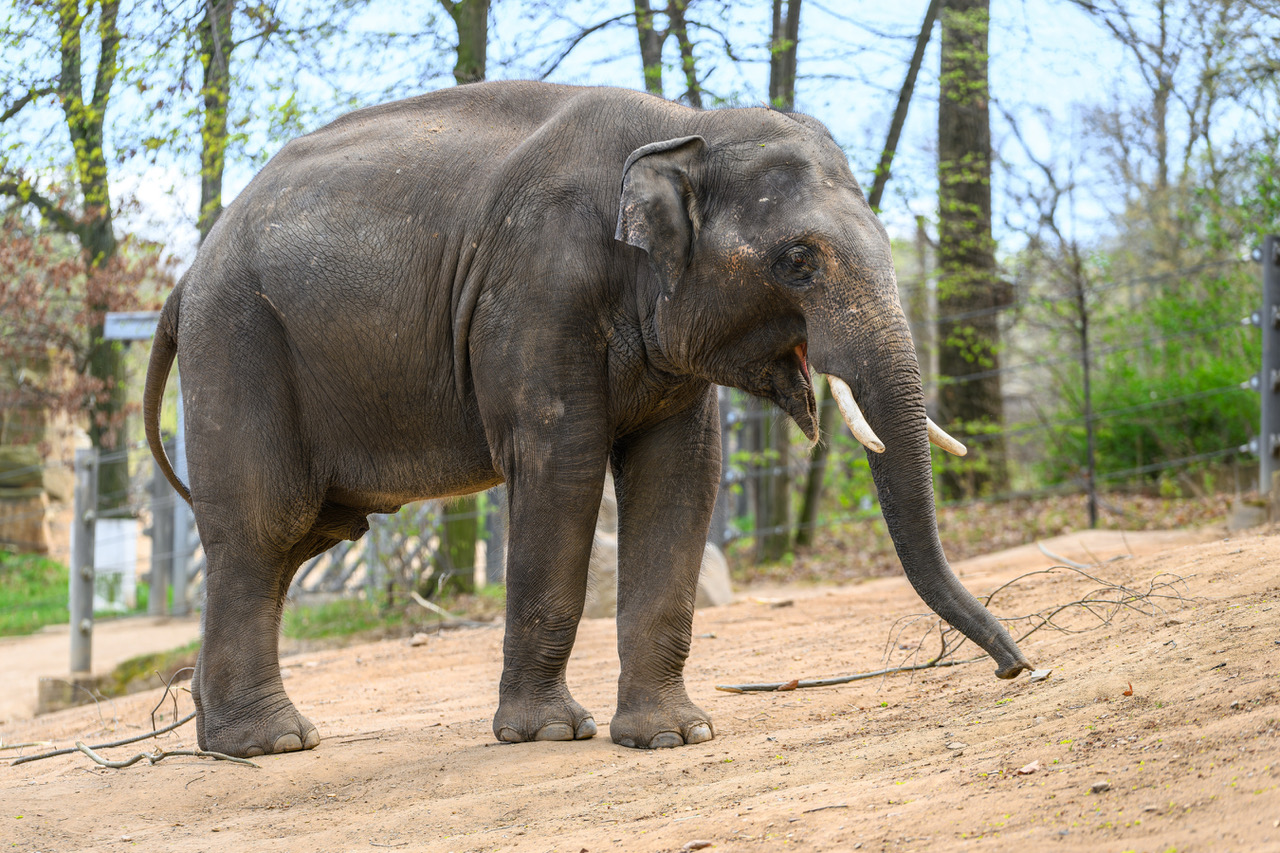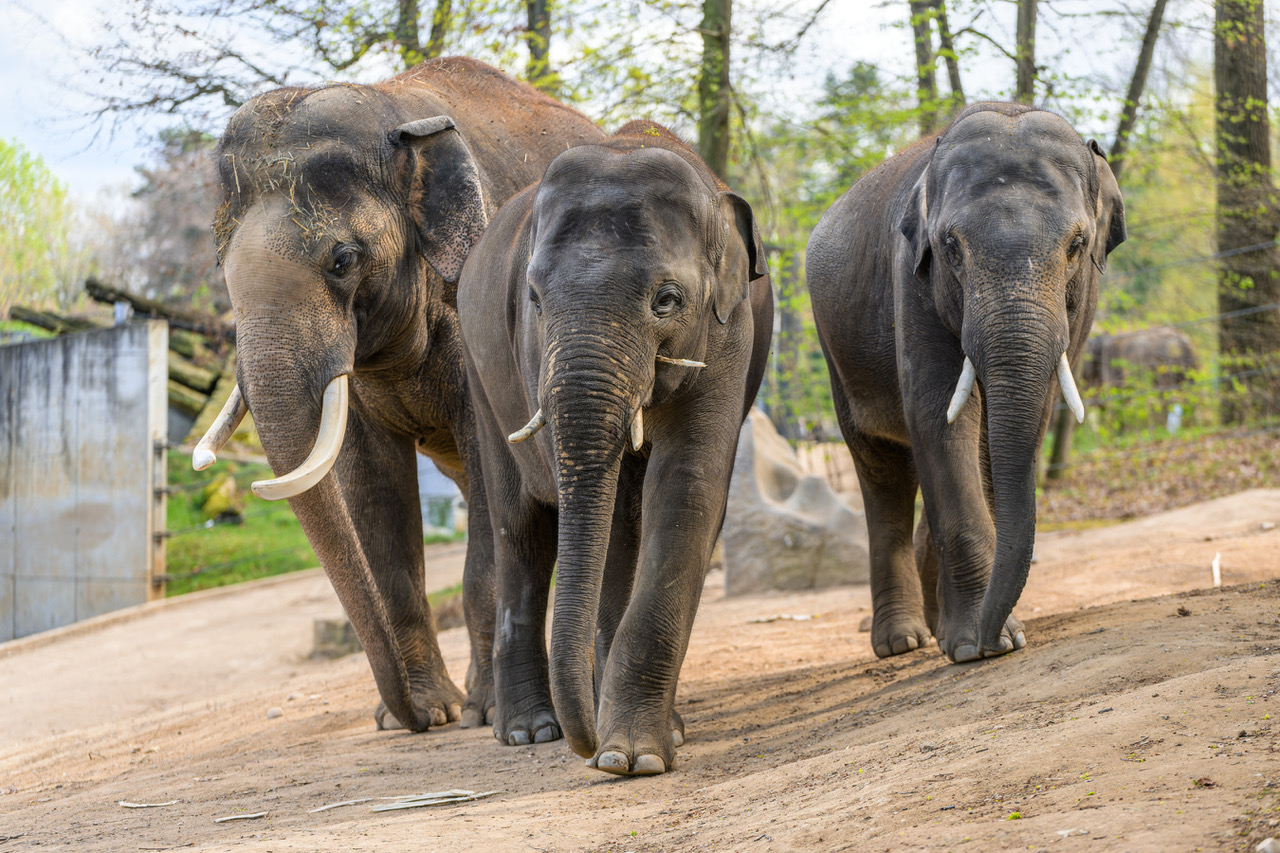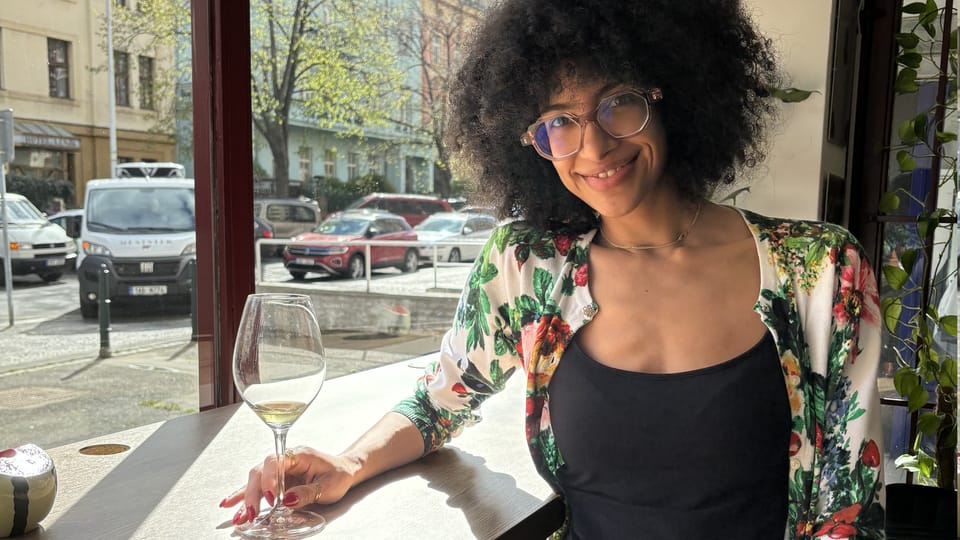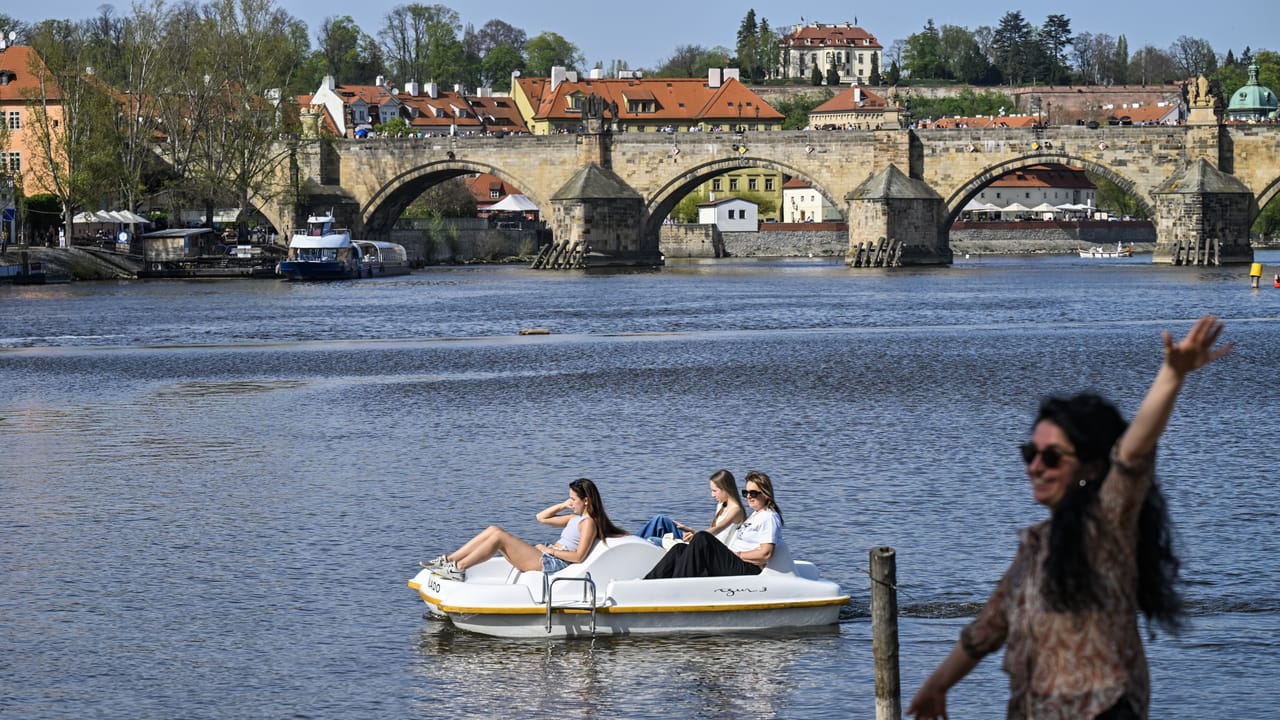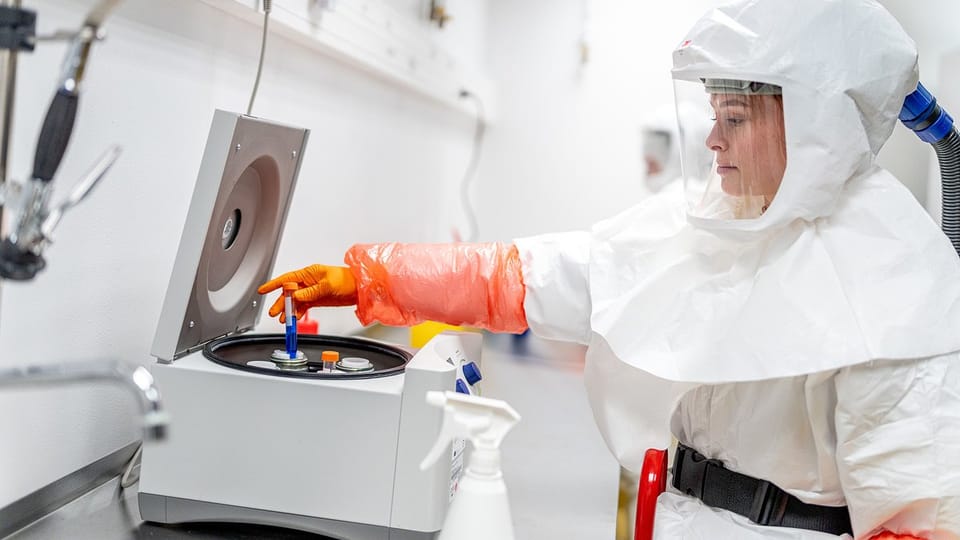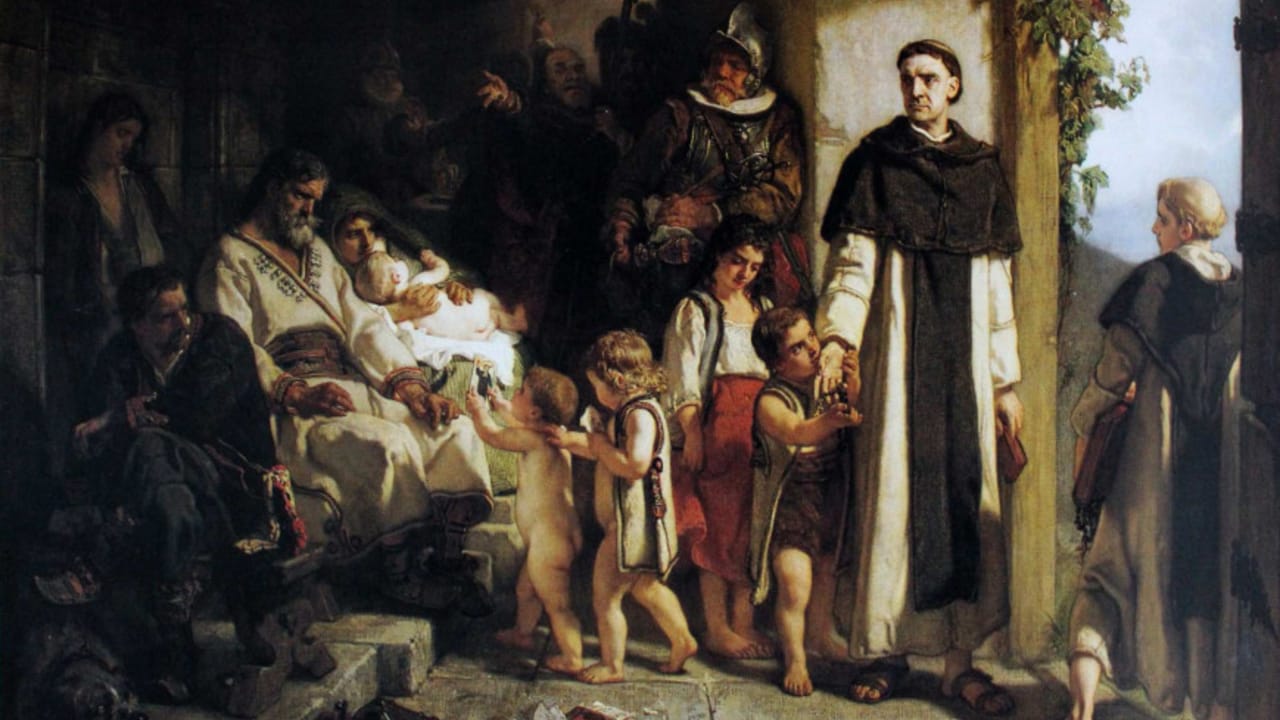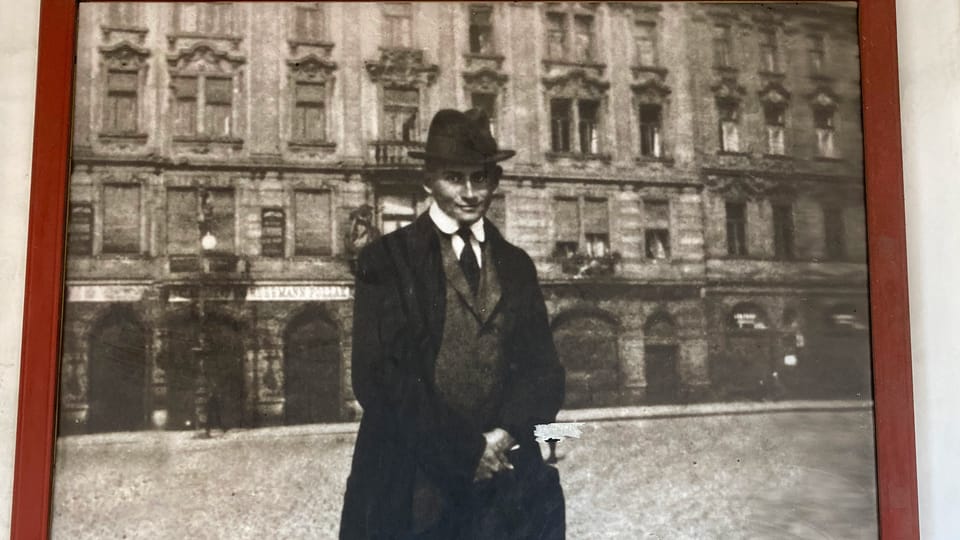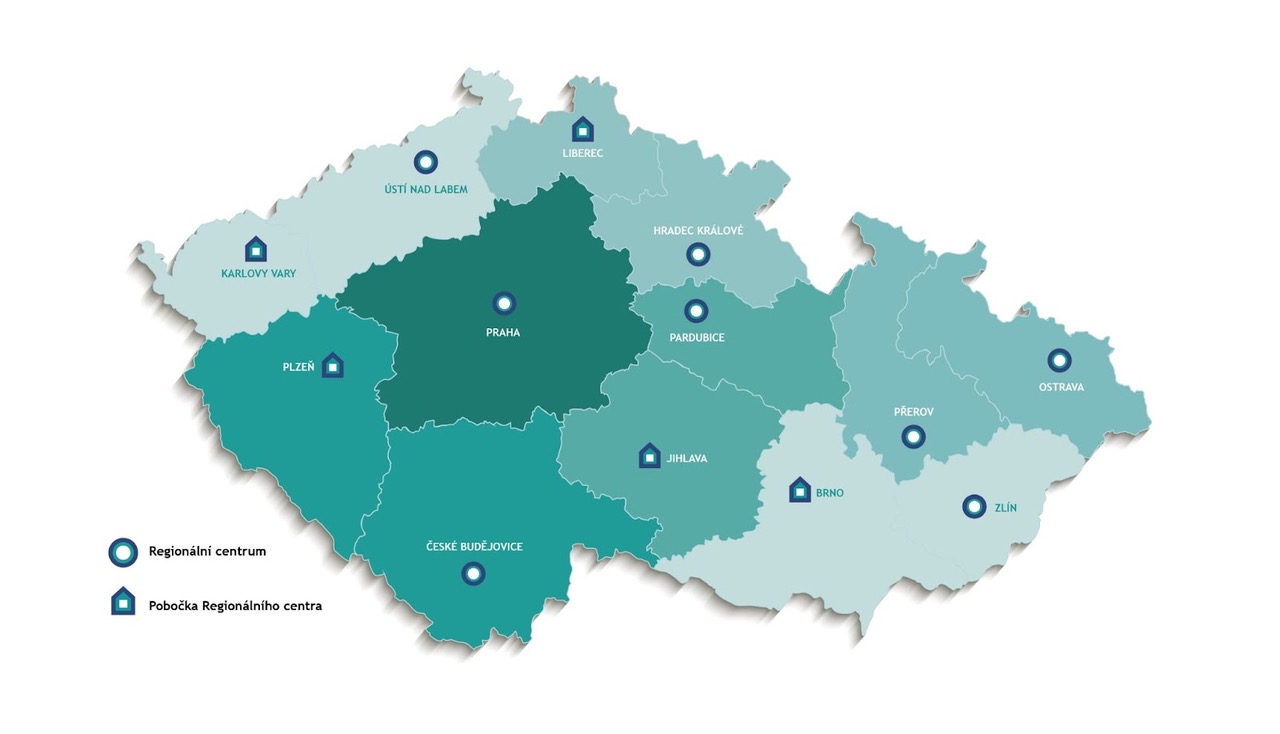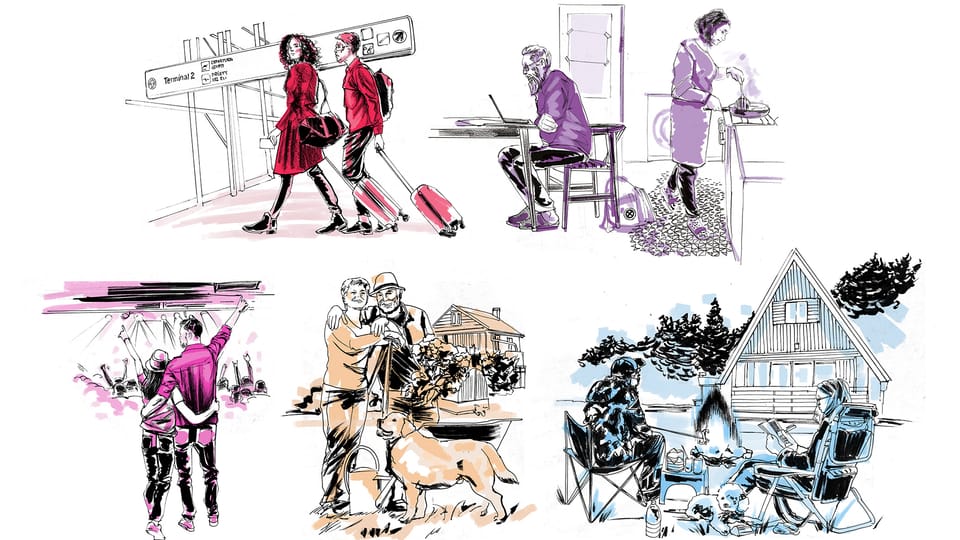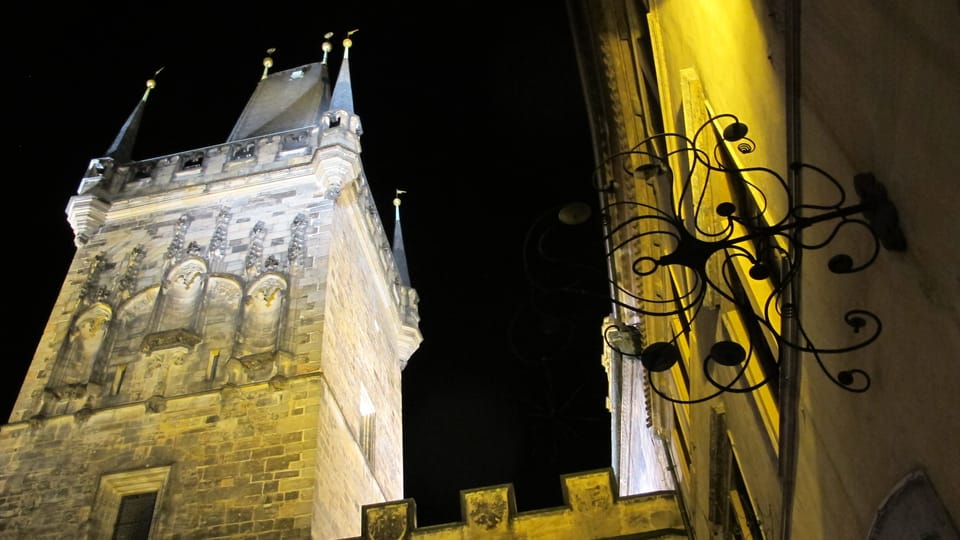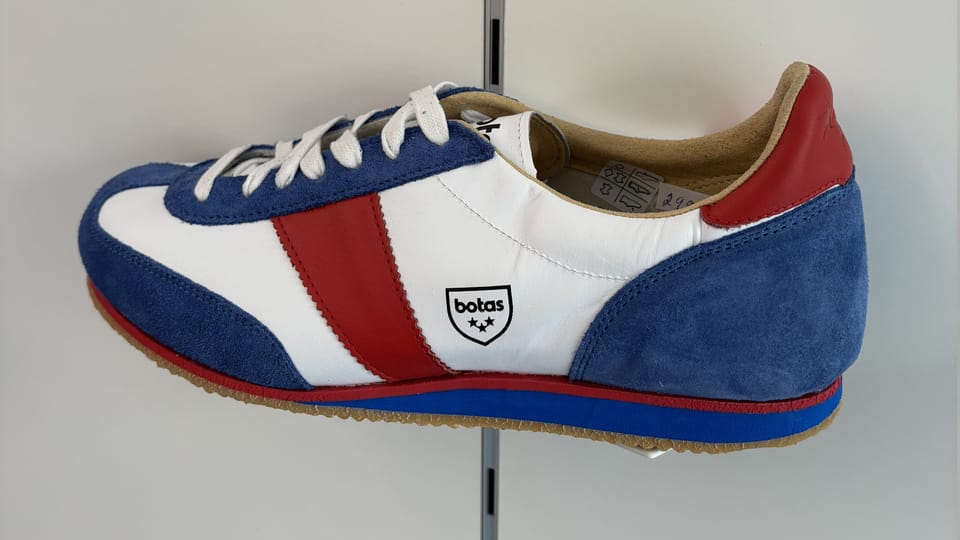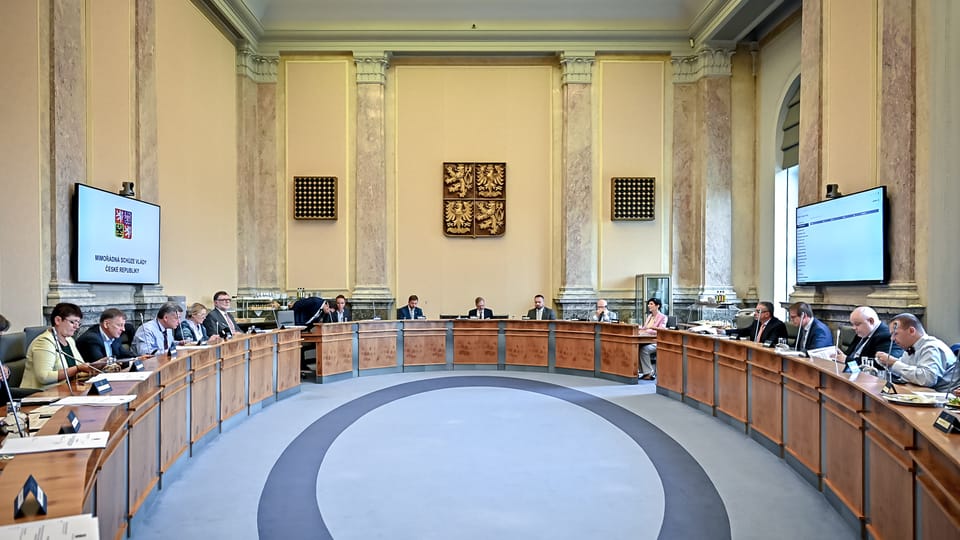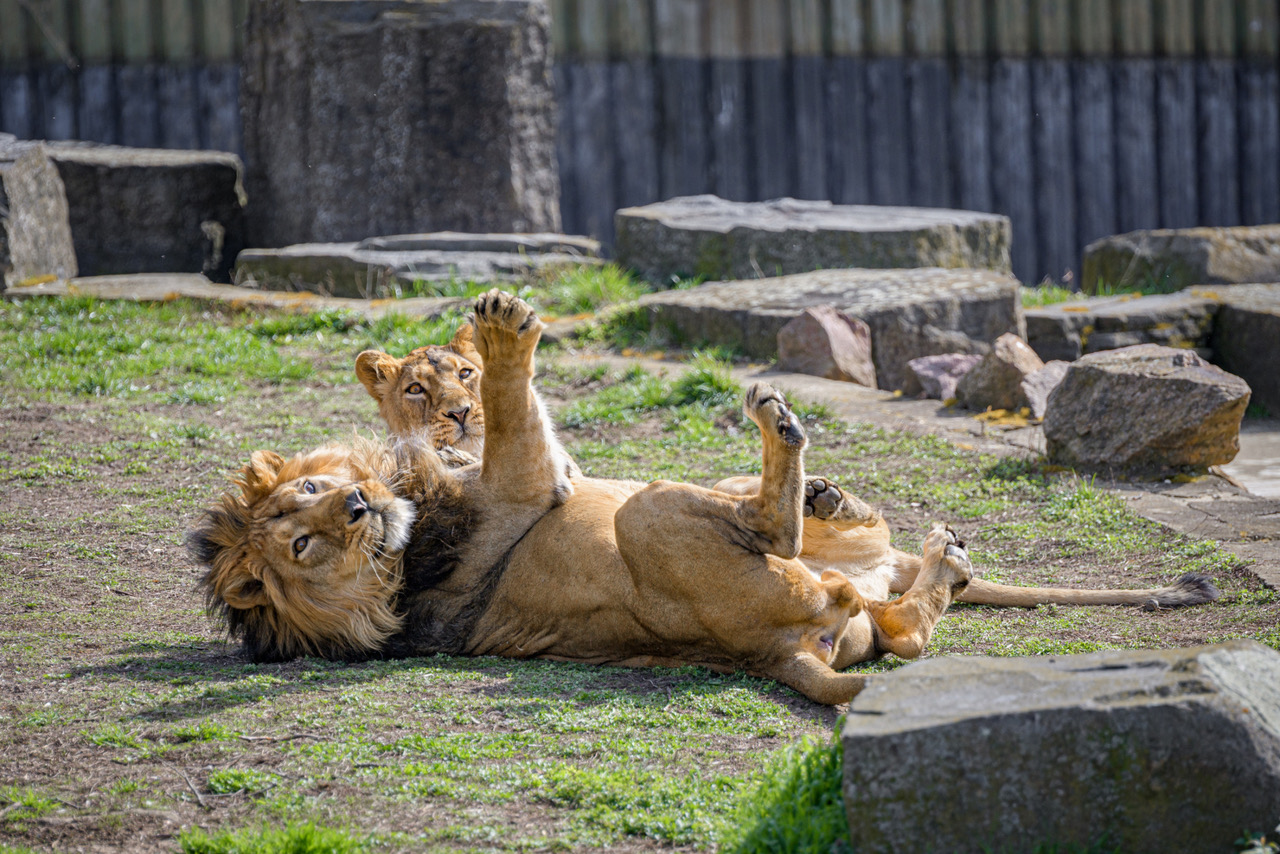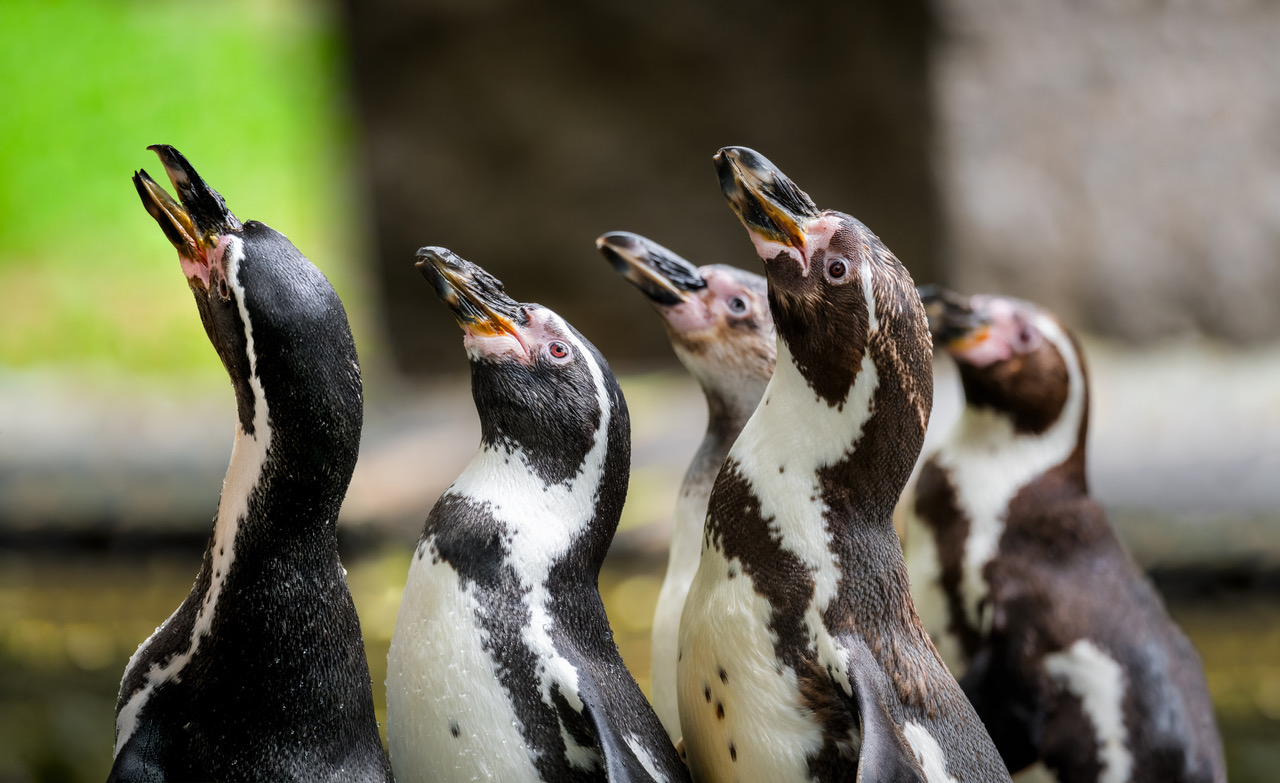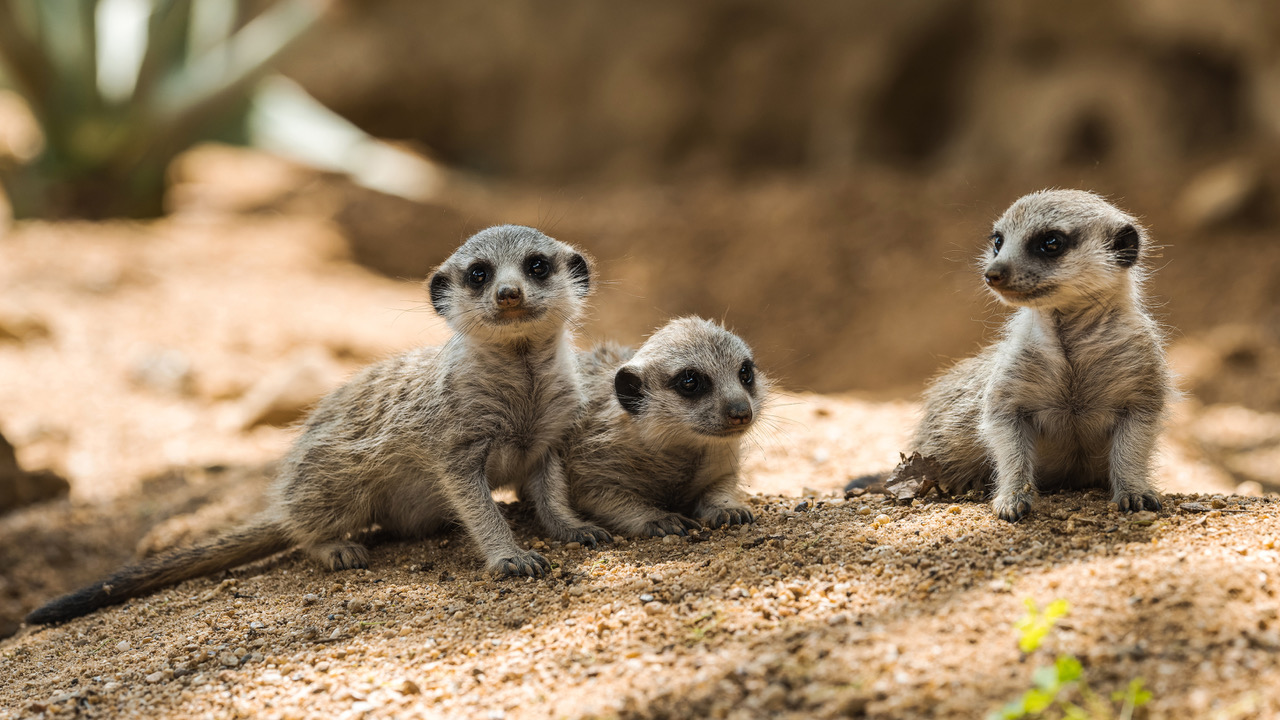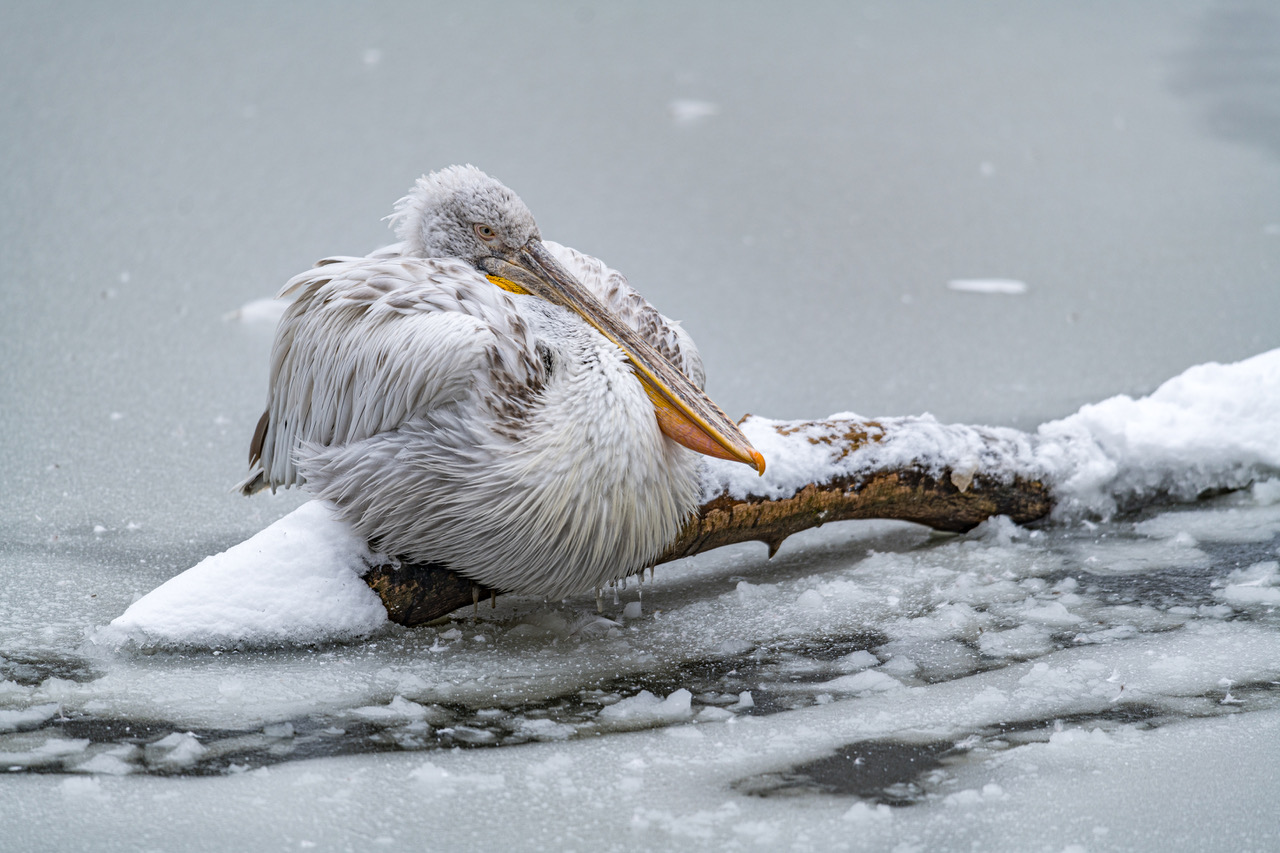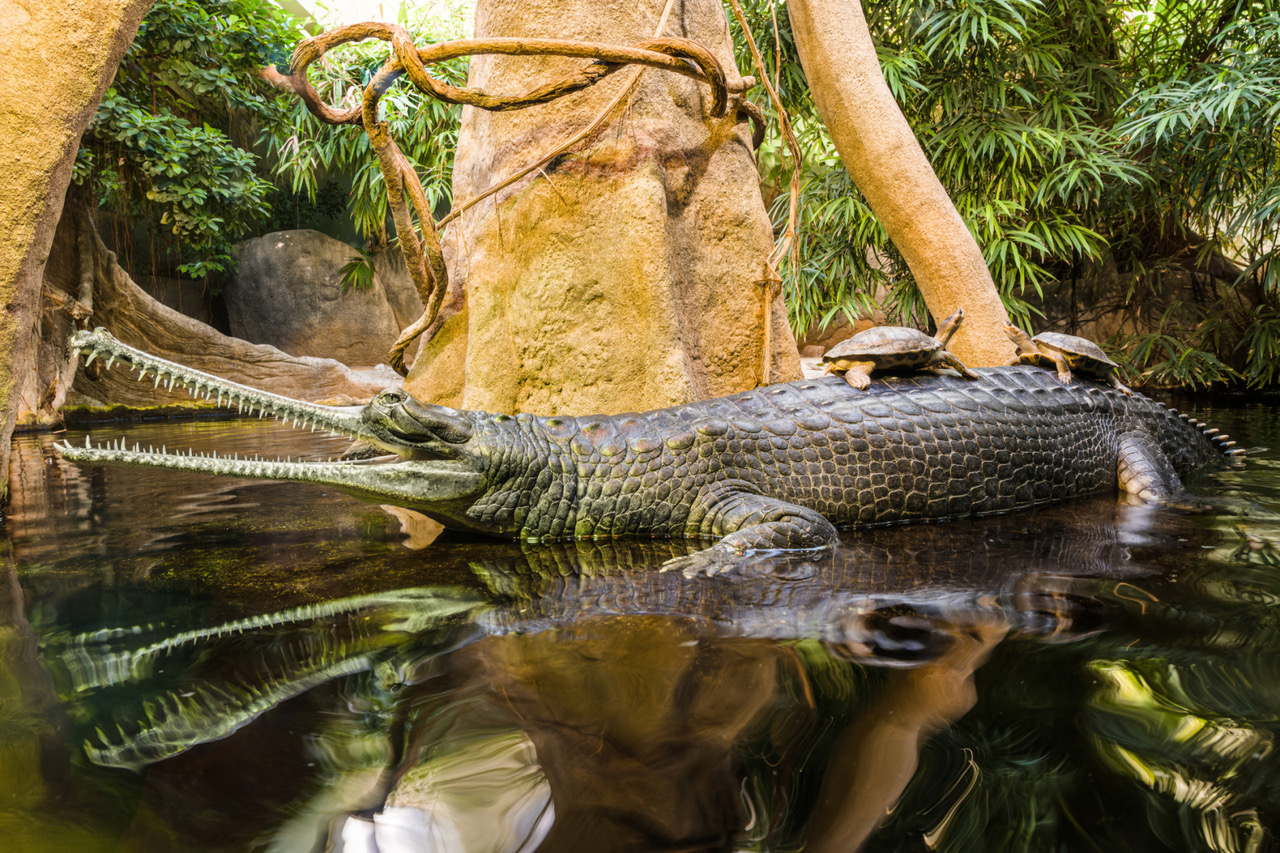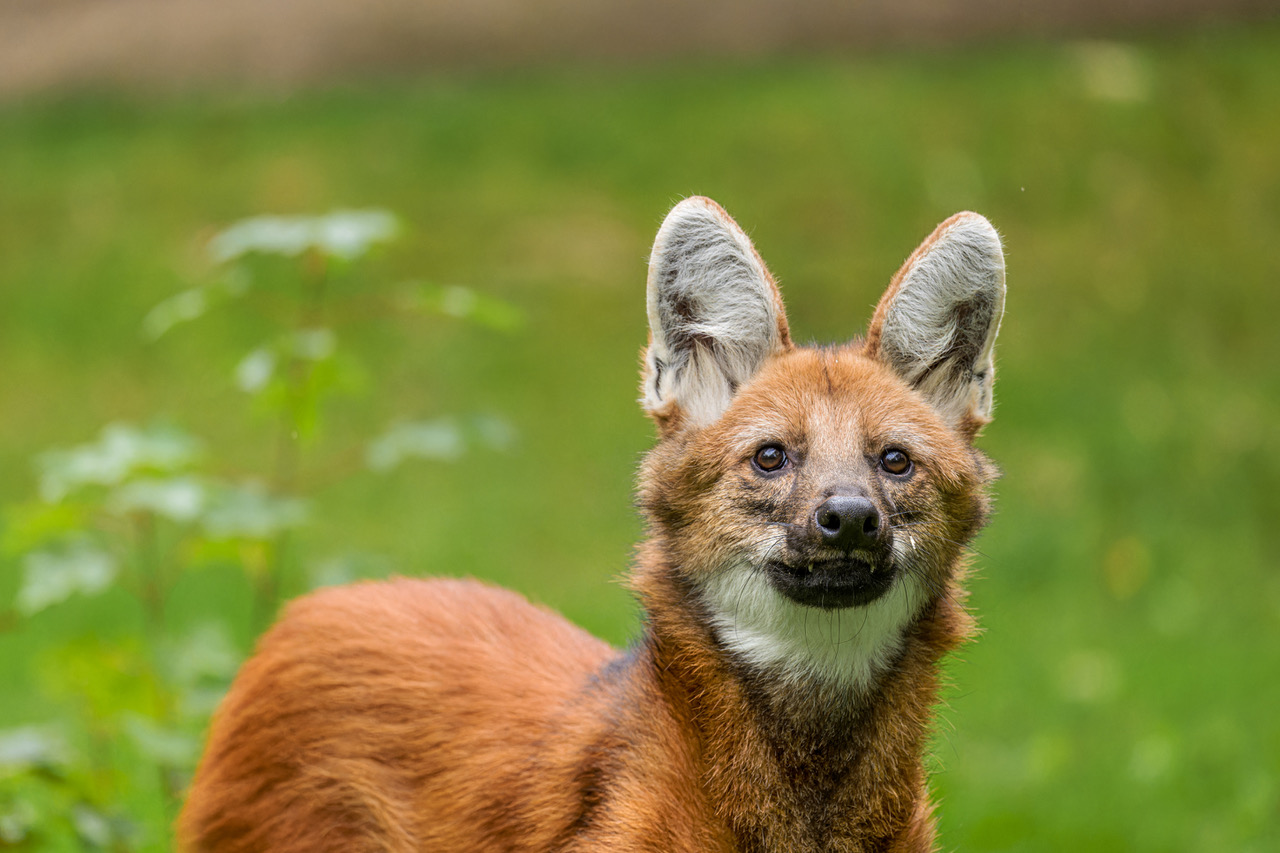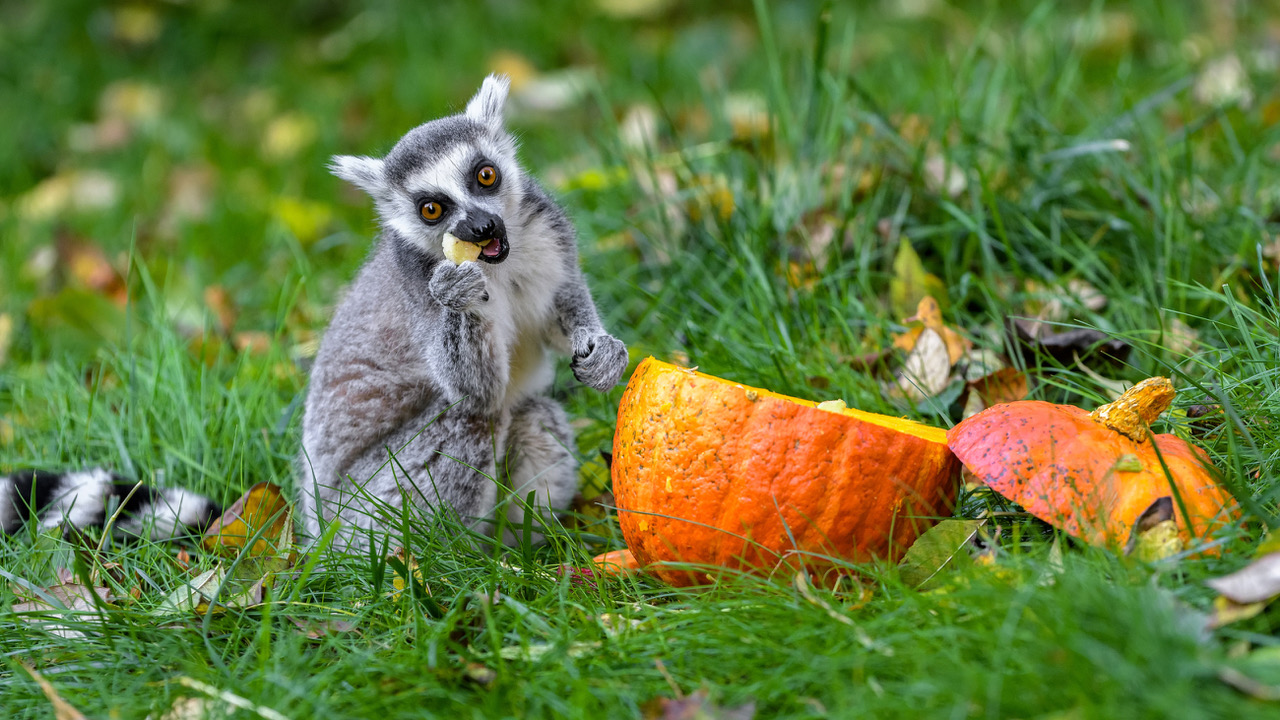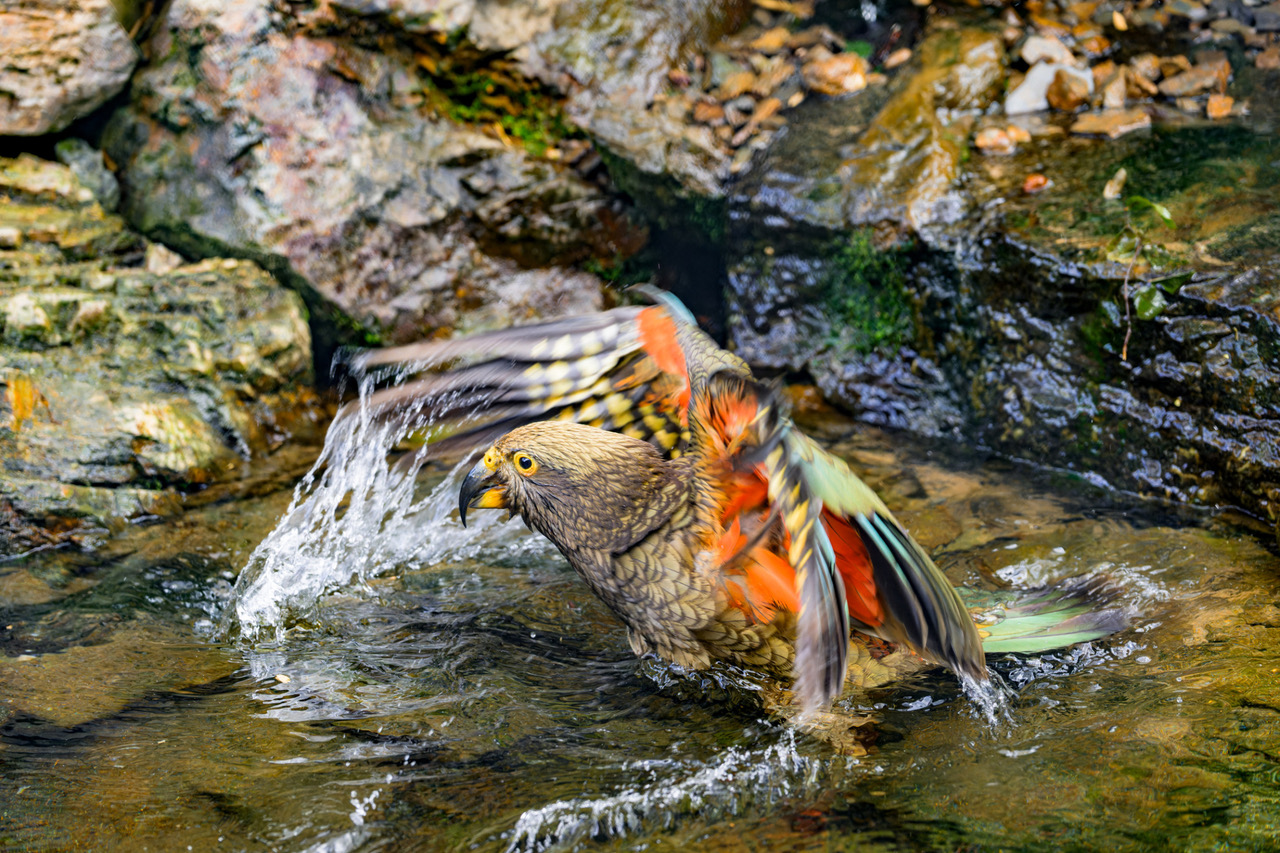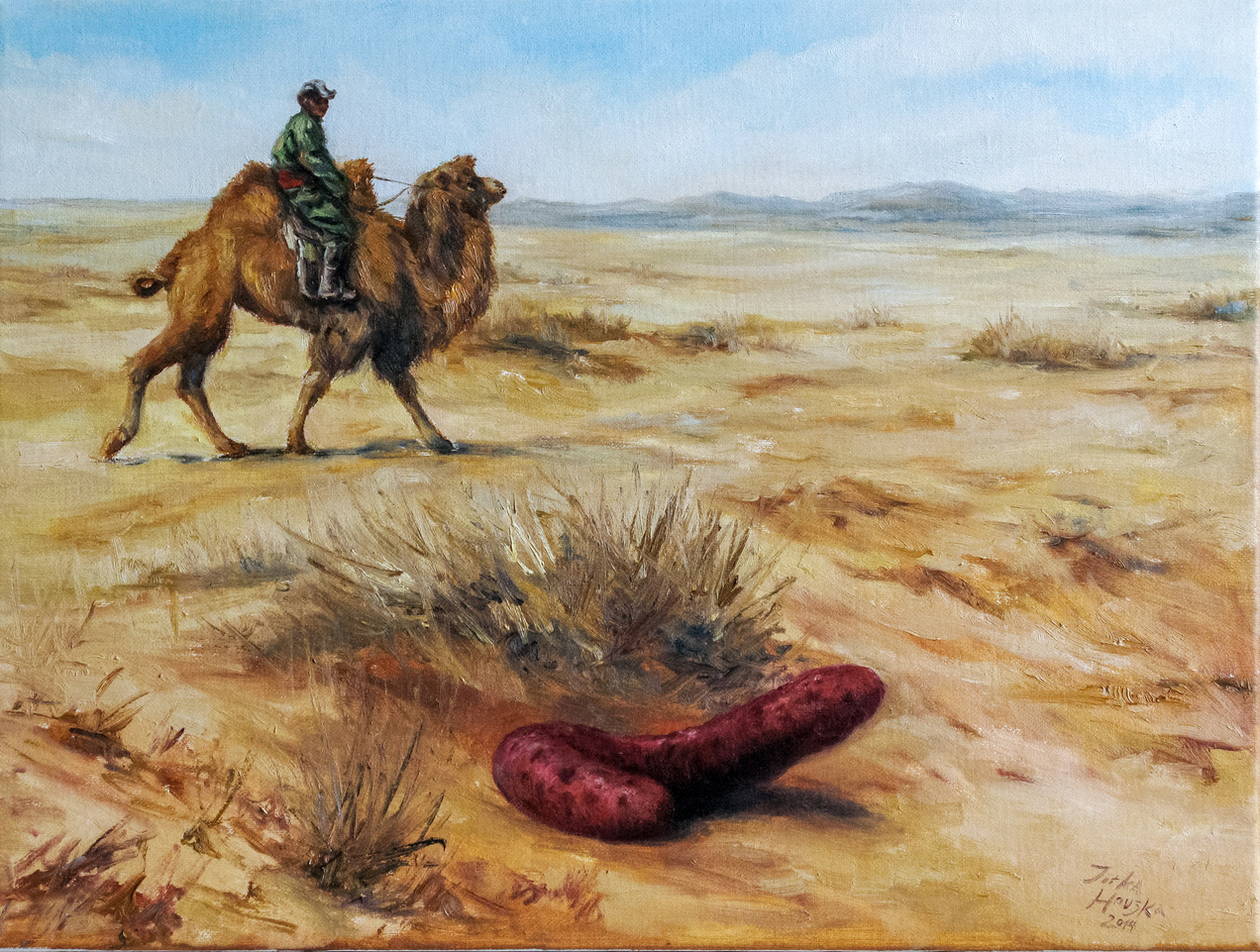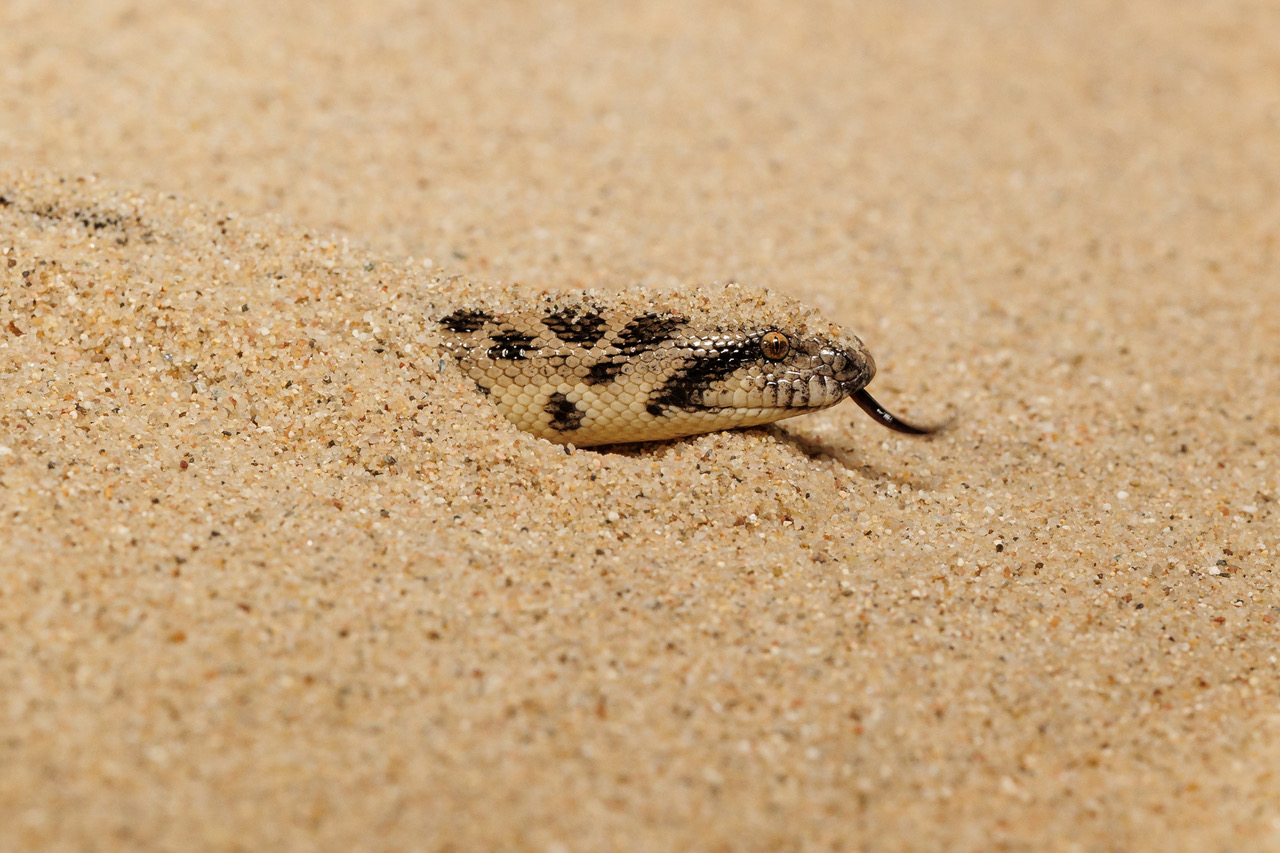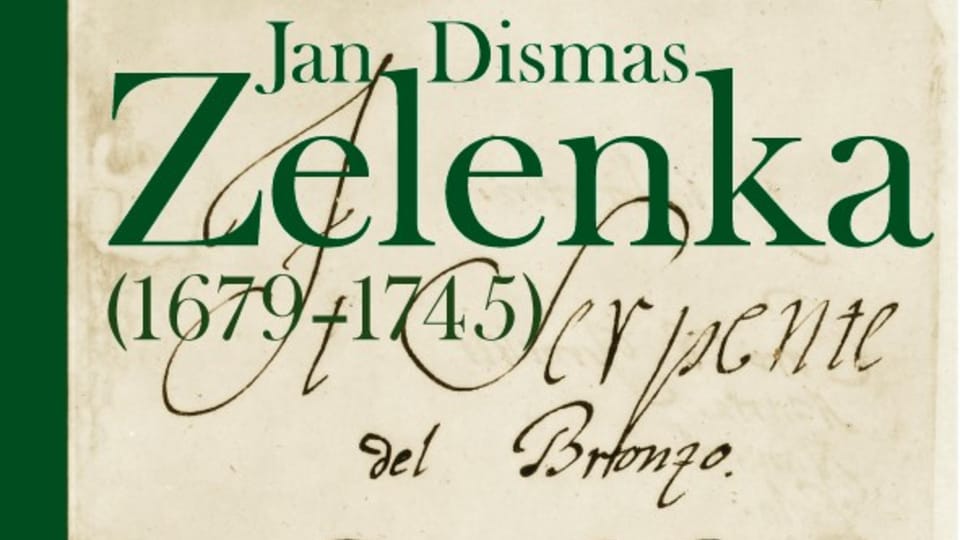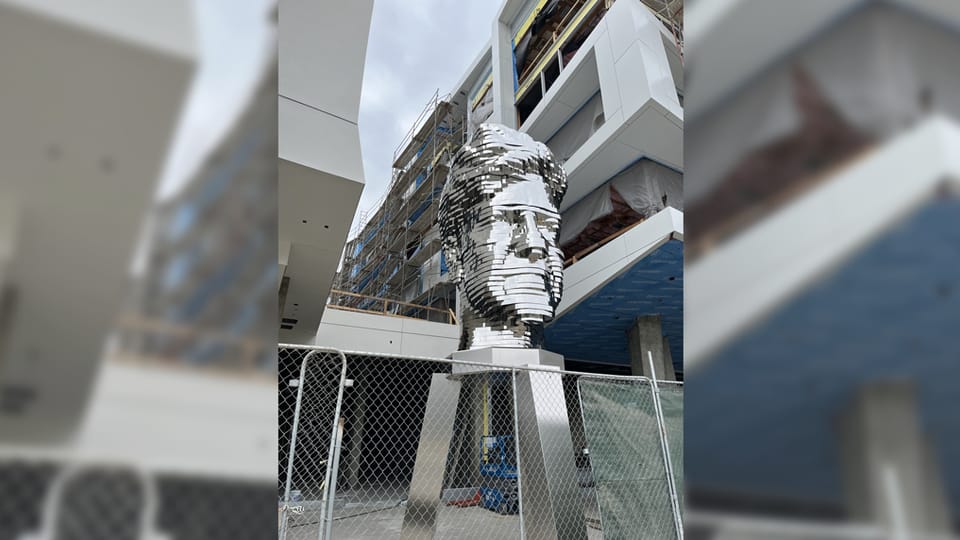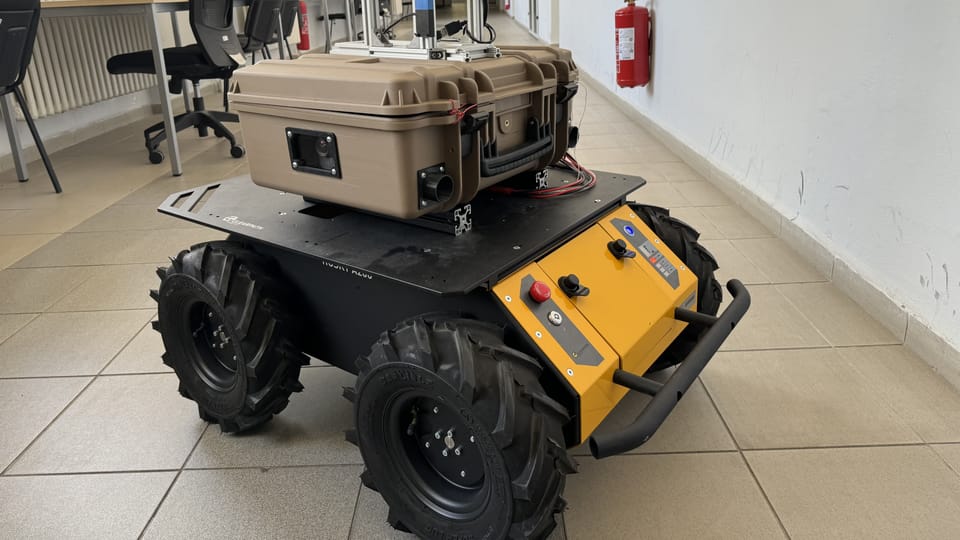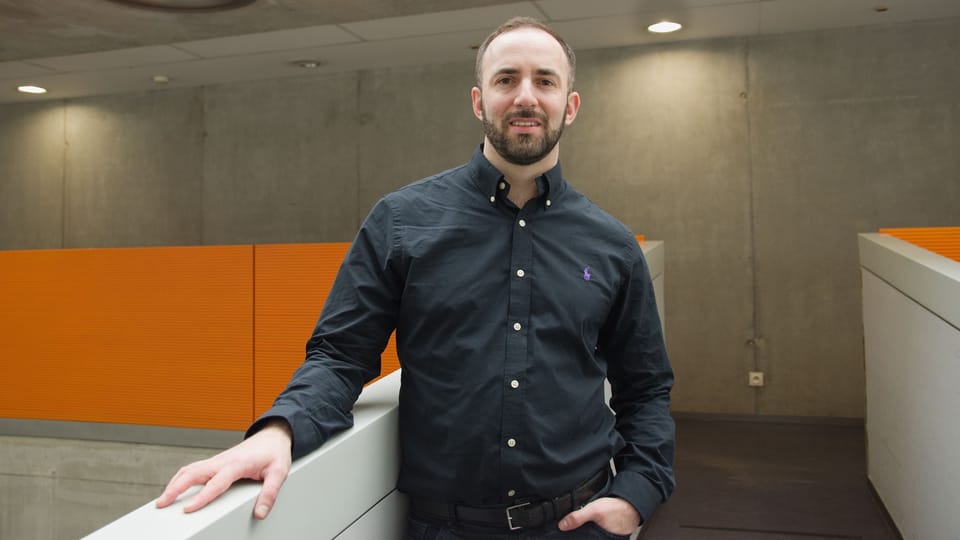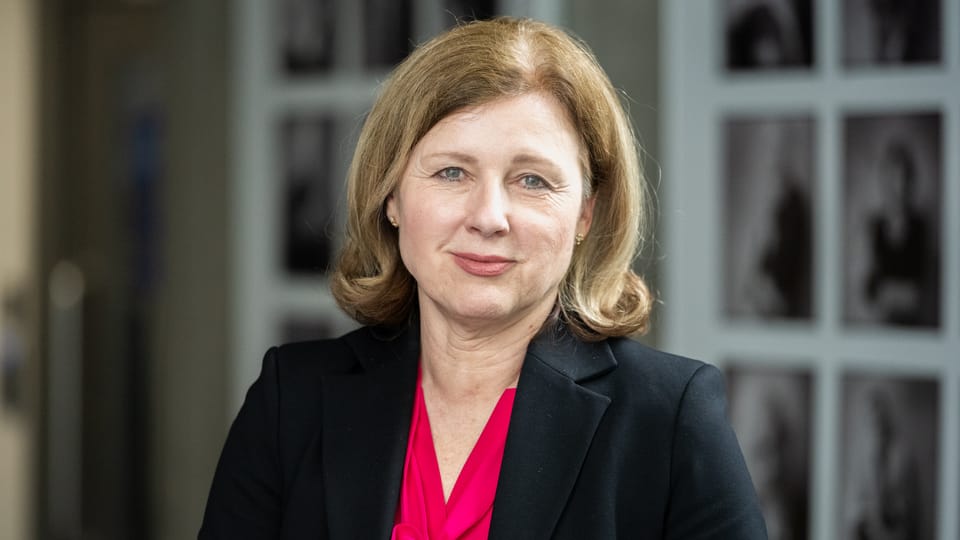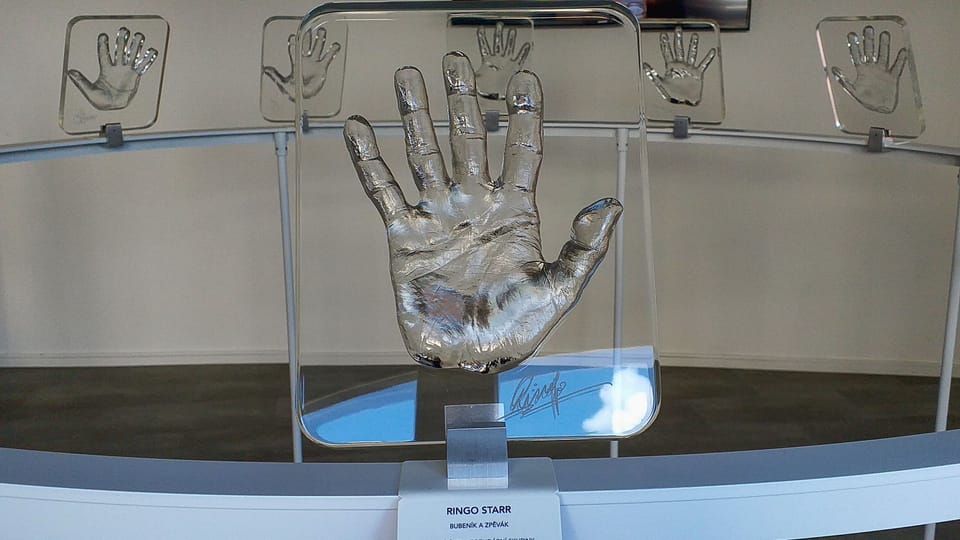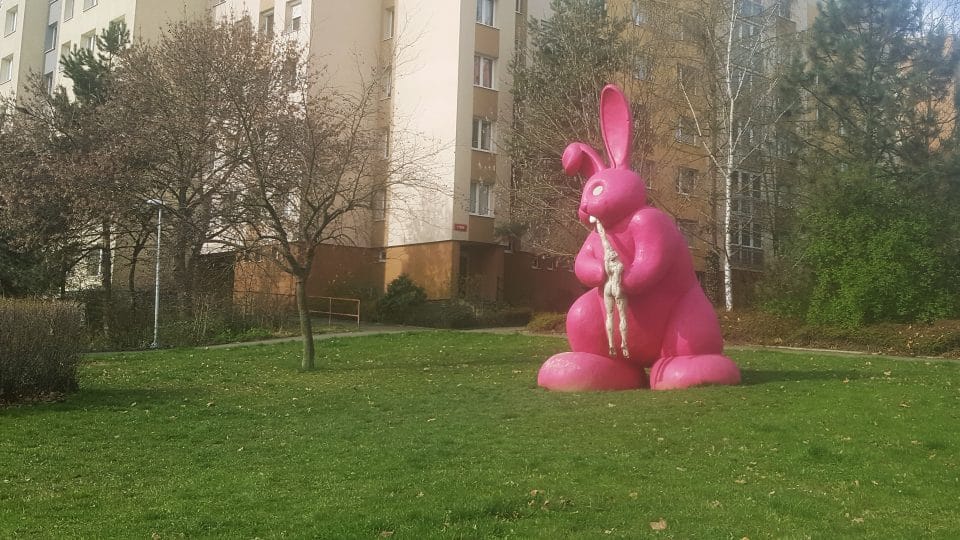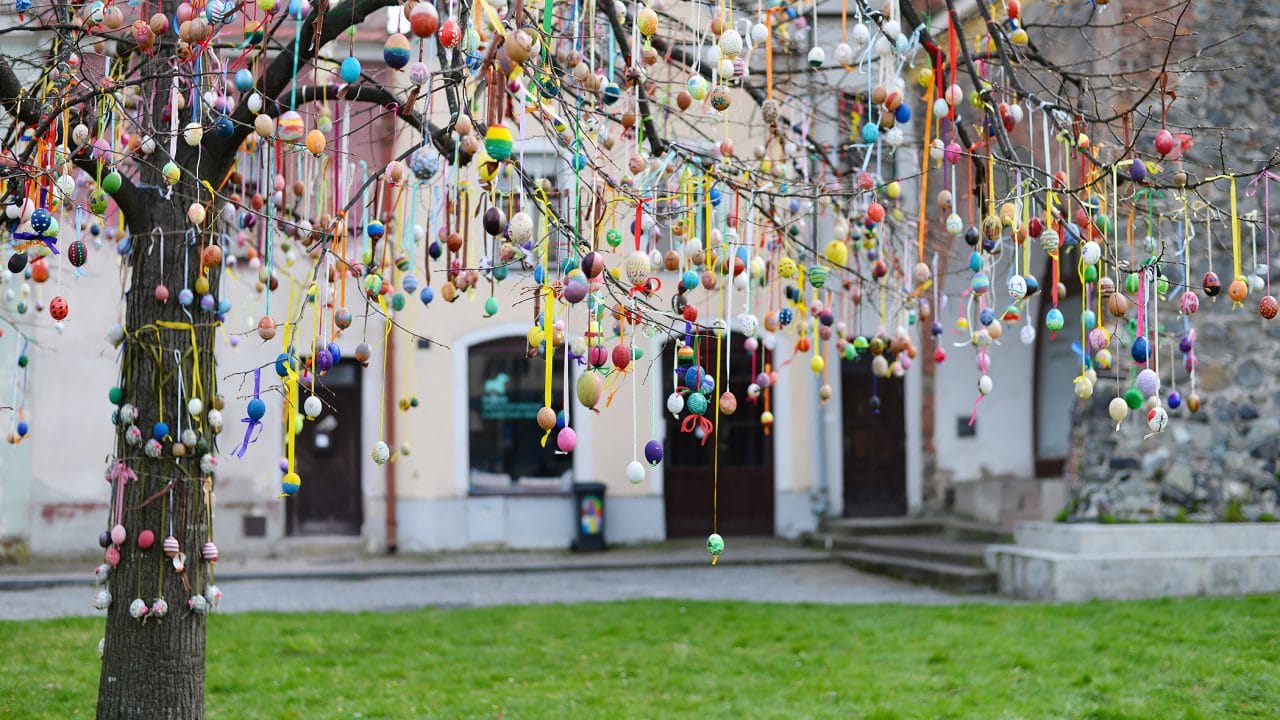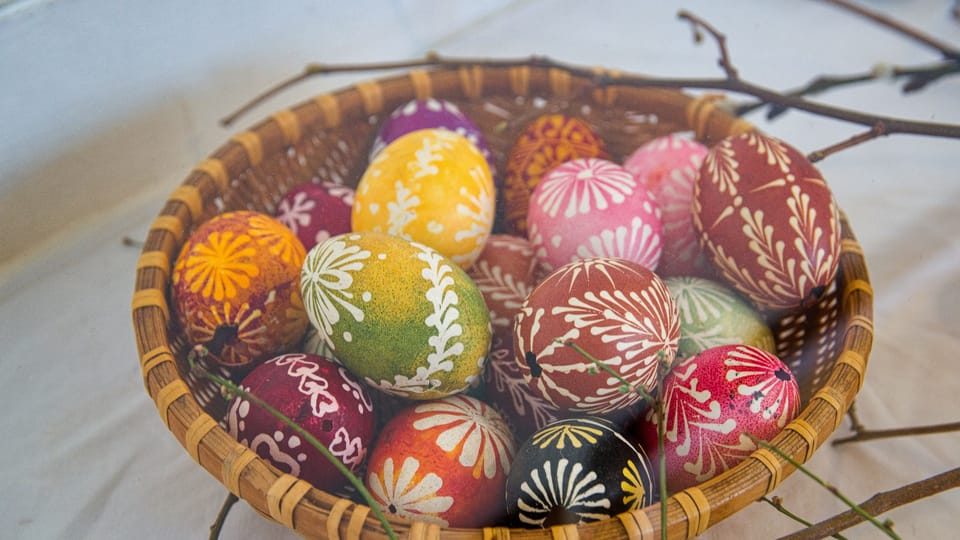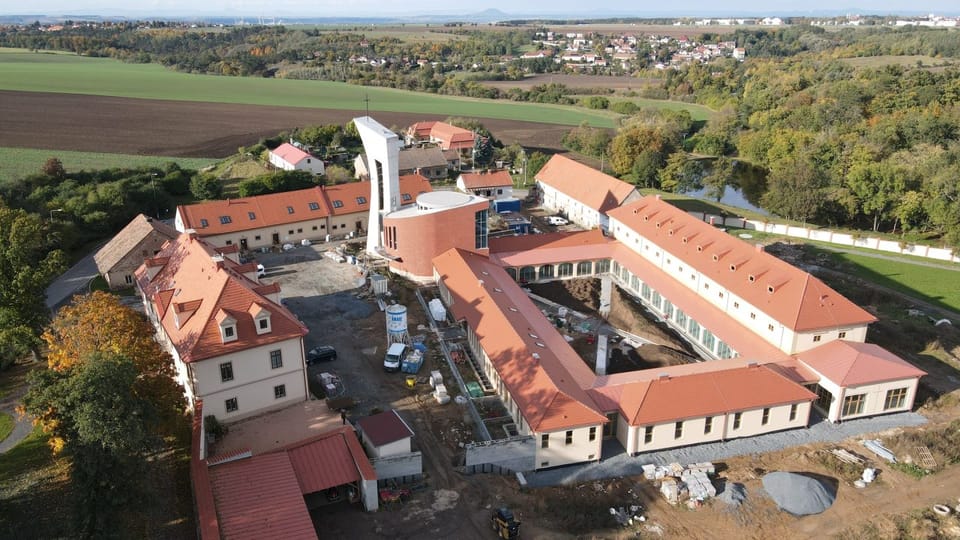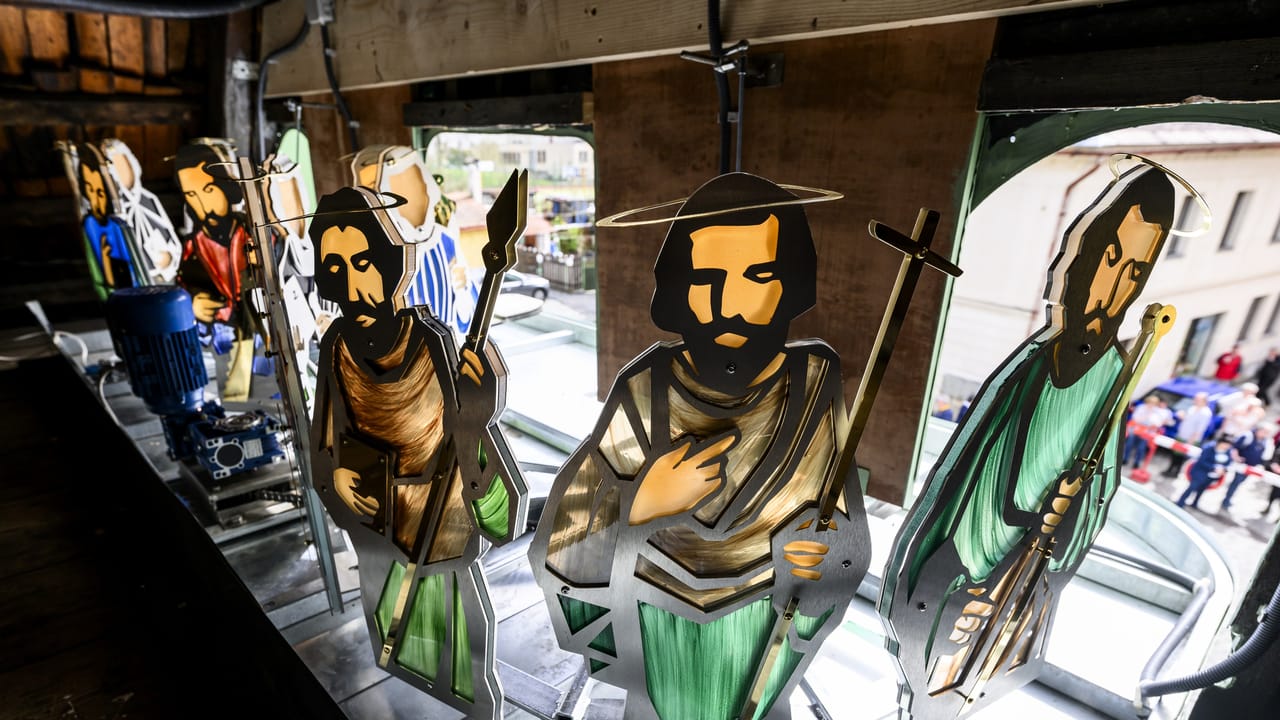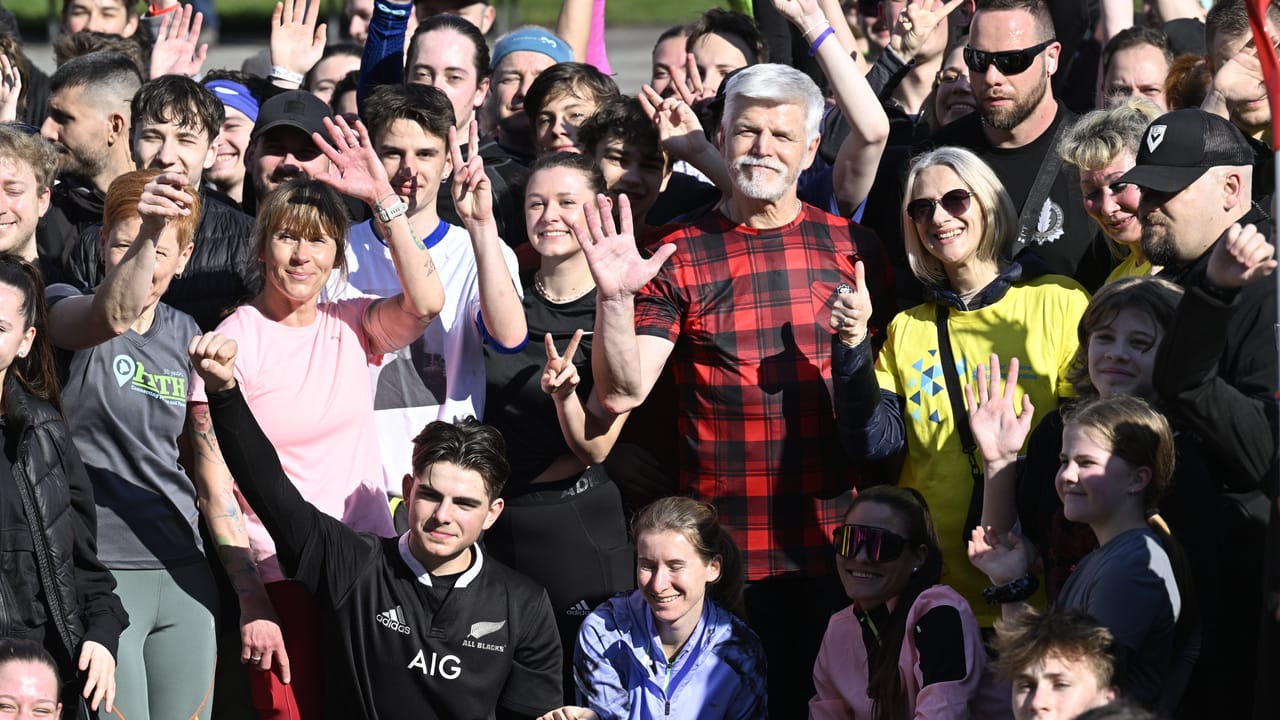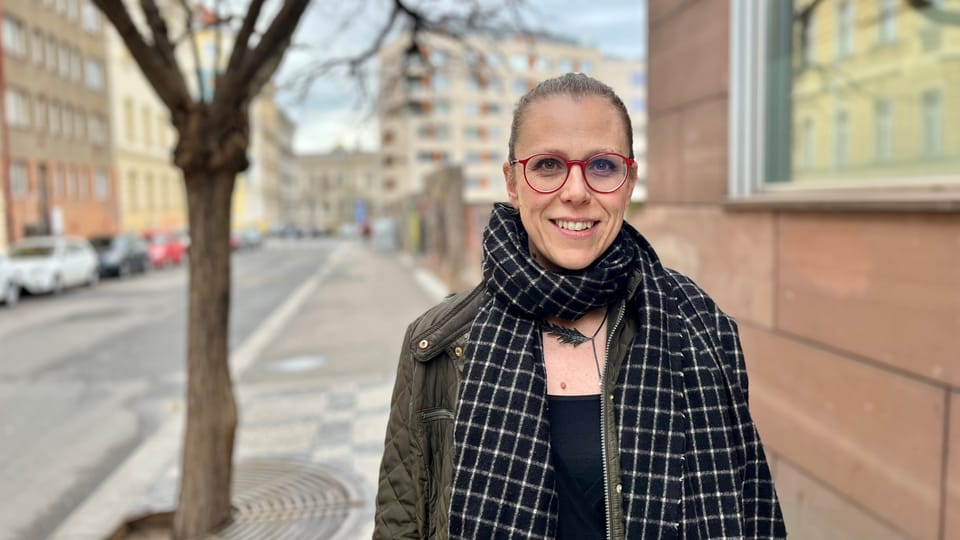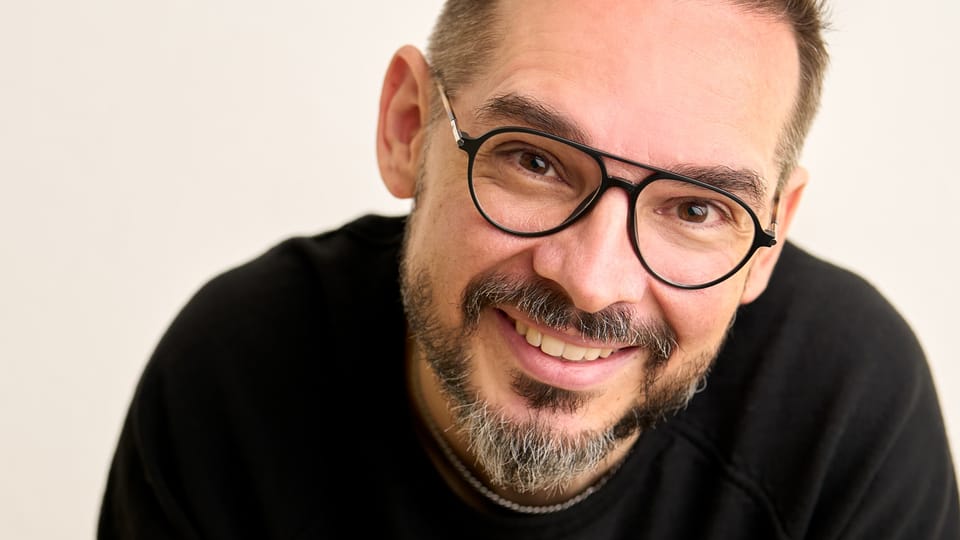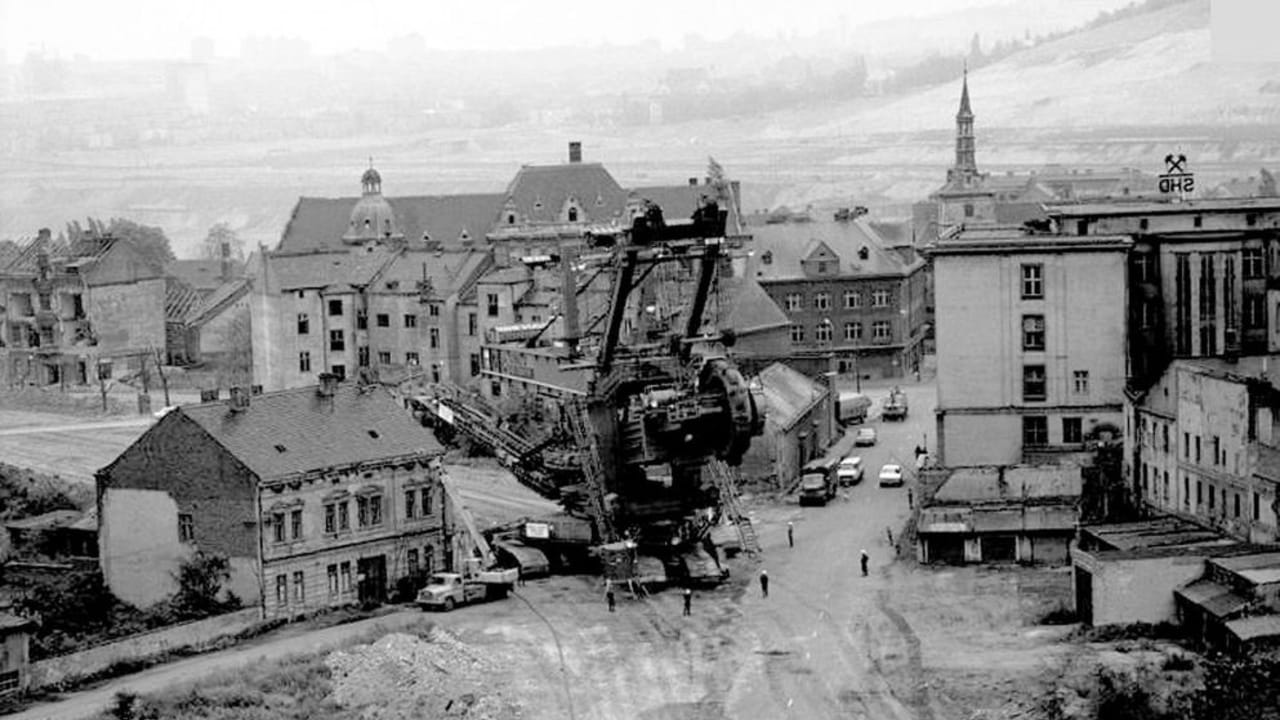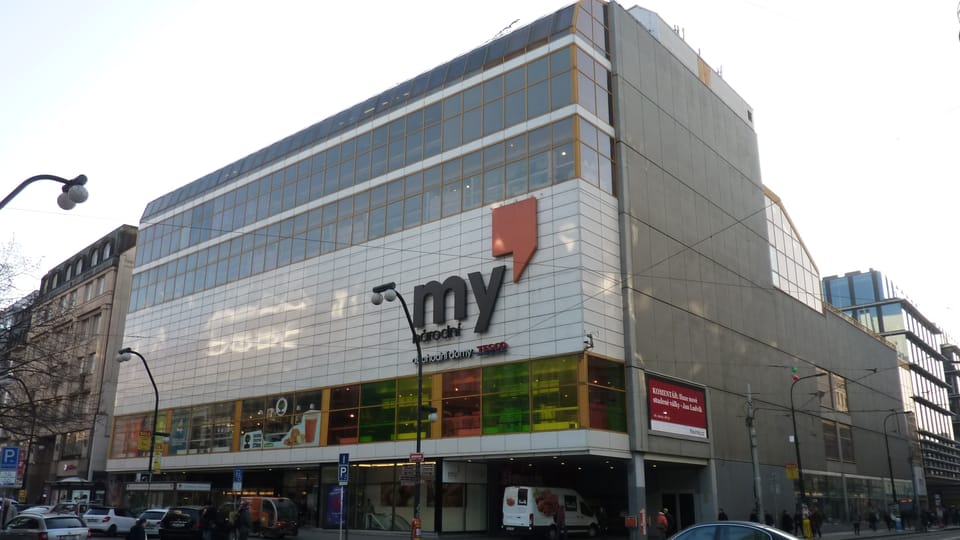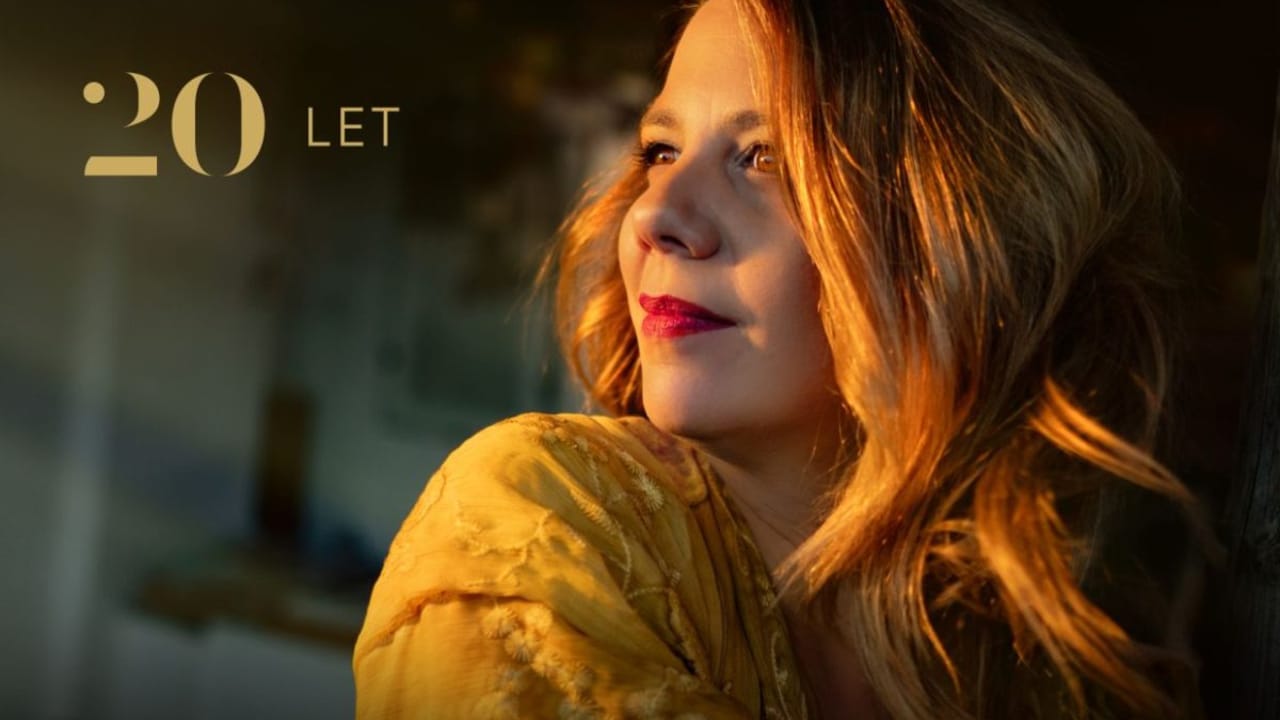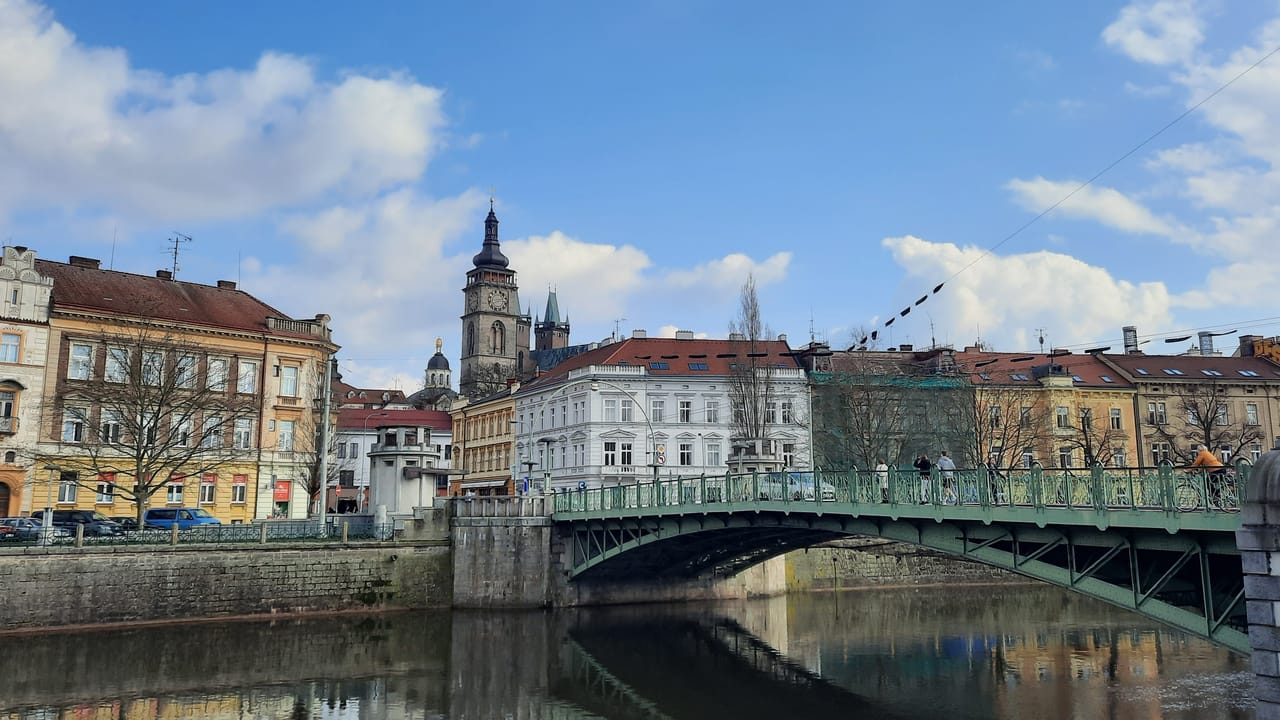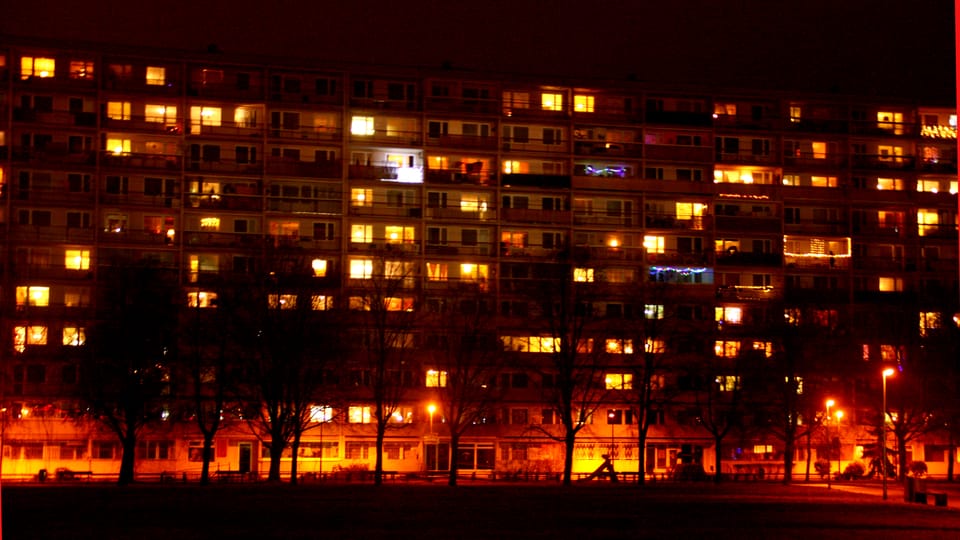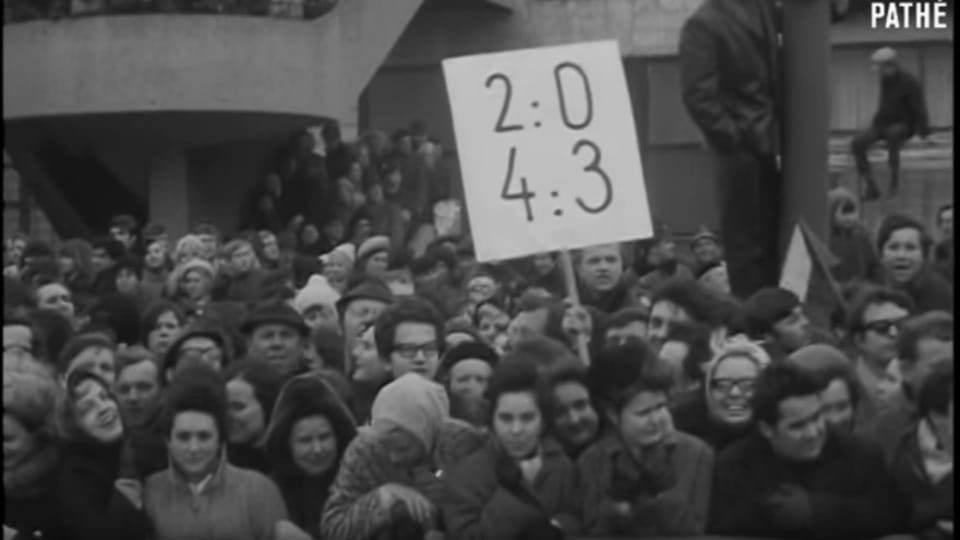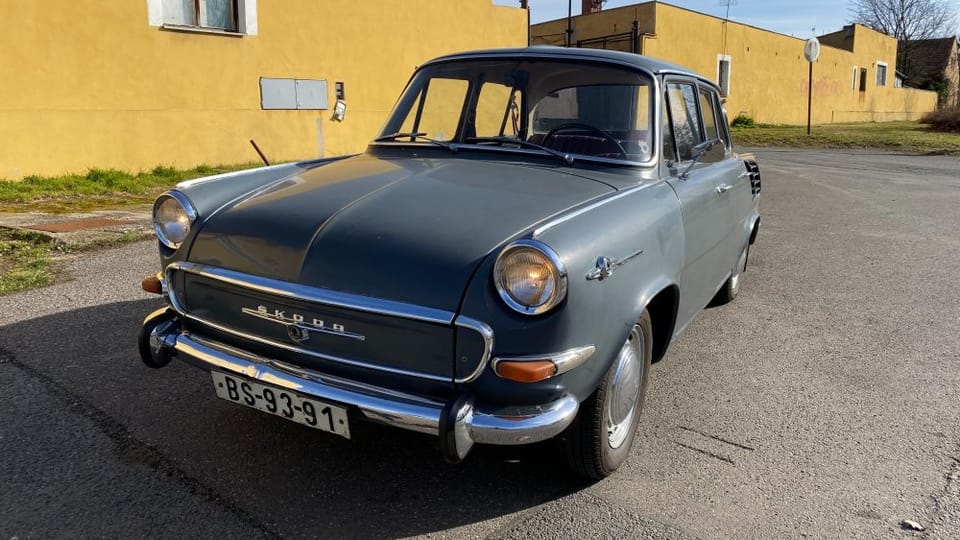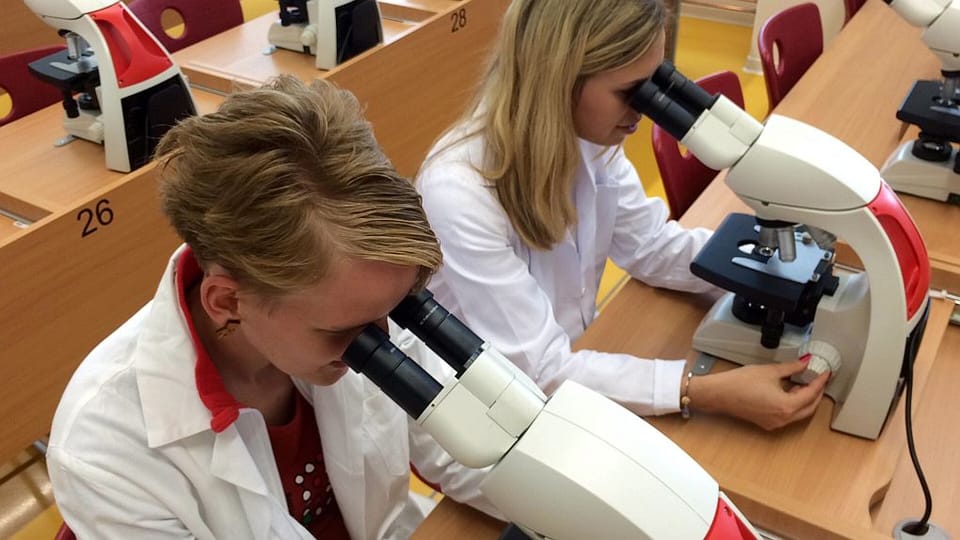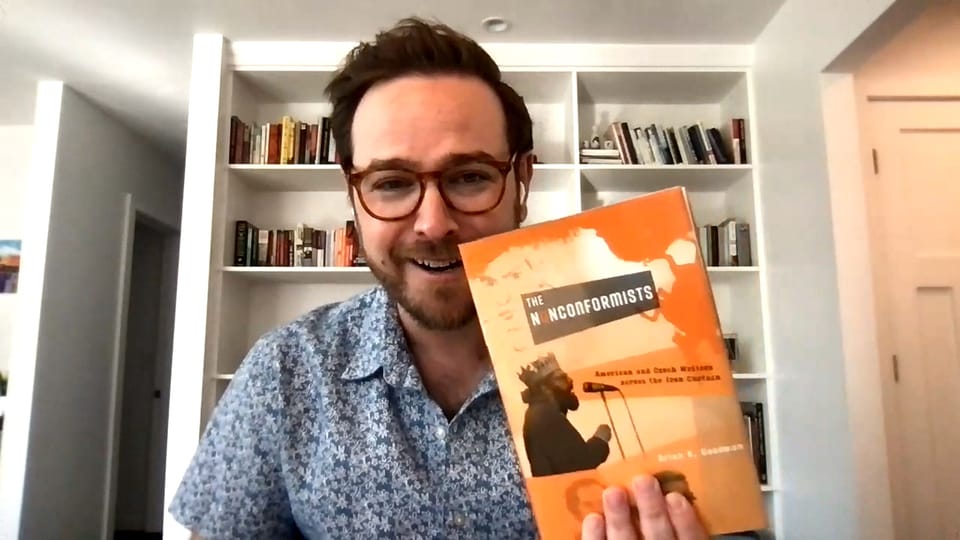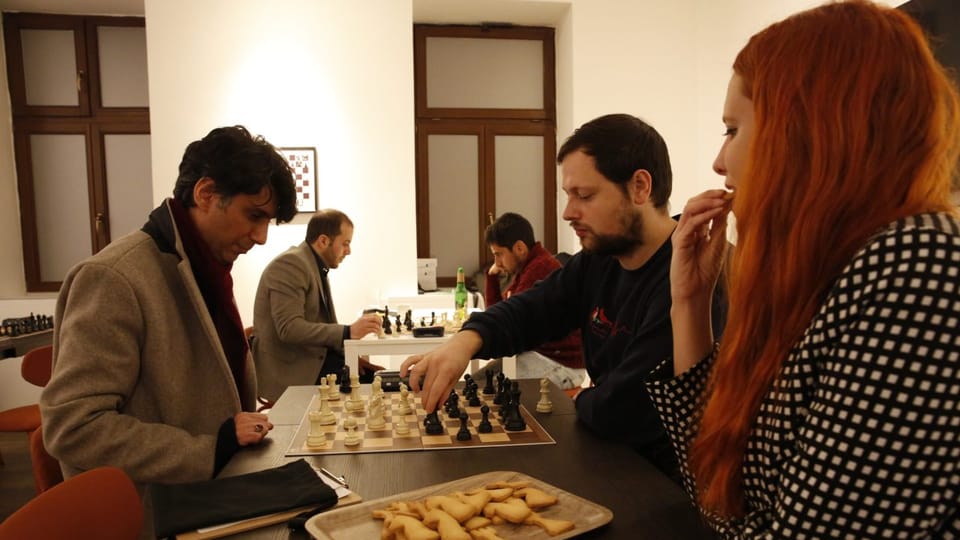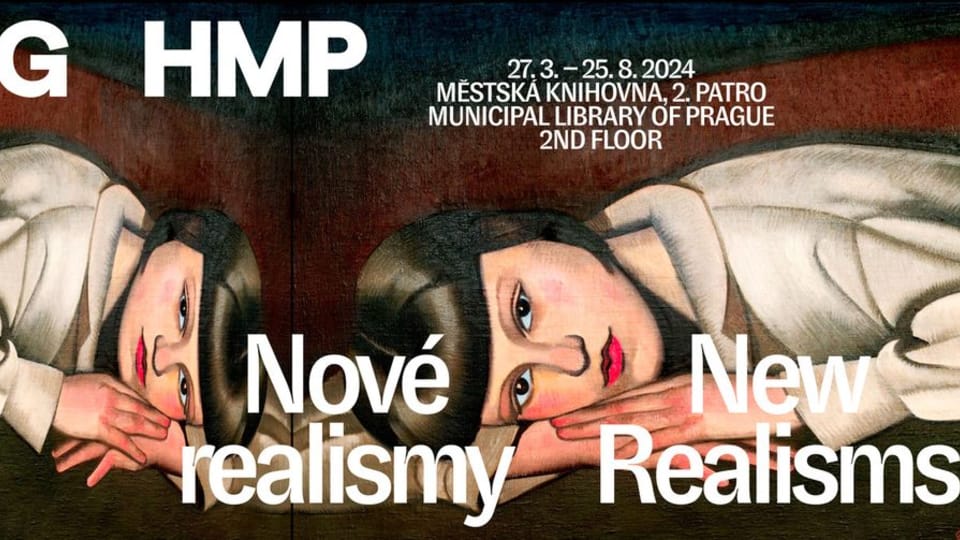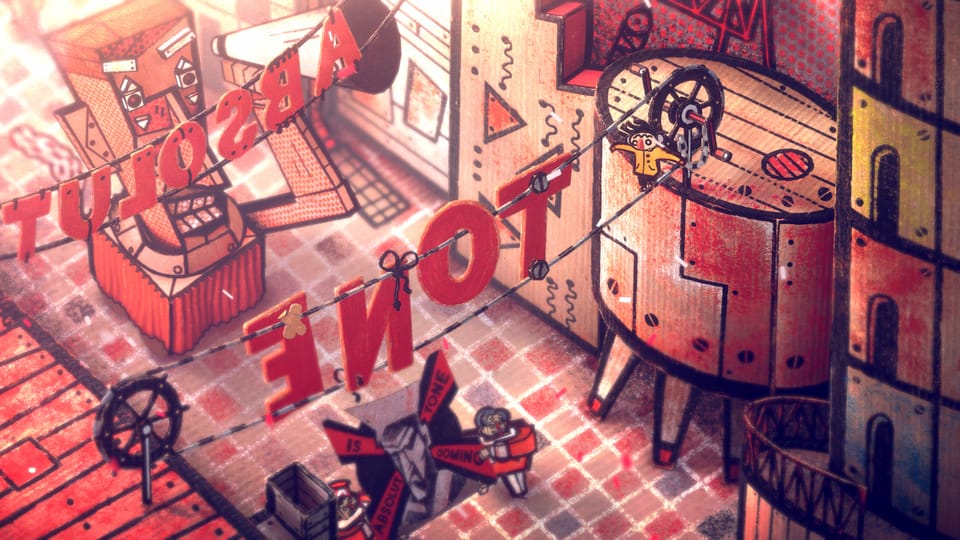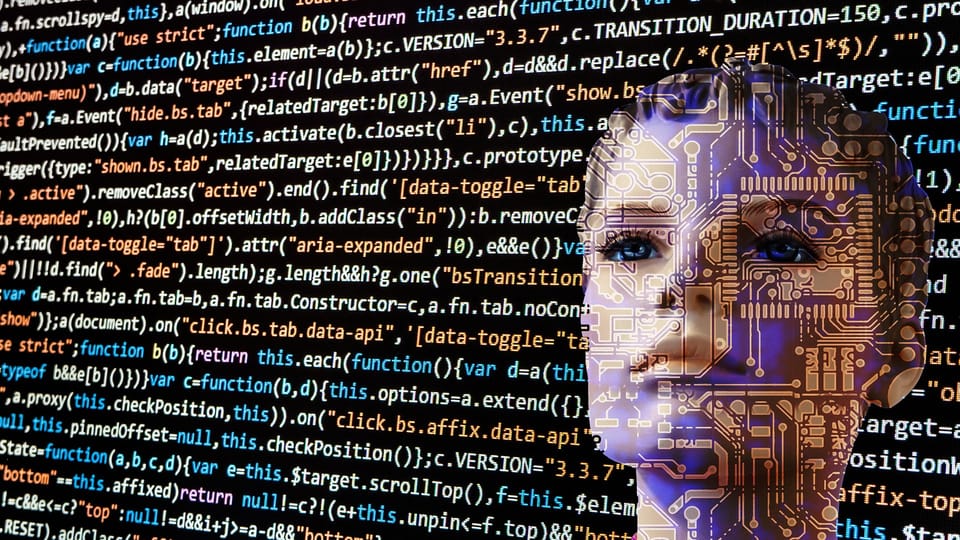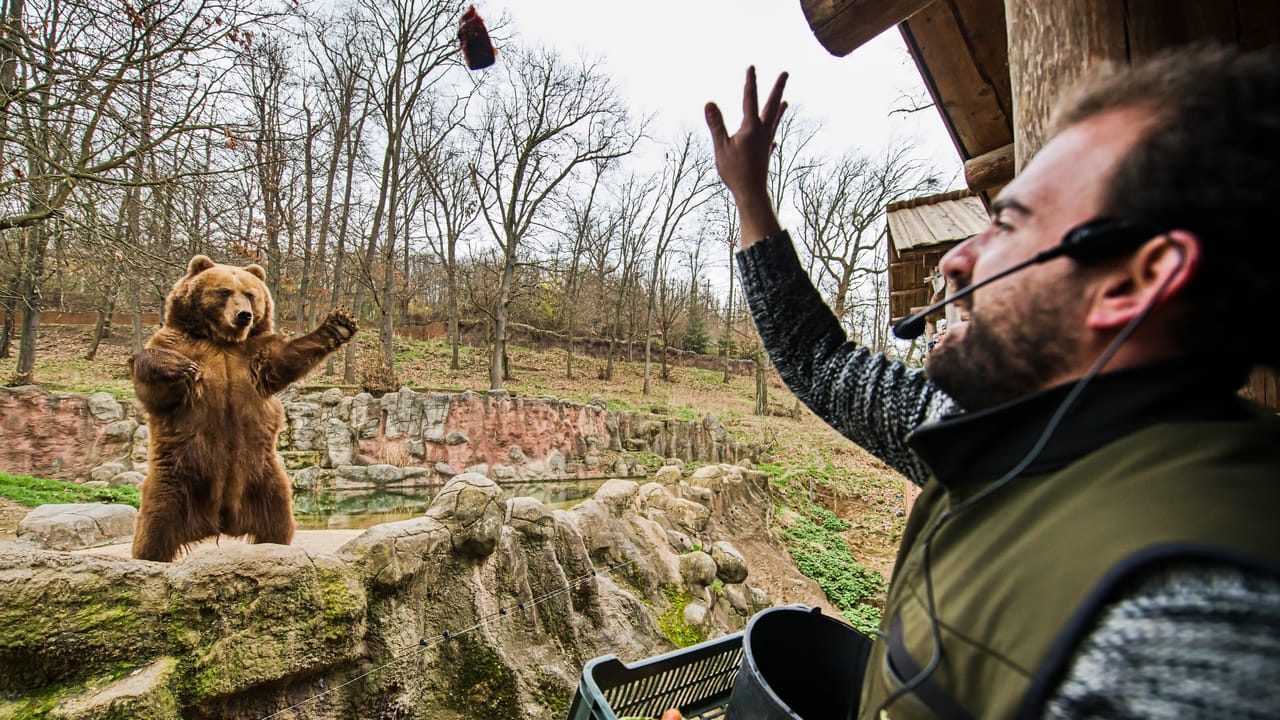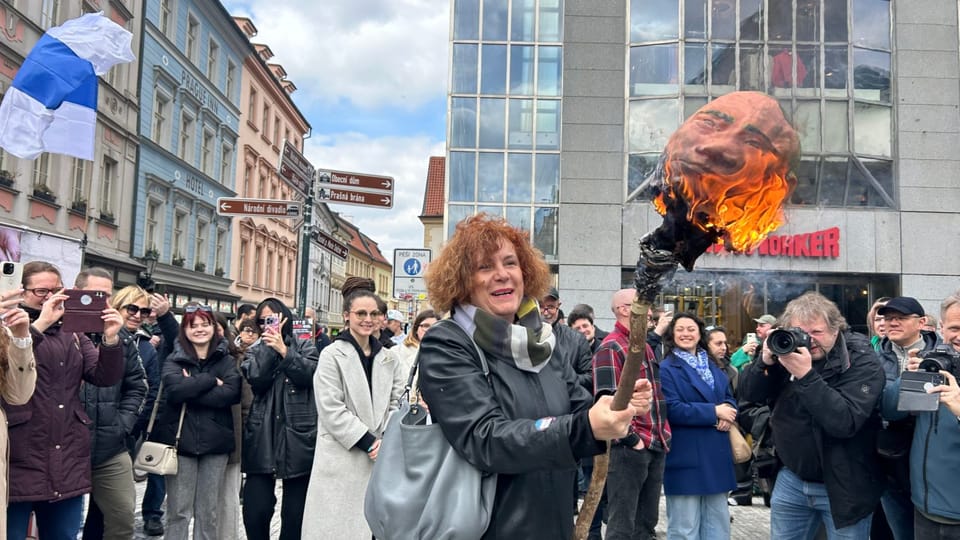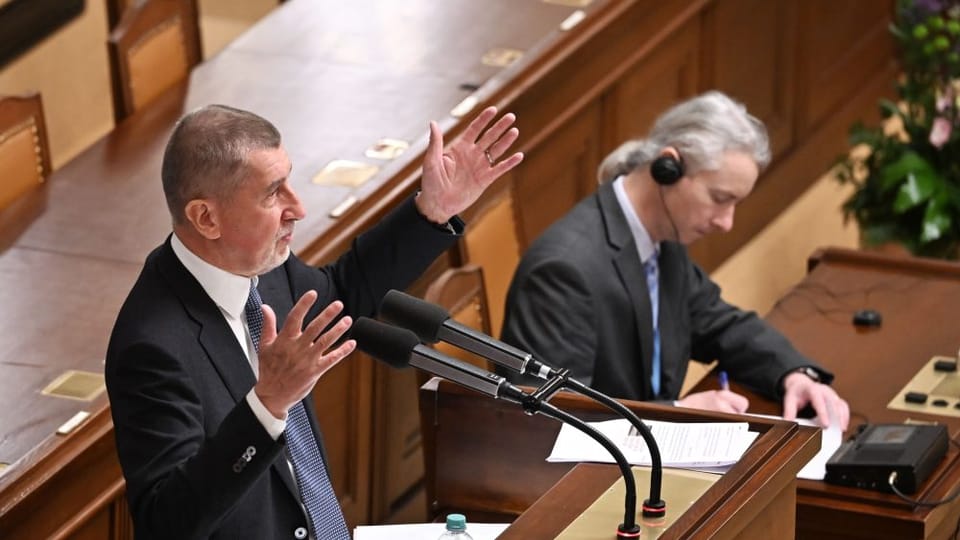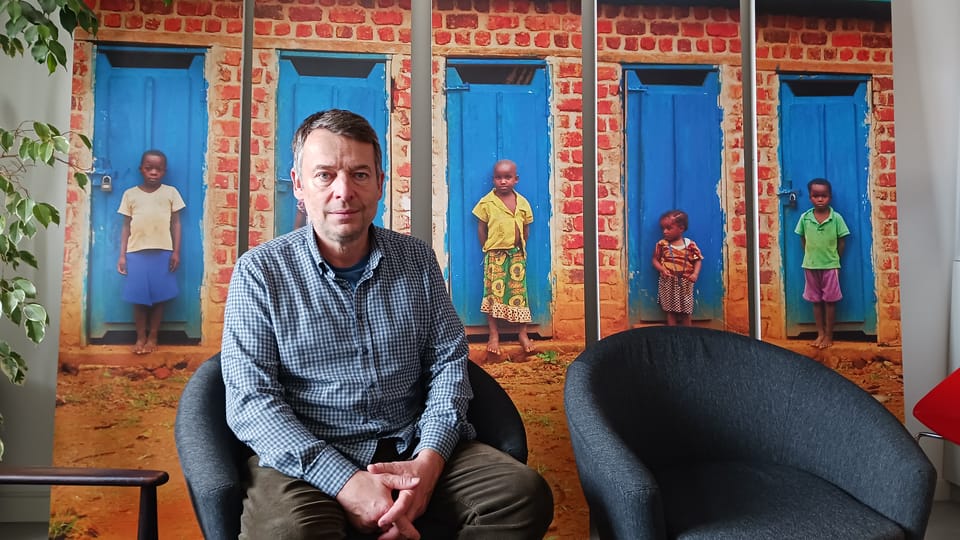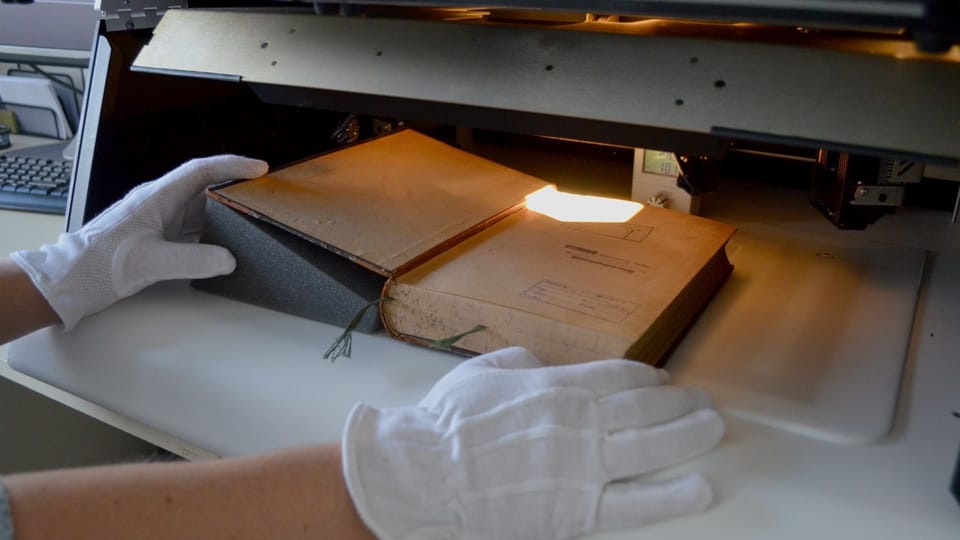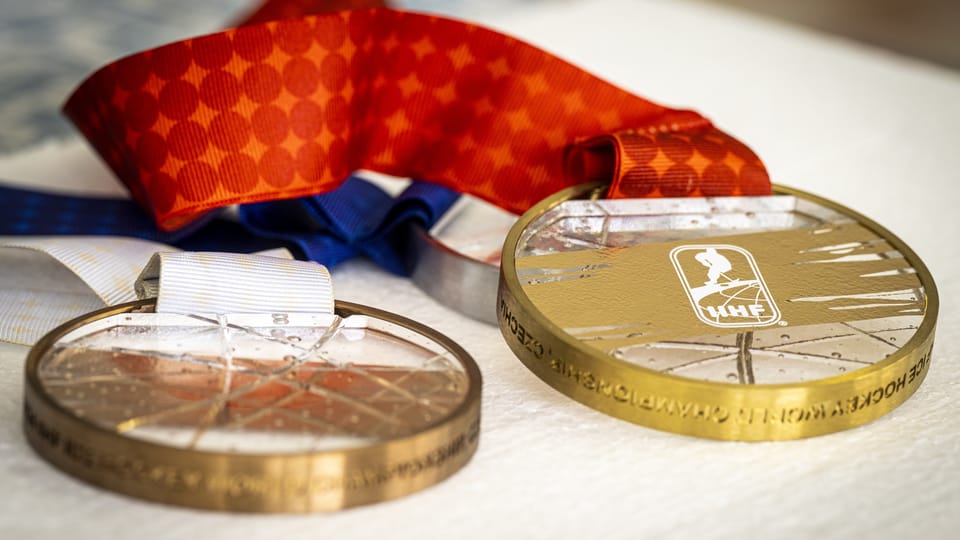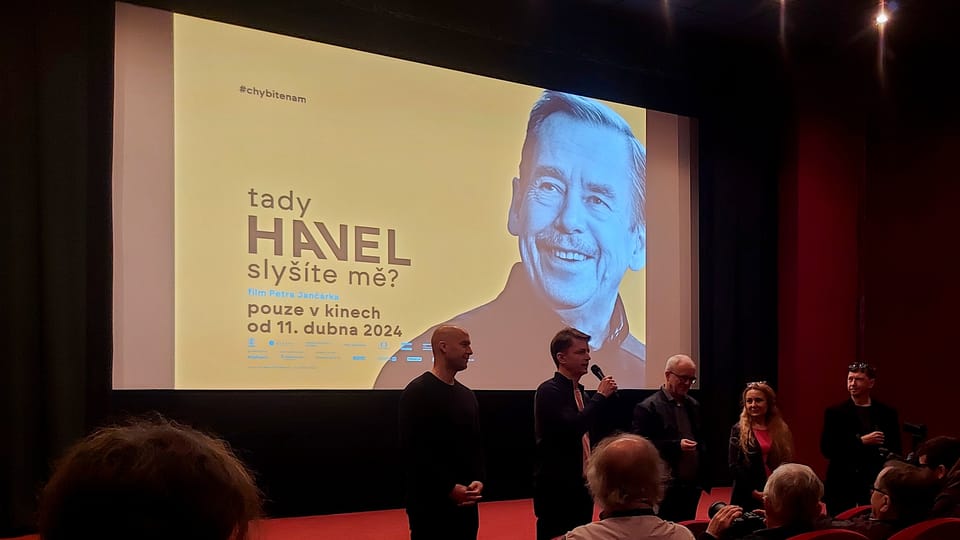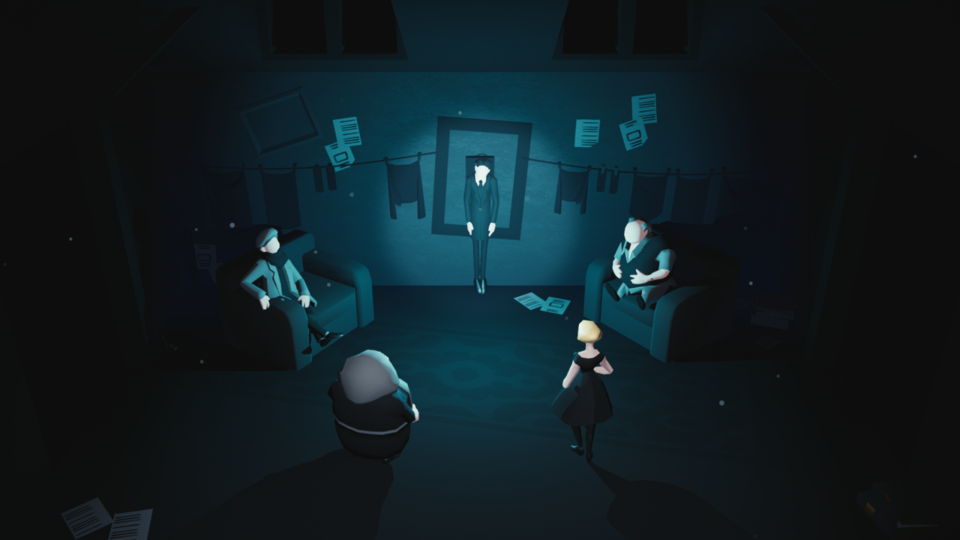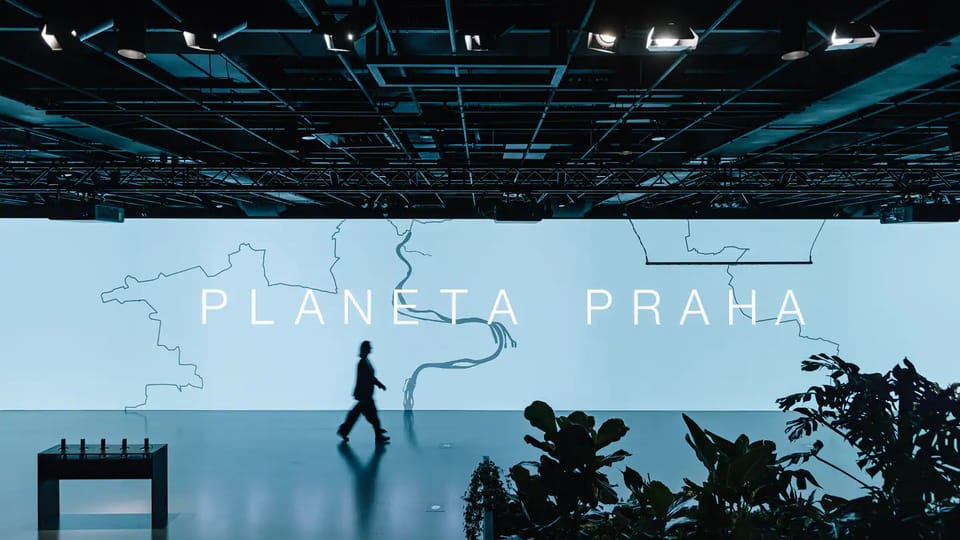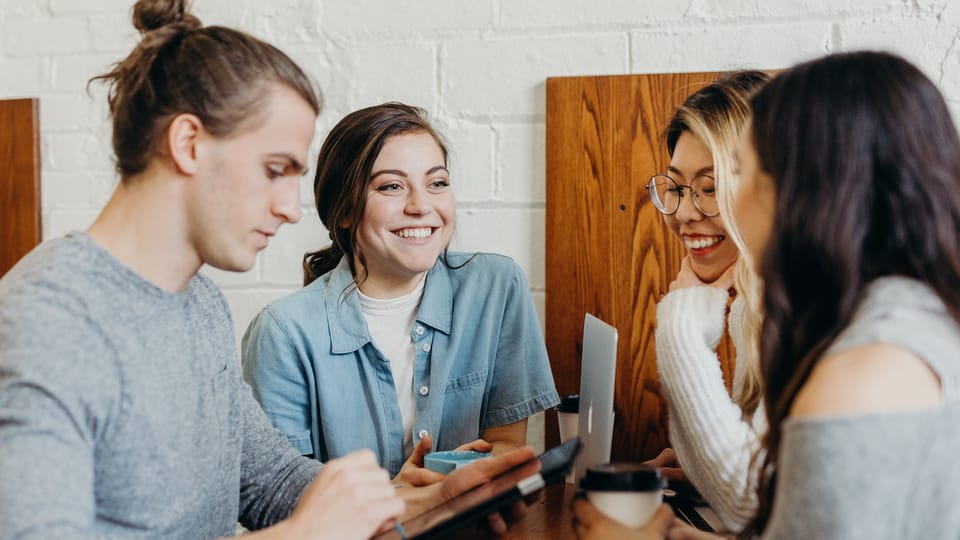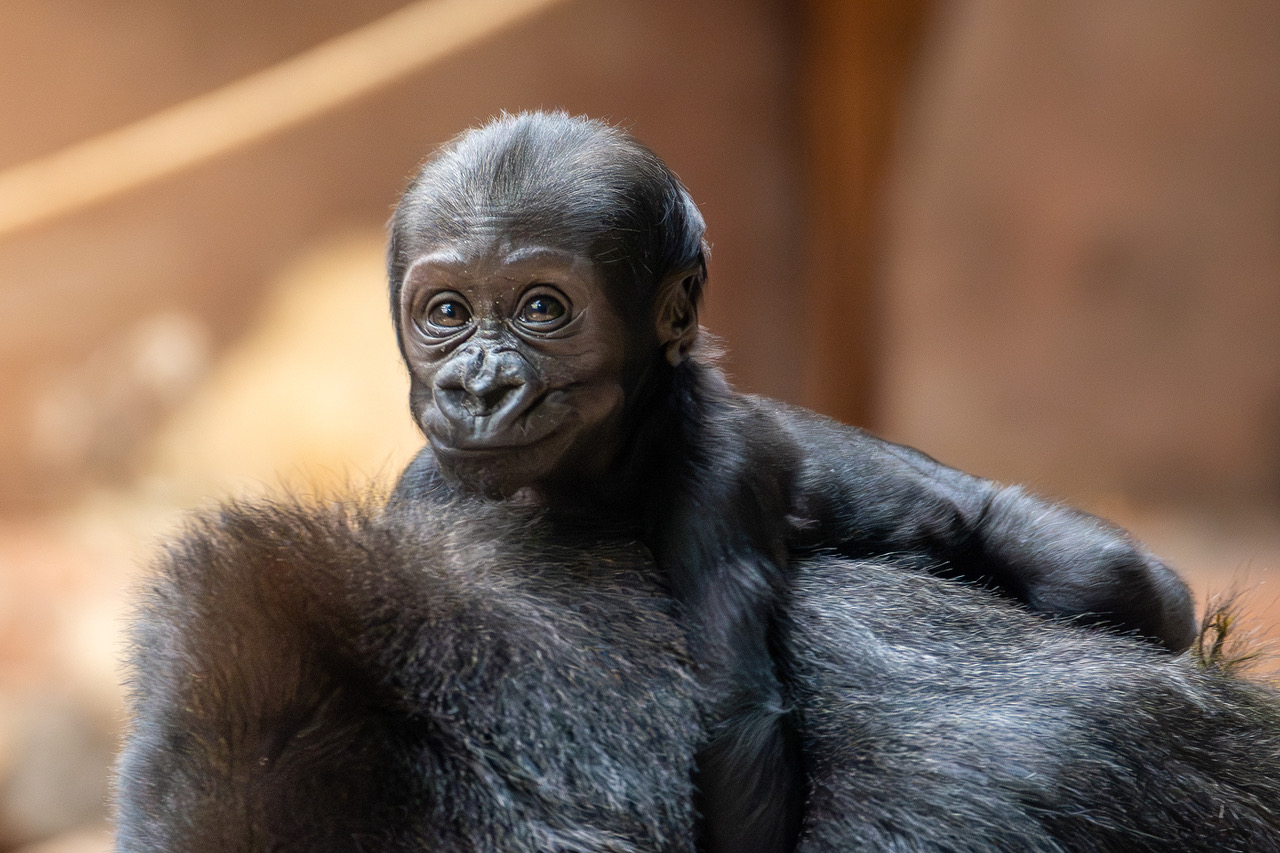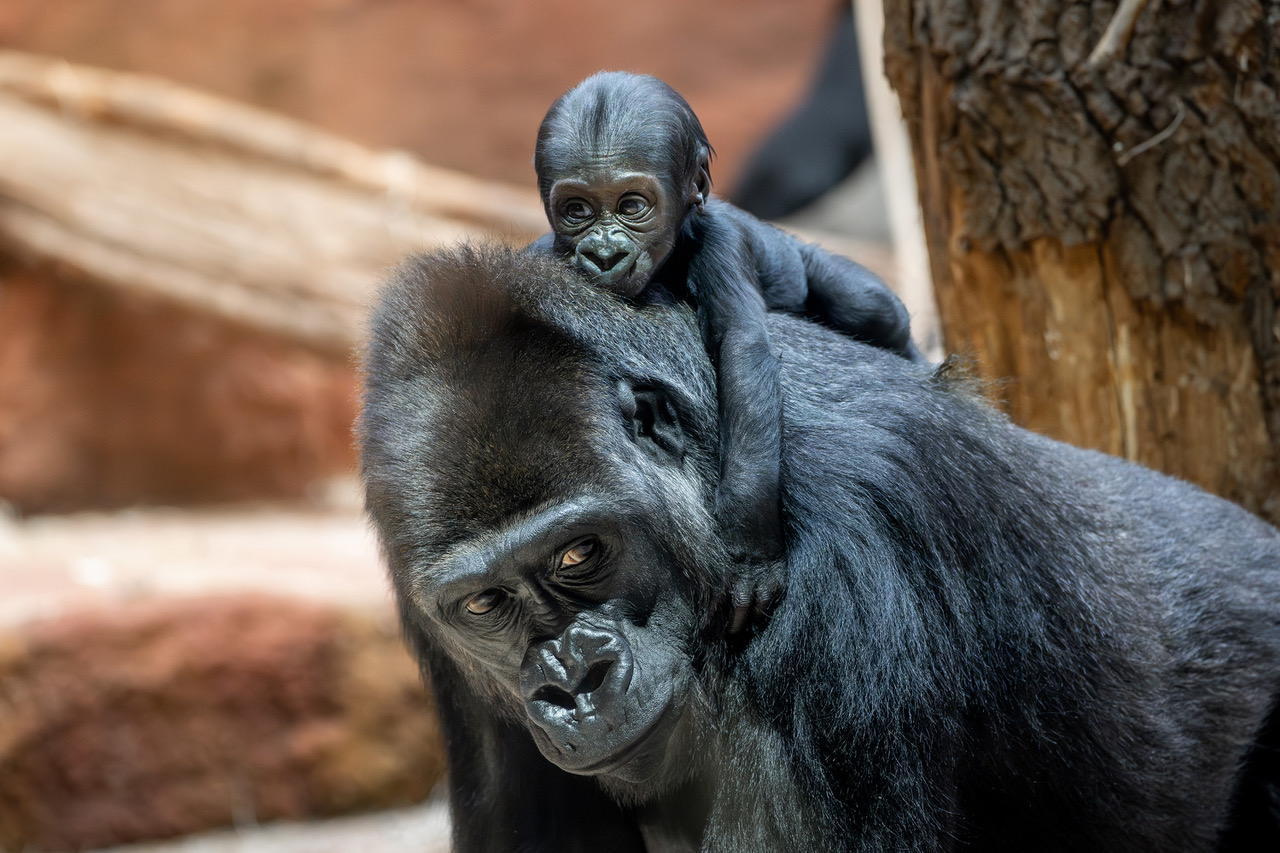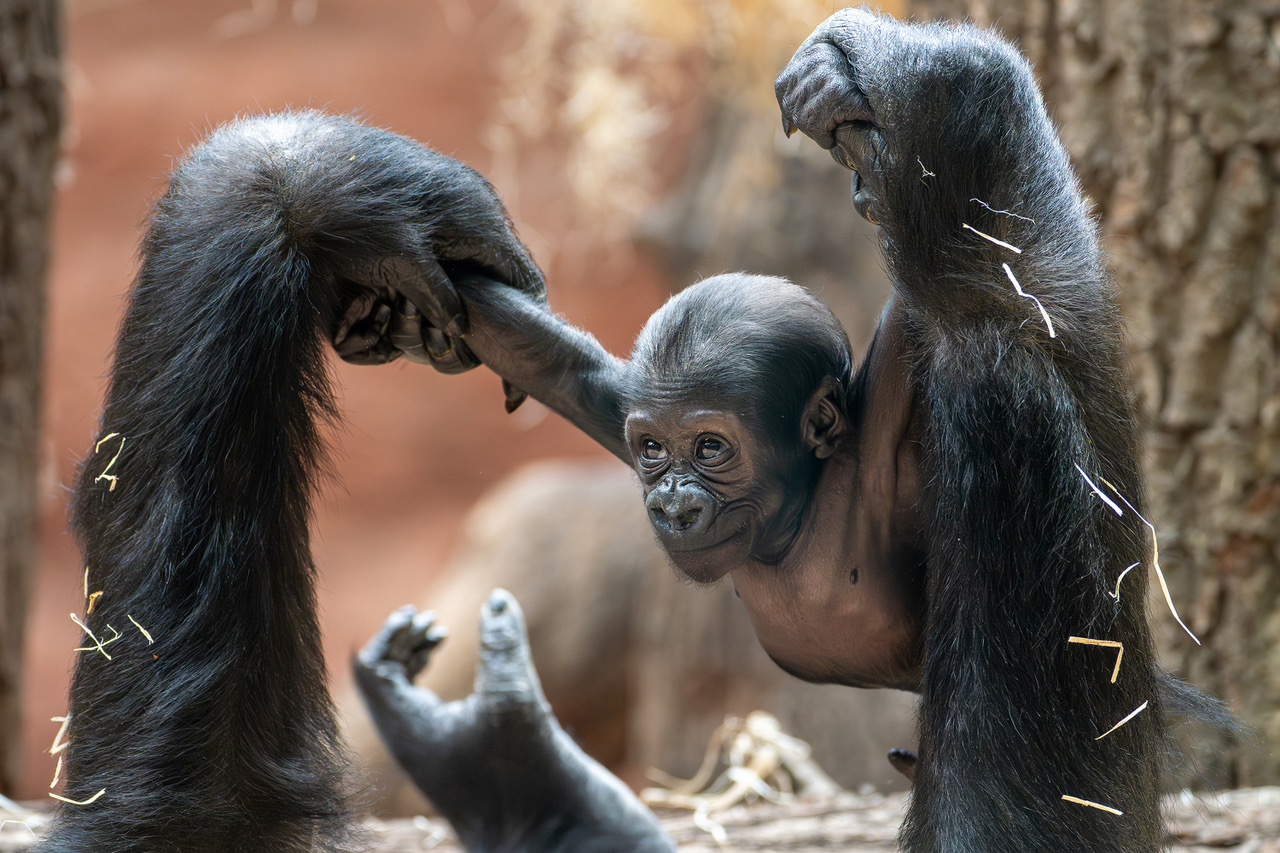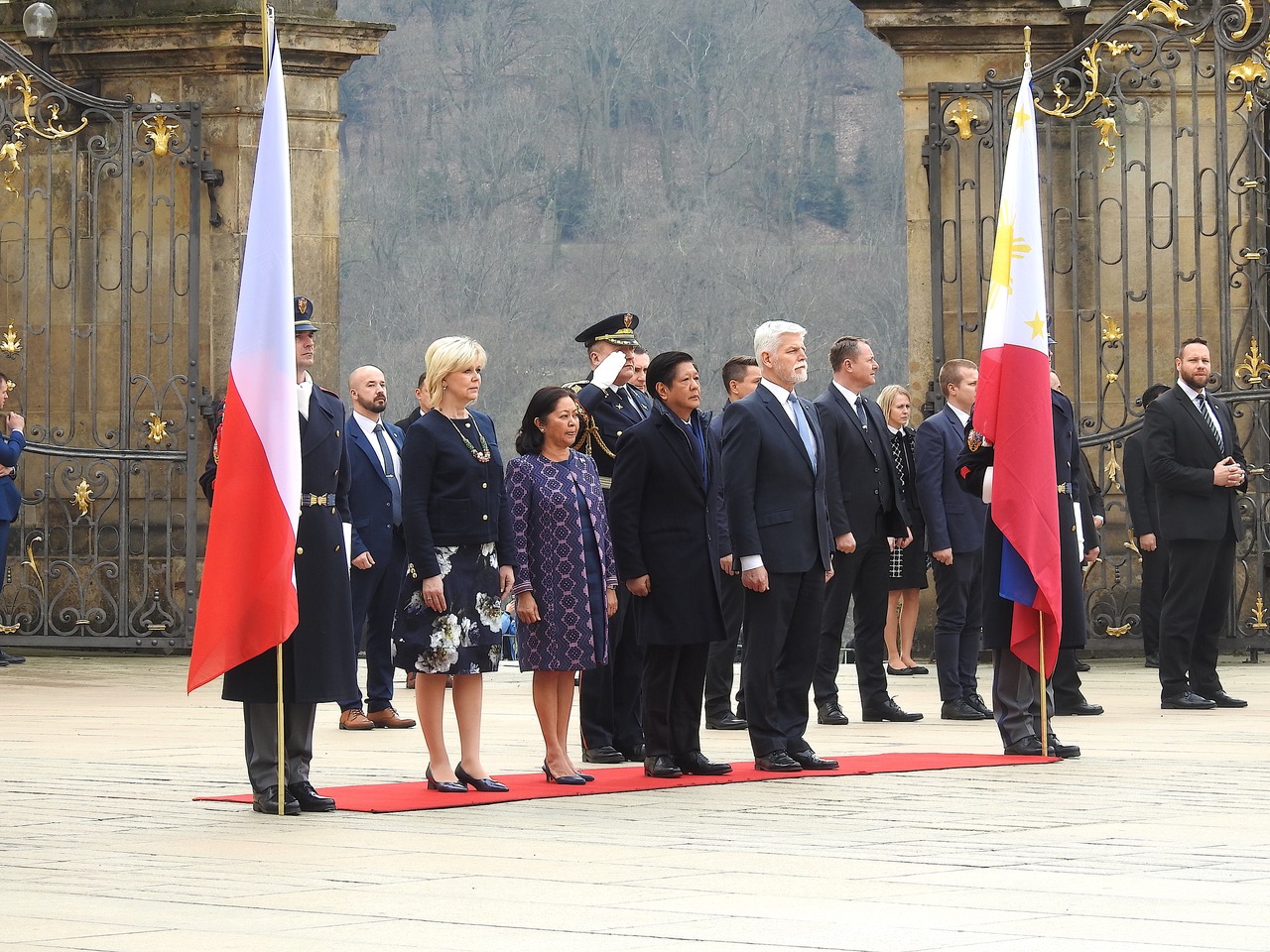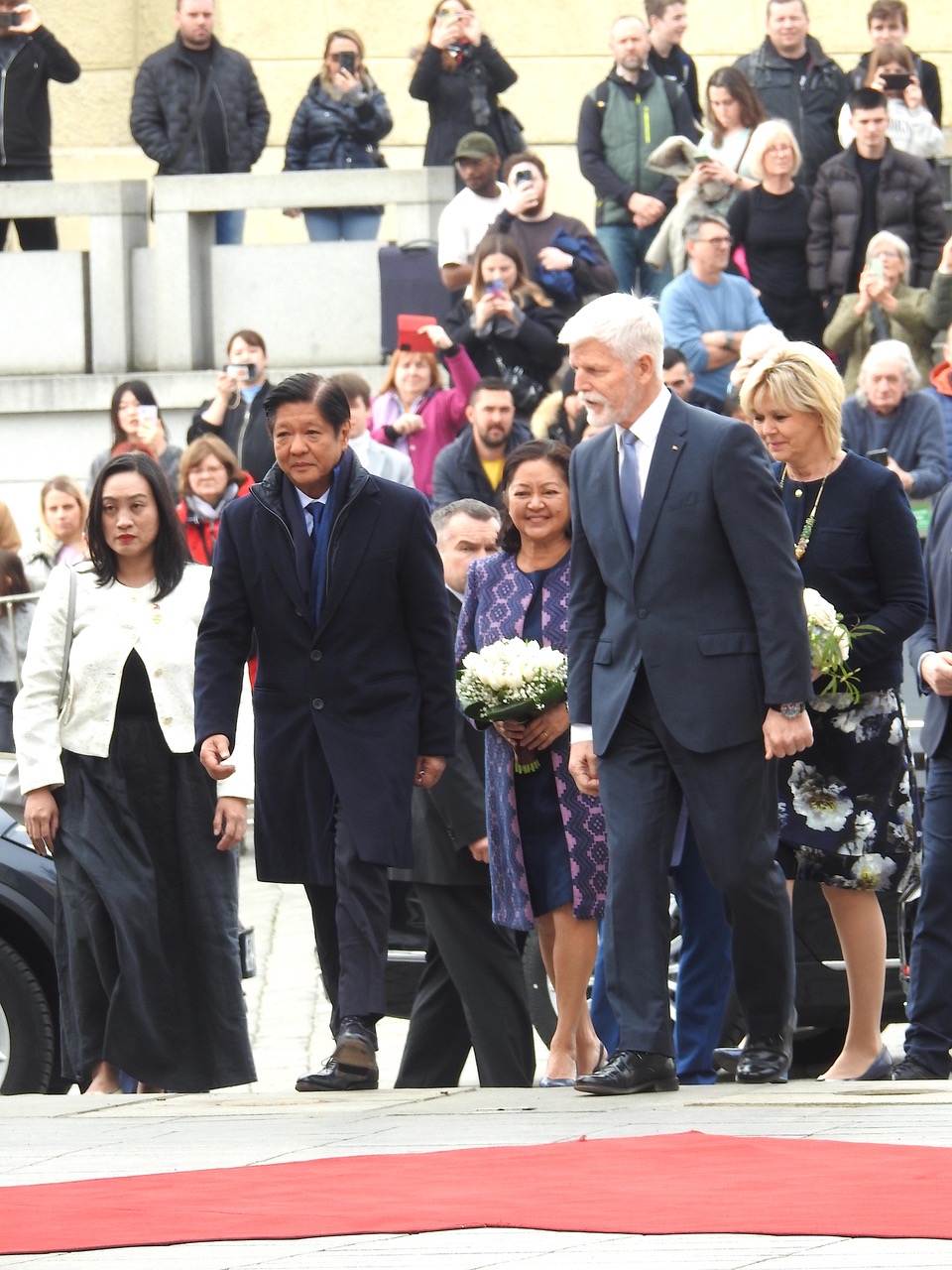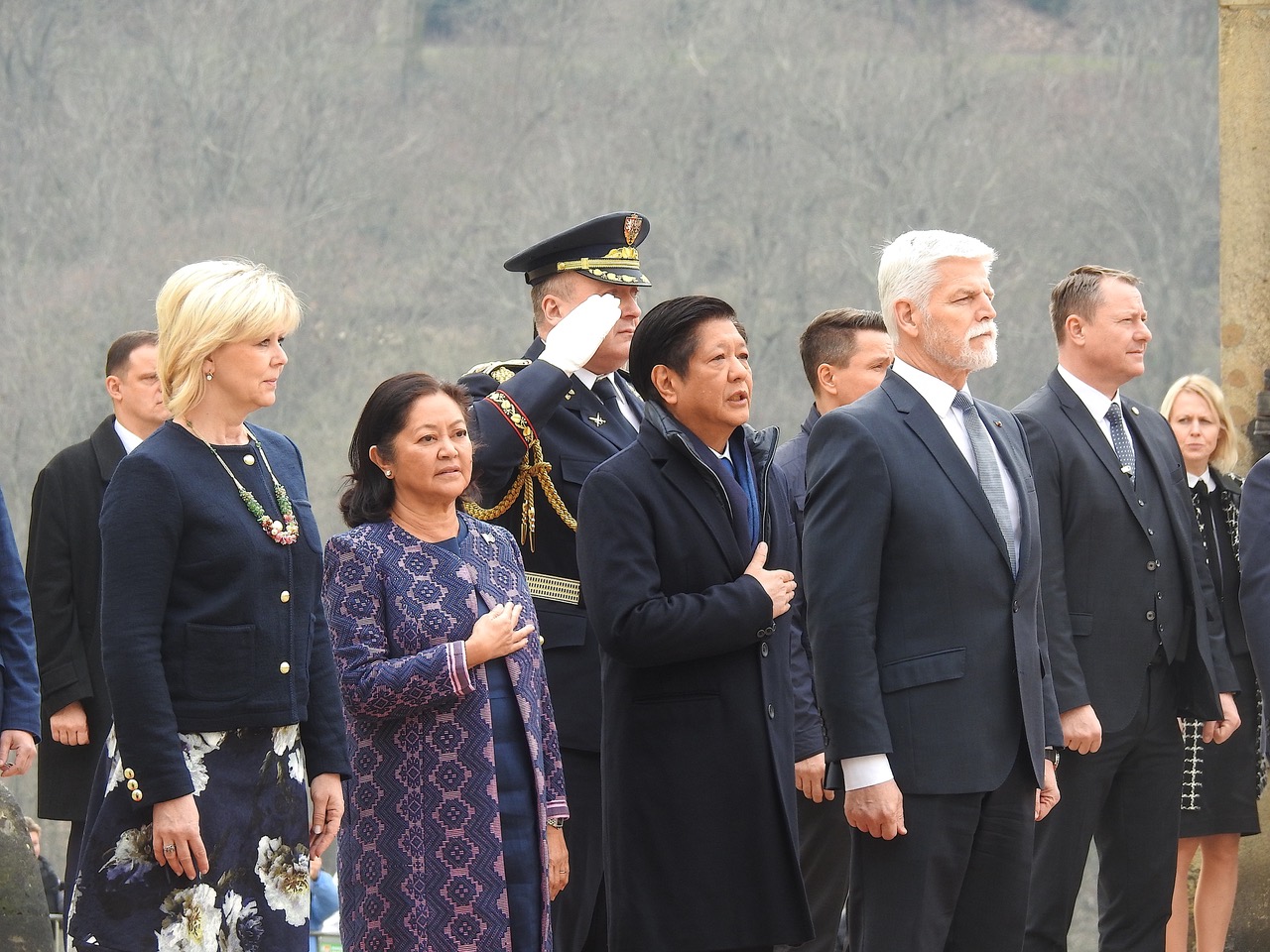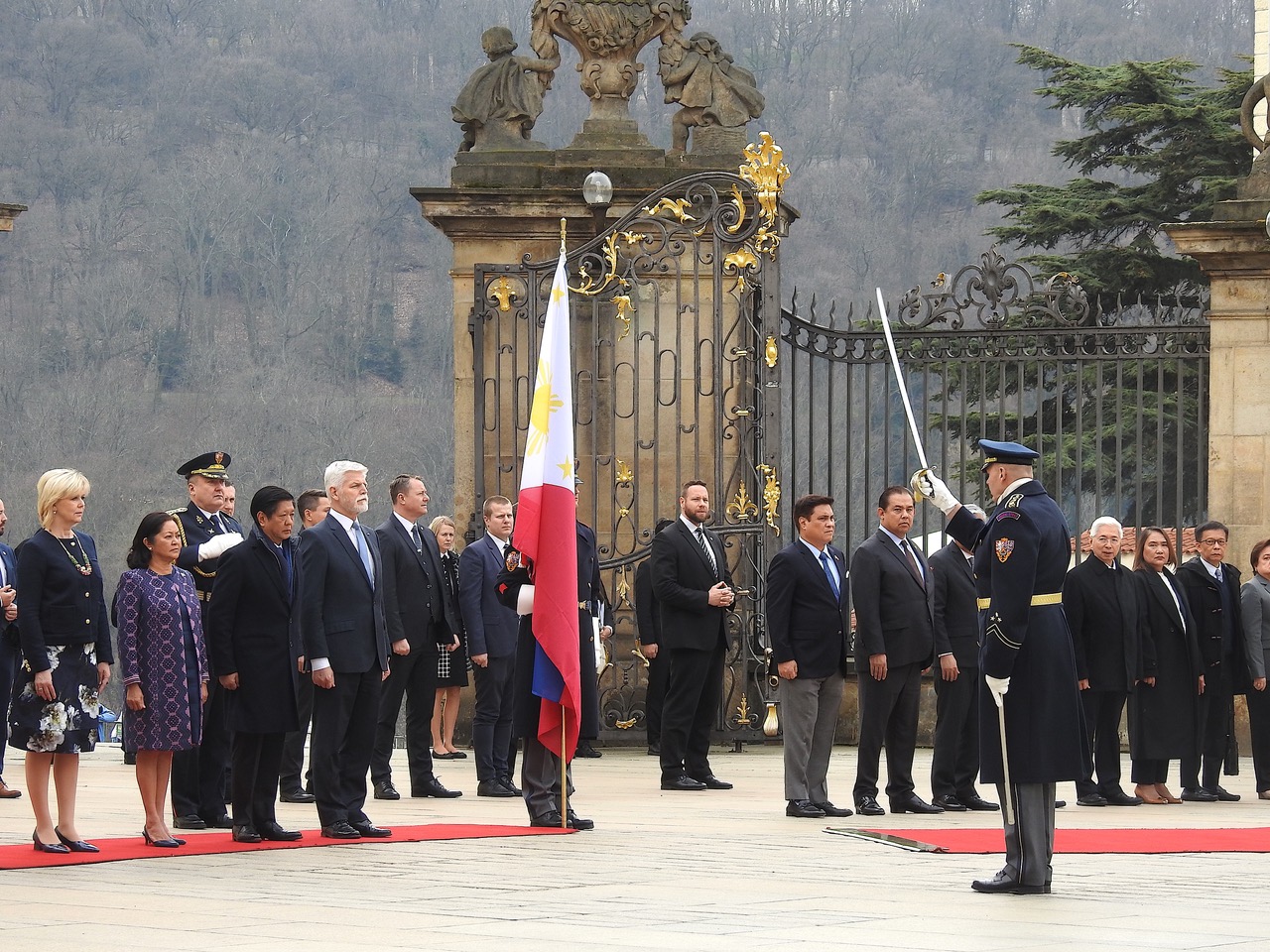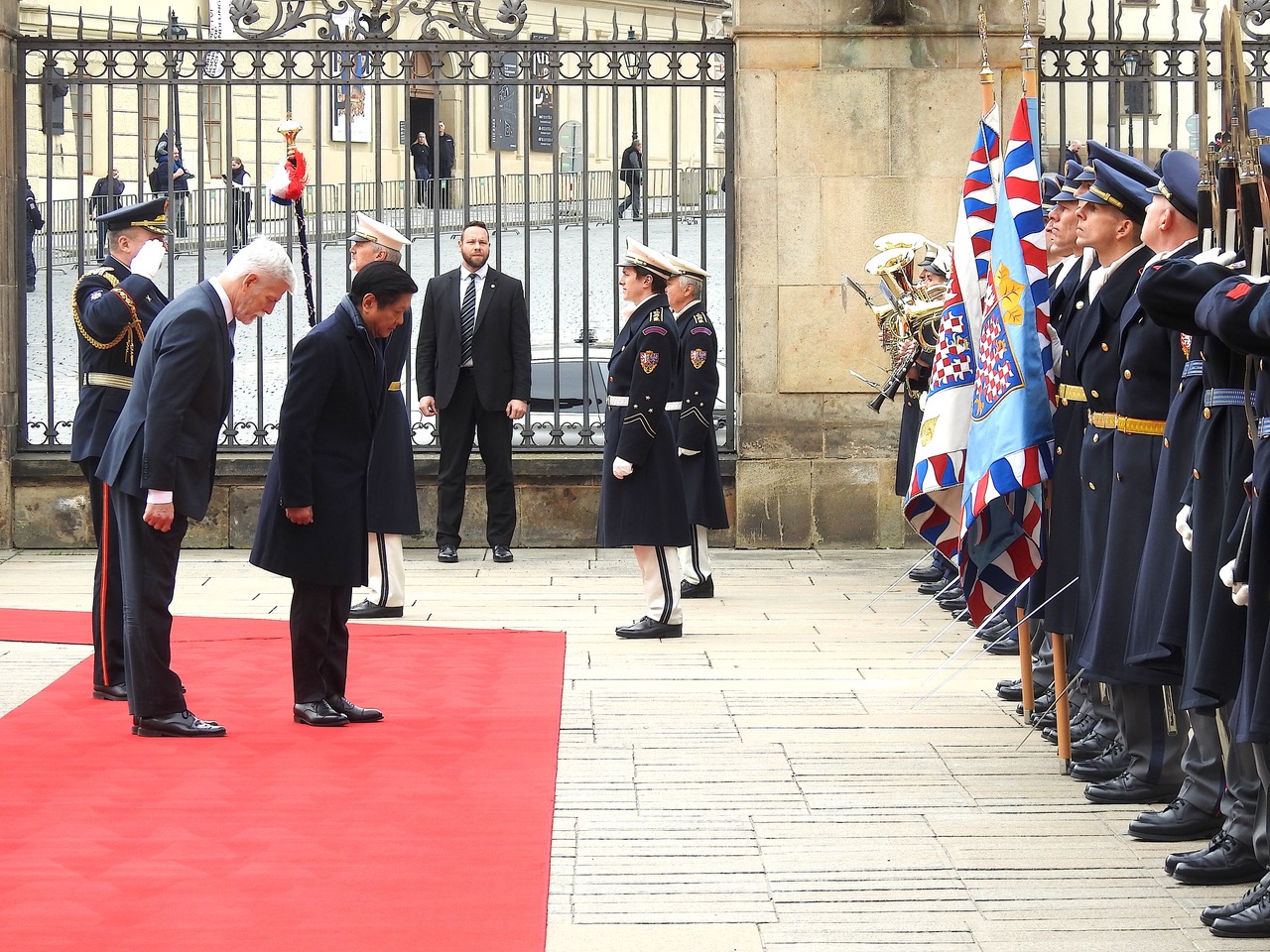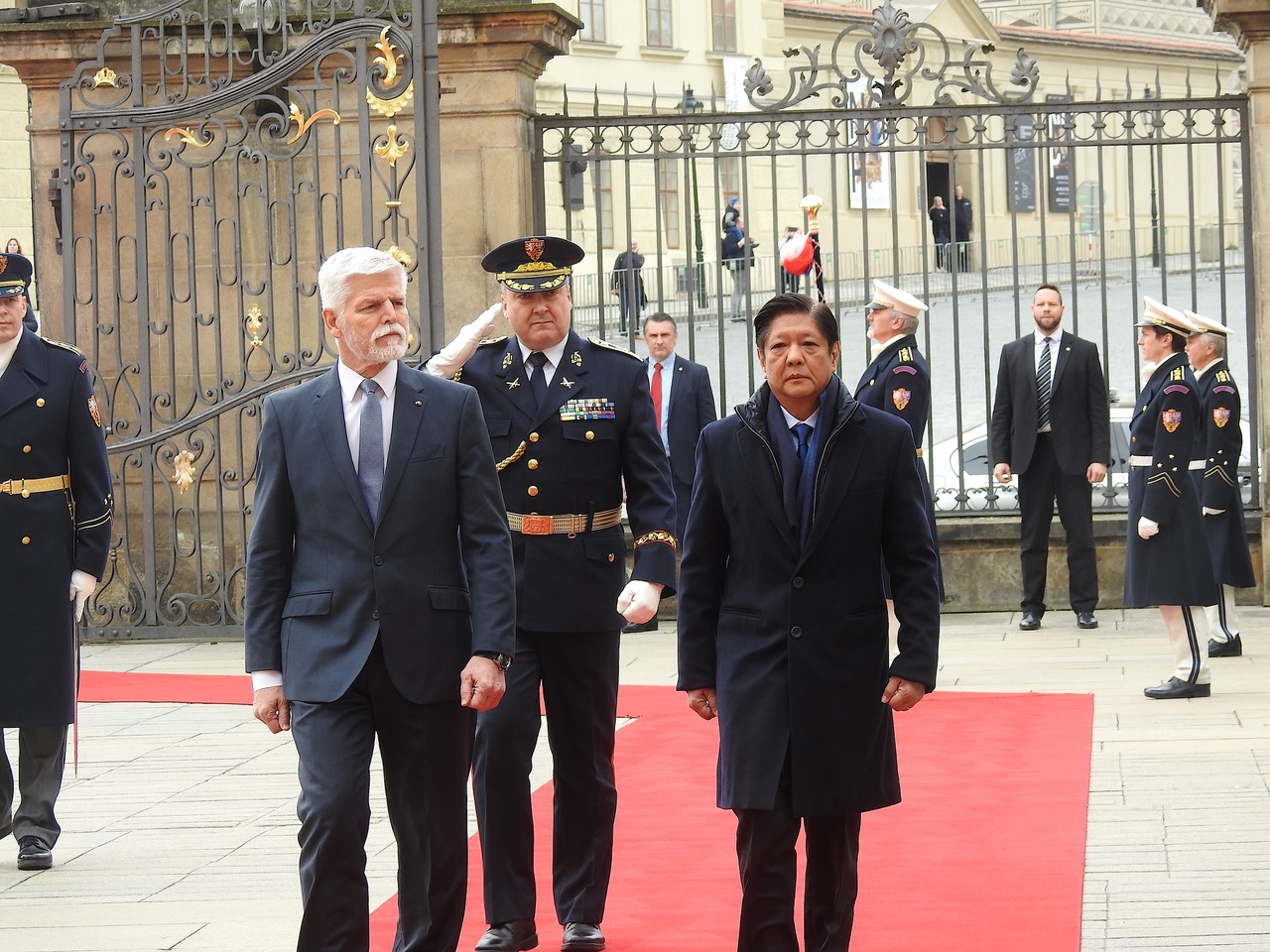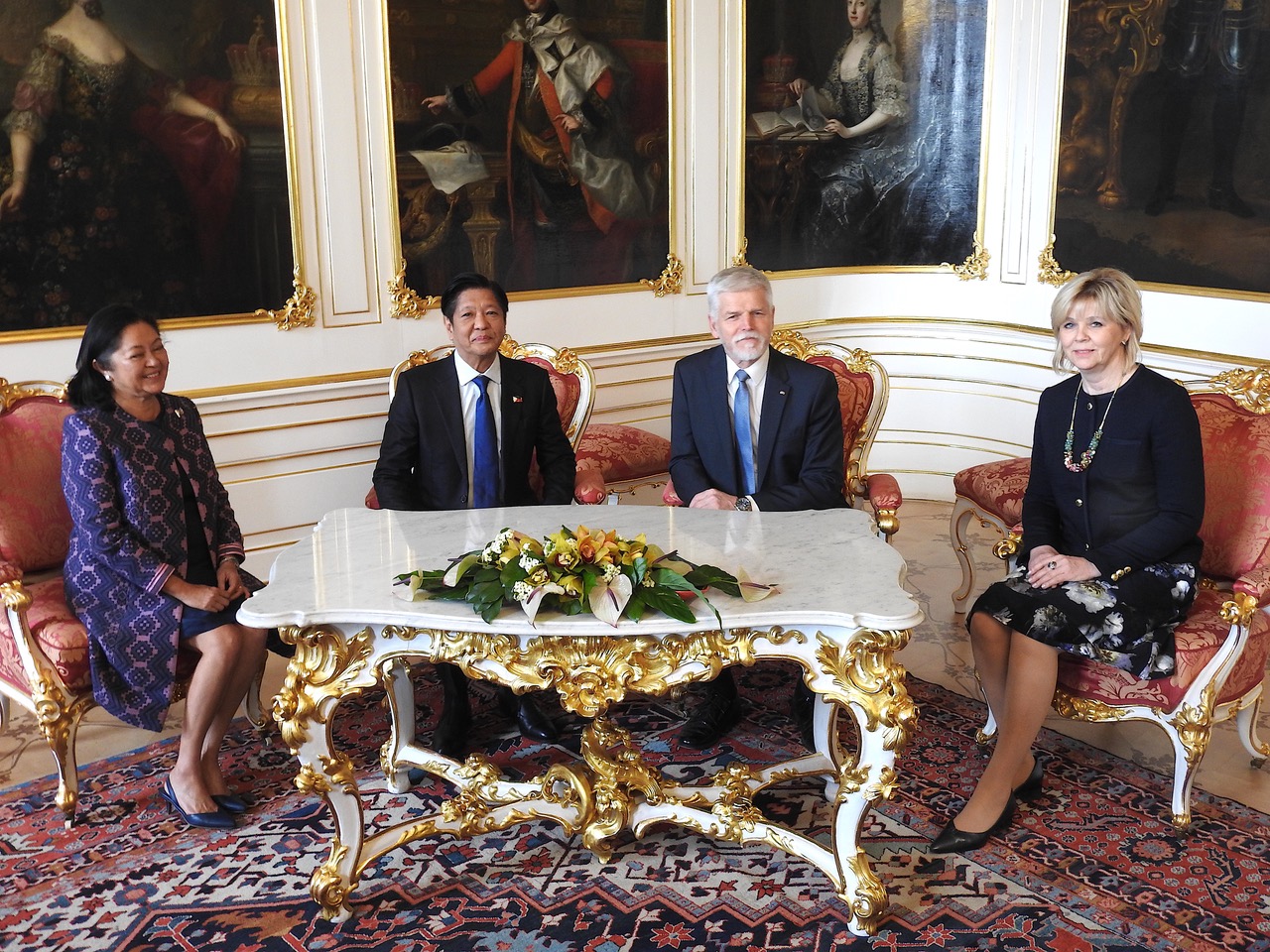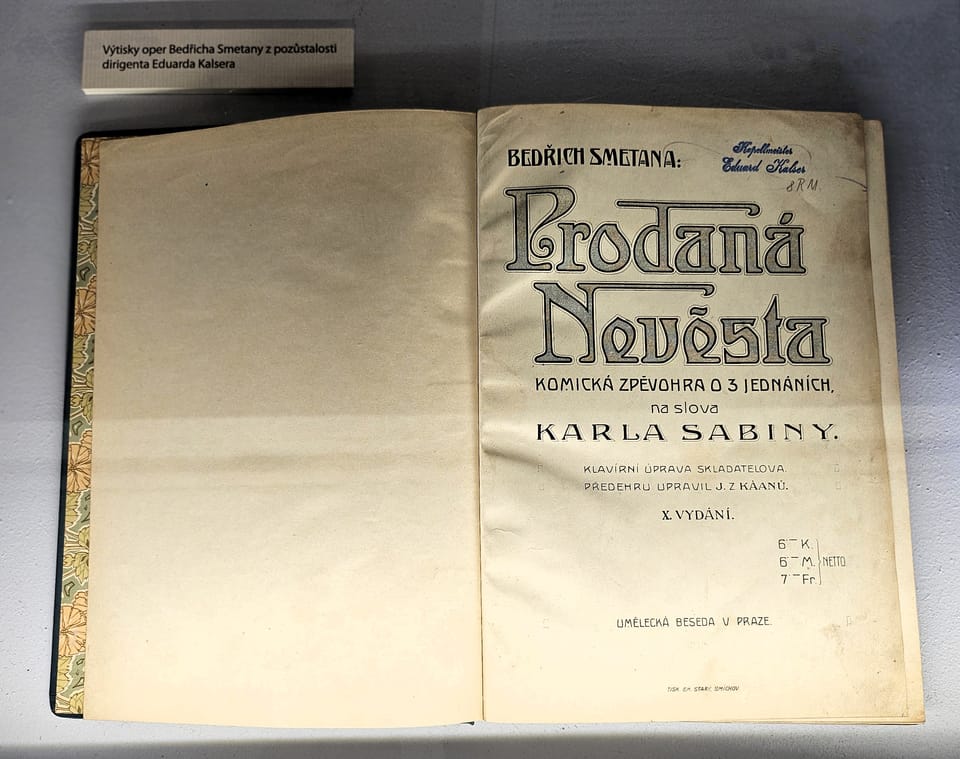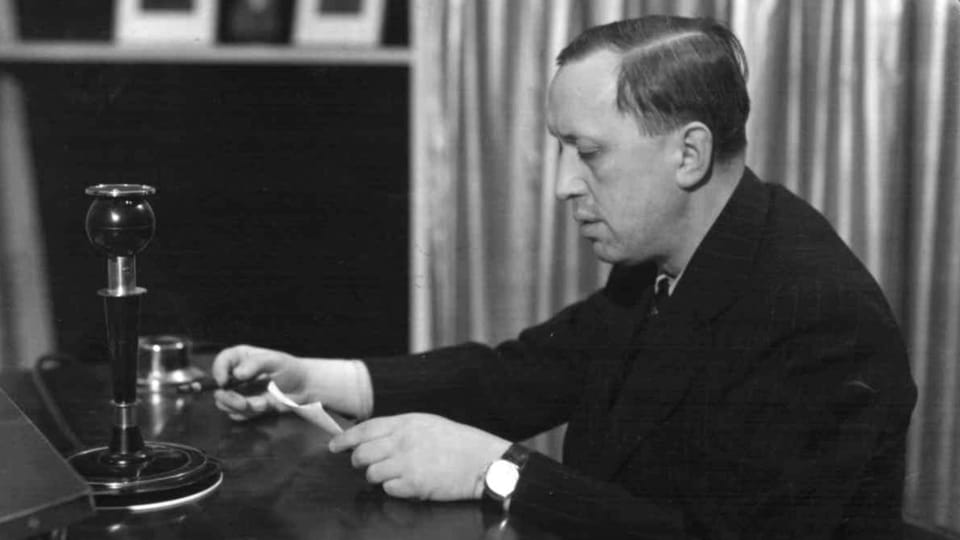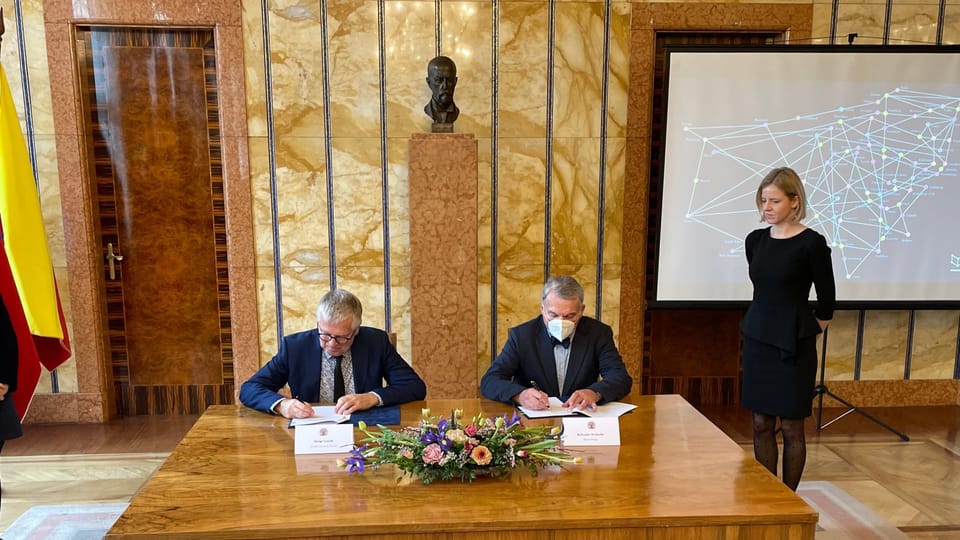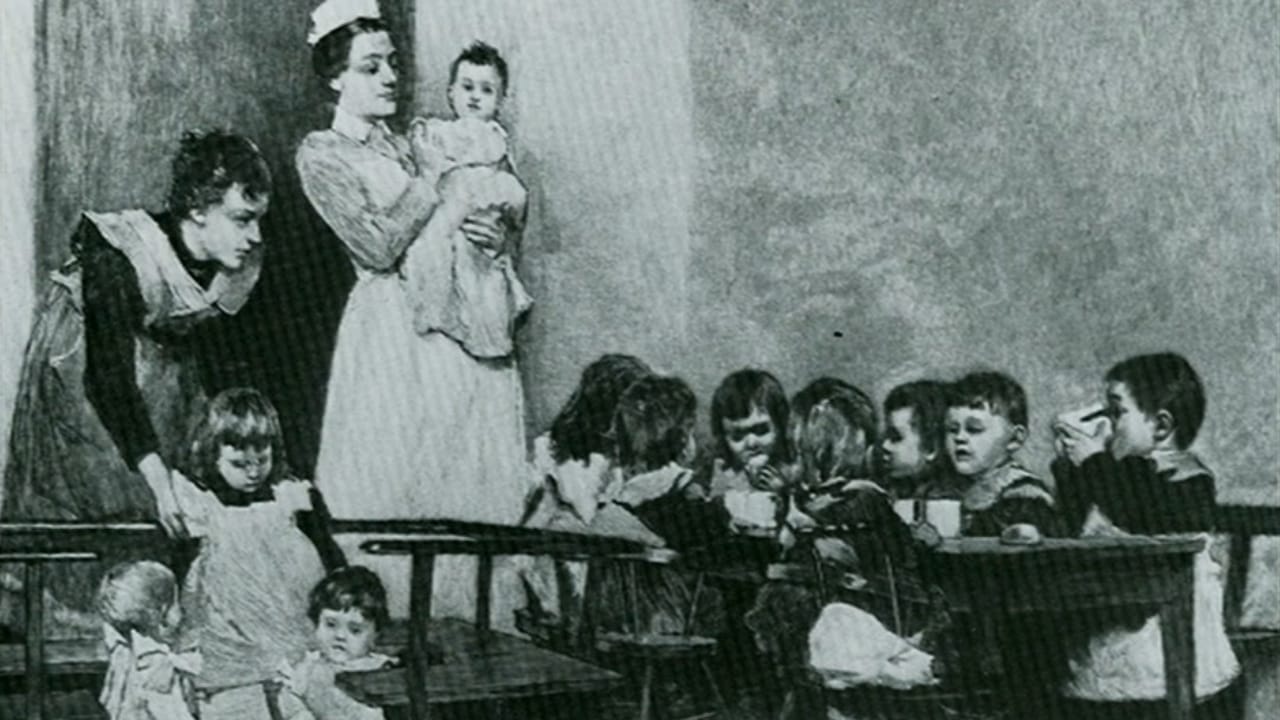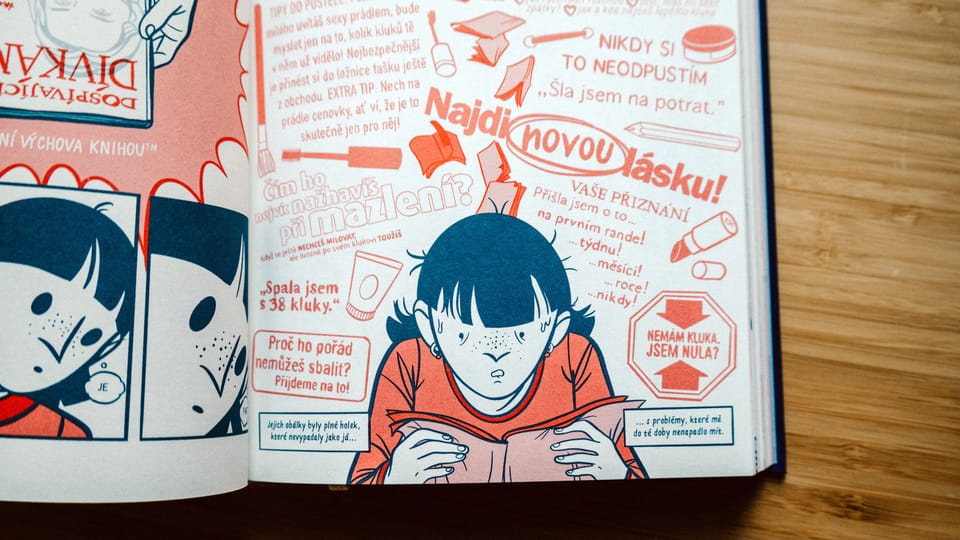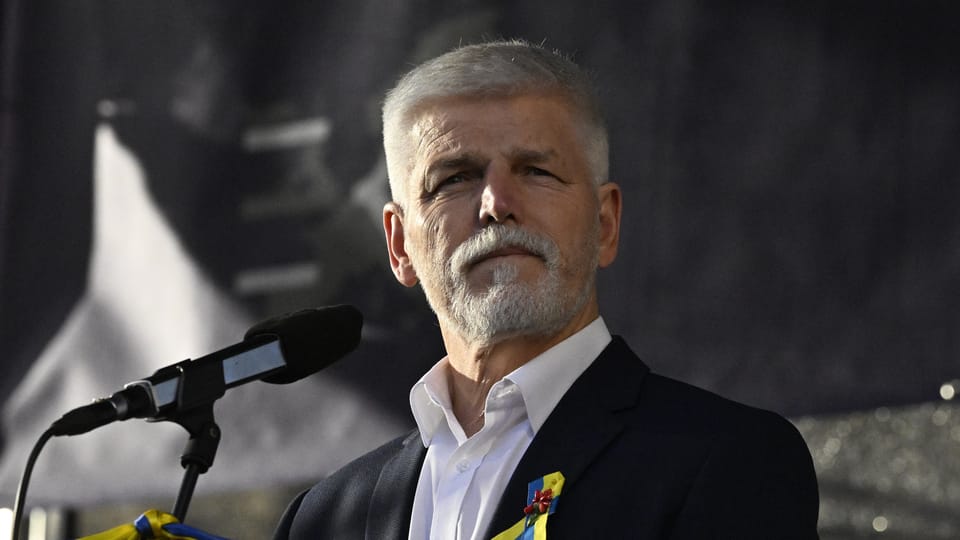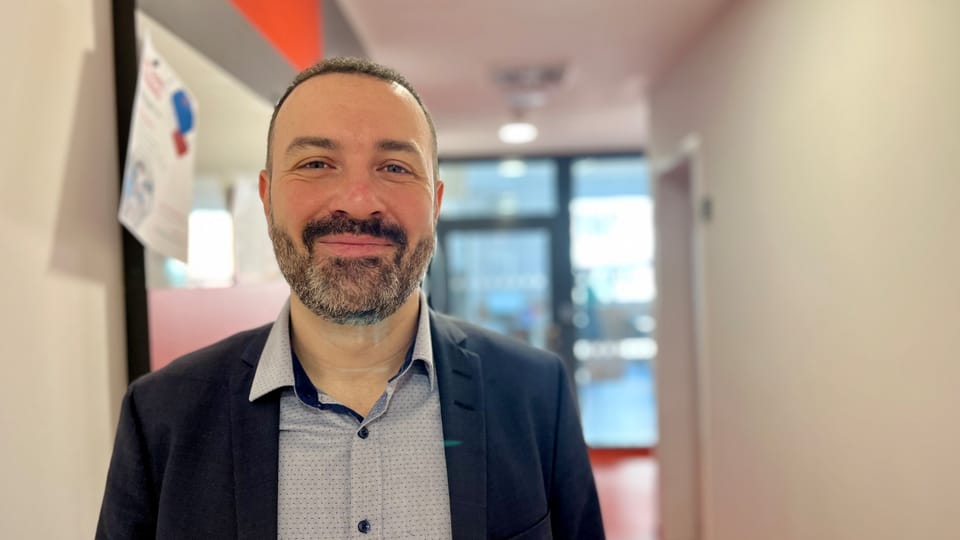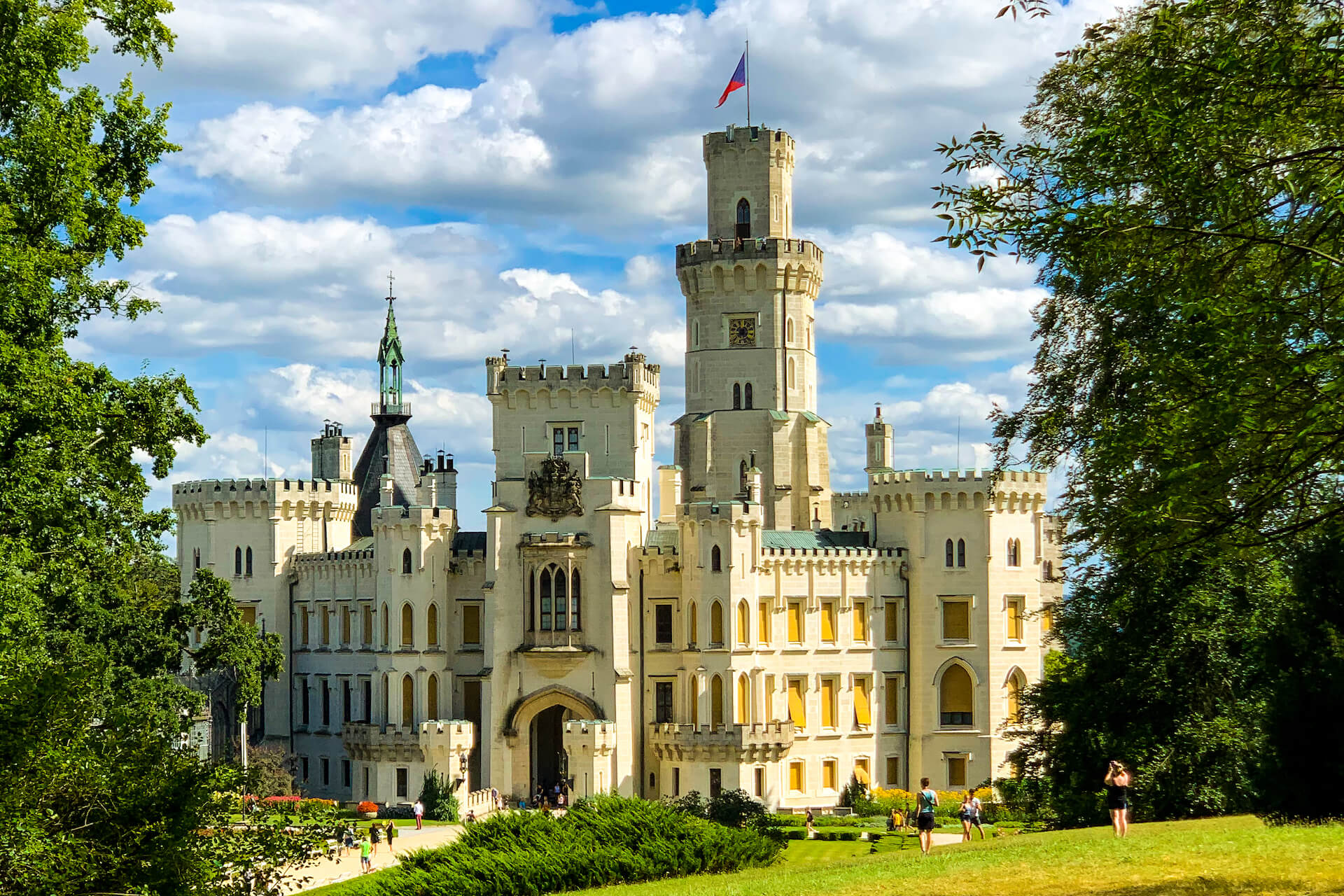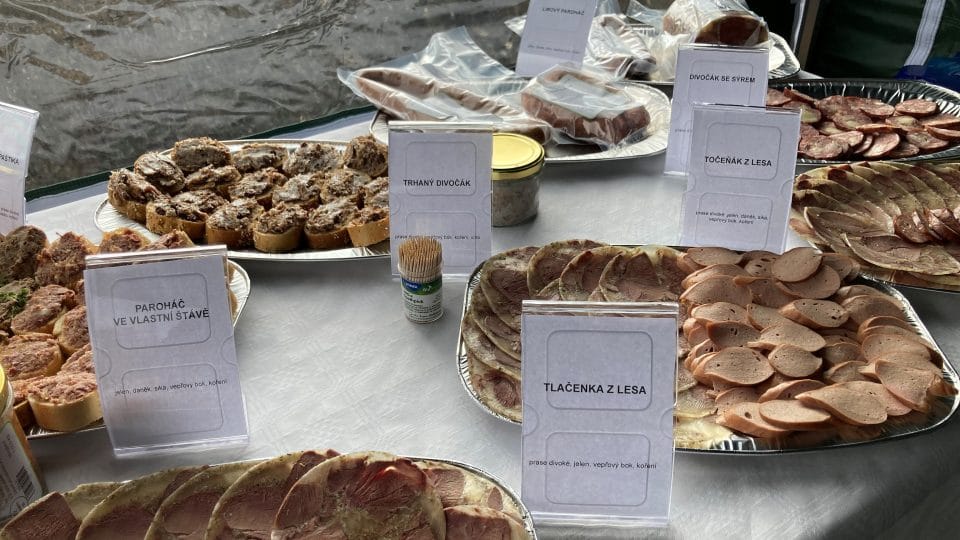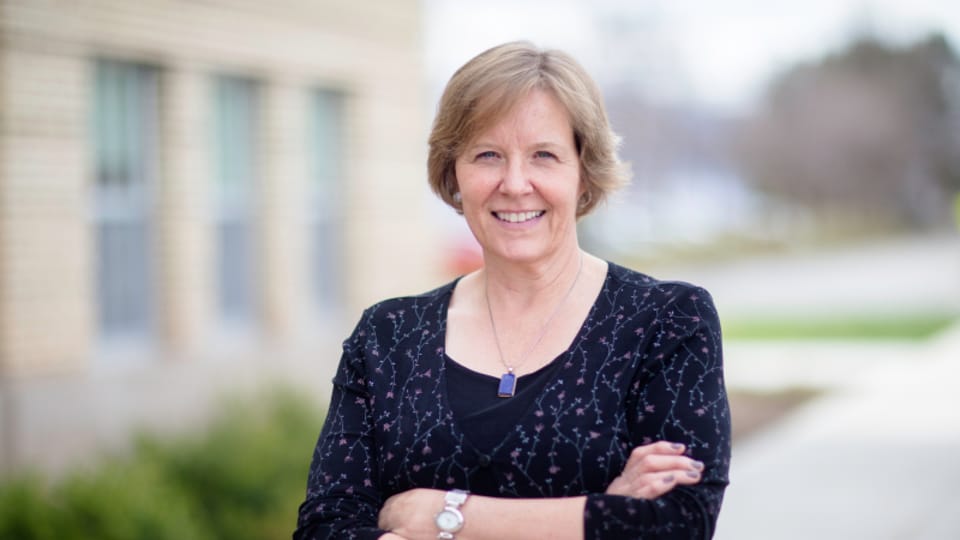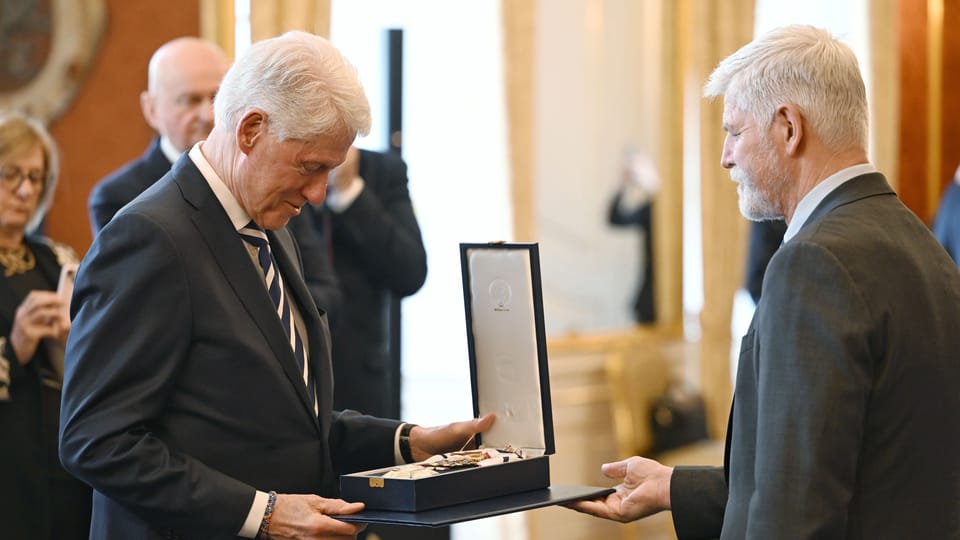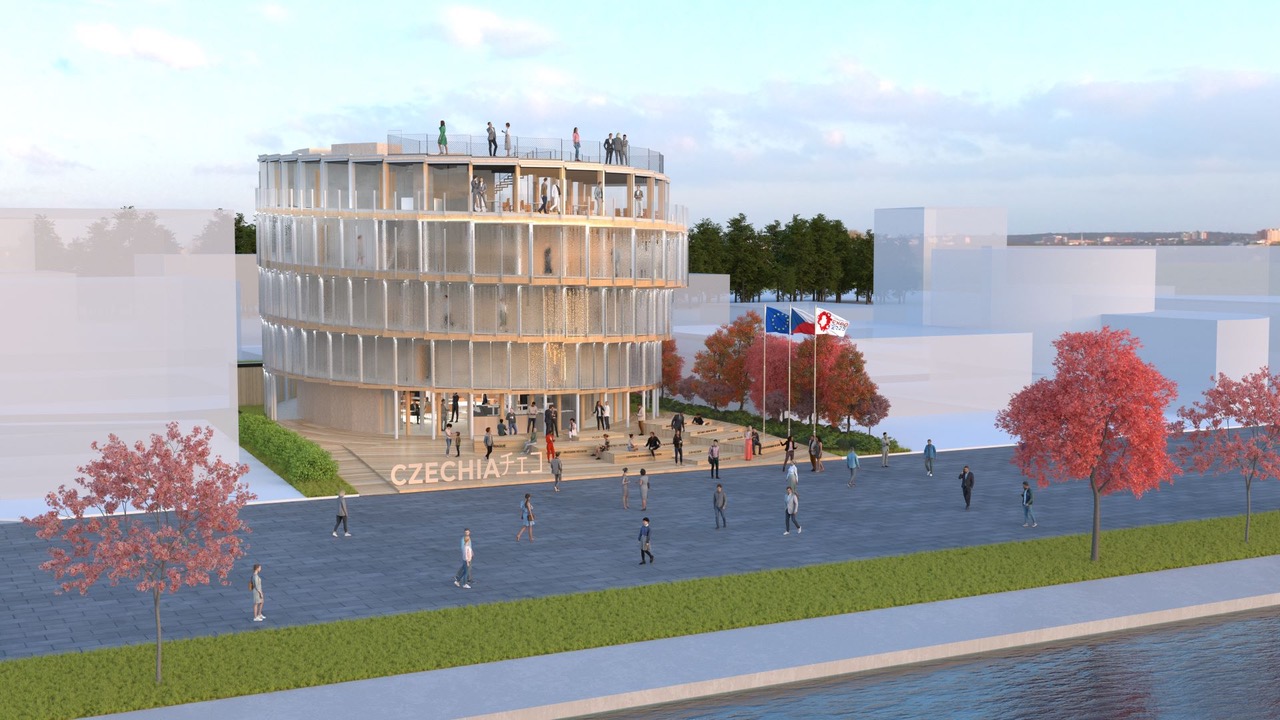
On Wednesday, April 17, 2024, the General Commissioner of the Czech participation in the World Expo, Ondřej Soška, signed a contract with the general contractor for the construction of the Czech national pavilion, the Japanese construction company Daisue (its CEO Kazunori Mura).
“We are very happy that we can be part of the construction of the Czech national pavilion and that we have received such an honor. The Czech pavilion will be a demanding construction – the wooden CLT structure will be covered with glass. However, our company is currently starting to deal more with the construction of wooden buildings, and we take your pavilion as an excellent reference for other orders. We would like to establish deeper cooperation with the Czech Republic in the future,” says Daisue CEO and President Kazunori Murao.
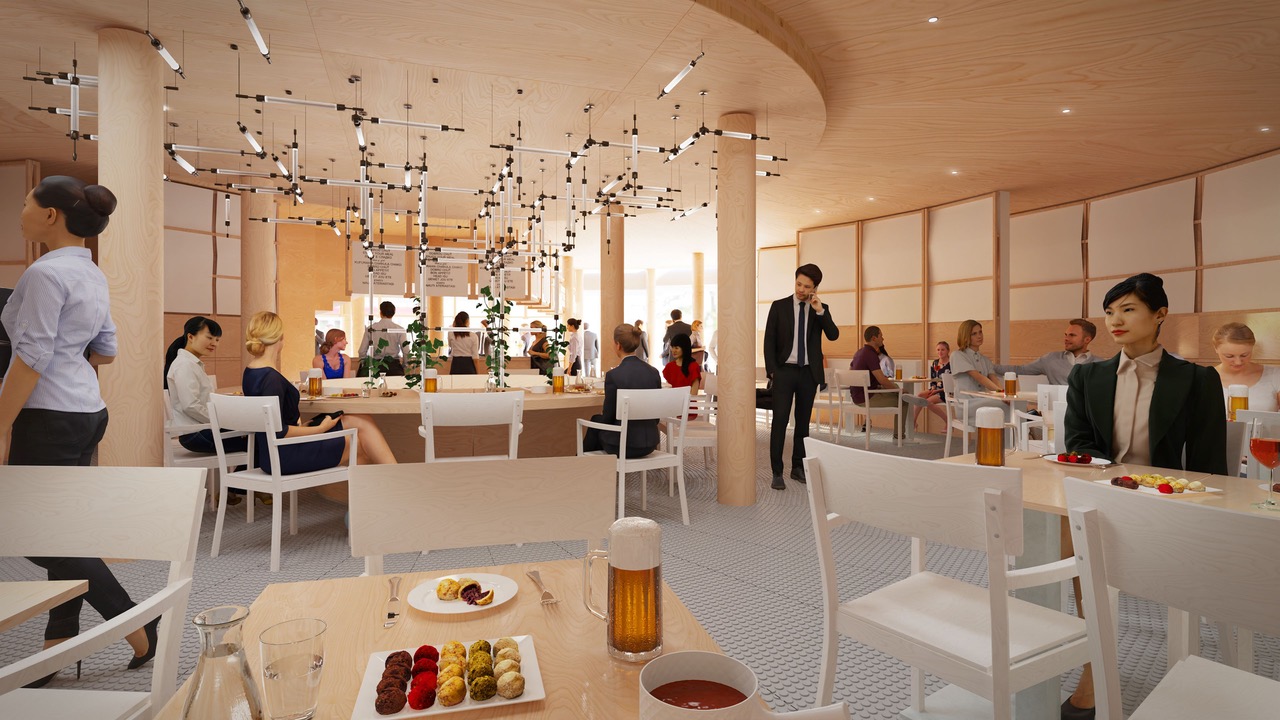
On this occasion, the virtual premiere of the Czech National Pavilion also took place. It now has its virtual twin, just outside of Prague, at the Virtuplex headquarters. A year before the start of the world exhibition, partners from companies, as well as regions, cities, and various institutions can visit the pavilion and talk about the possibilities of cooperation.
“The ability to walk through the pavilion with 3D glasses, see it on a 1:1 scale, catch all sorts of flaws before we start building, and at the same time show a very real model to our contracted and potential partners is invaluable. From the beginning, I conceived the entire project in such a way that I wanted to allow excellent Czech architects and Czech contractors to show their talent and creativity, present themselves abroad, and open up new opportunities and possibilities for cooperation. That is why, after more than twenty years, we have announced an open architectural competition in which 38 great projects have applied. The advantage of the architectural competition compared to the Design & Build used in recent years (i.e. a situation where you compete with a construction company and architects at the same time) is the fact that we can better control the design and the whole process so that it is in line with the concept of the Czech participation in EXPO 2025, which approved by the government in 2022,” says Ondřej Soška, general commissioner of Czech participation.
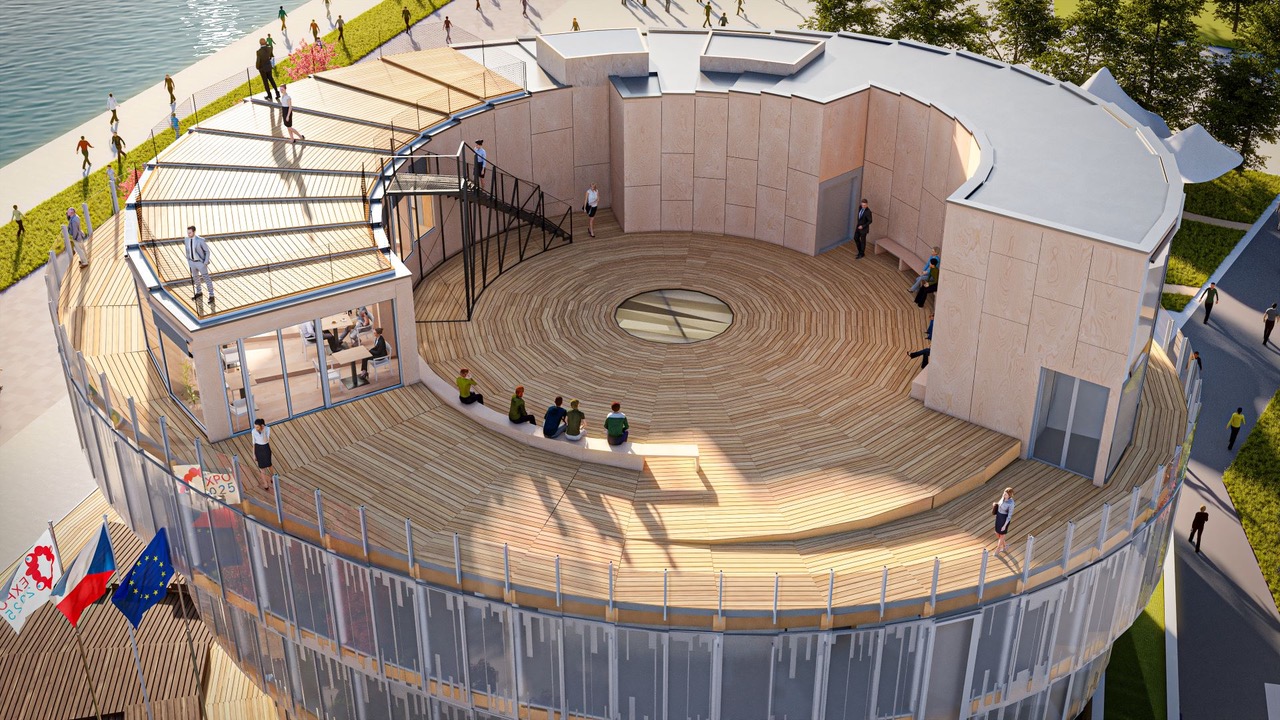
The transformation of the Czech national pavilion for the World Exhibition EXPO 2025 in Osaka into virtual reality exemplified the great benefits of modern virtual reality technologies. From the early stages of the project, it was possible to walk through the pavilion in the lobby area of Virtuplex and coordinate the model with the architects down to the last detail – from the materials used to the intensity of the light inside. Thanks to the virtual model, the first-ever video of the Czech national pavilion was also created.
“With the EXPO organizational team, we discussed in detail and simulated, for example, the journey through the pavilion and its key parts. Thanks to the fact that you walk through the model on a 1:1 scale, you have the opportunity to perceive all distances, views of the interior, but also views outside the pavilion. Through various variants of the interior solution, the model also enables business partners to become more familiar with potential variants of the use of space,” explains the co-founder and CEO of Virtuplex, Martin Petrovický.
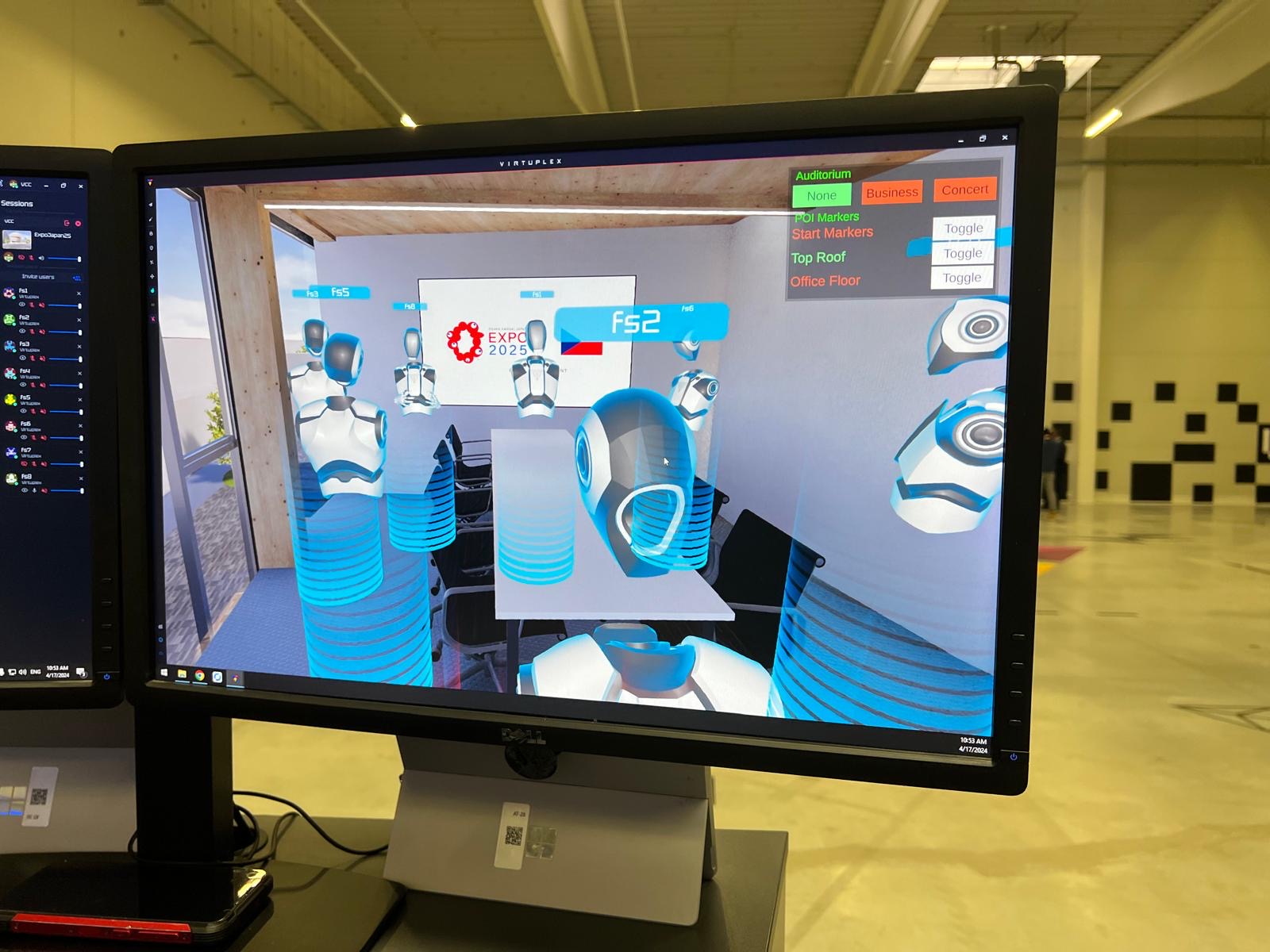
The second step after the architectural competition is to choose the pavilion contractor – someone who will build the building. “Although we were unable to find a Czech company that had the Japanese construction license required by legislation, we were looking for Japanese companies that want to cooperate with Czech suppliers. We are planning to import Czech wood and glass to Japan,” explains Commissioner Soška and adds: “Based on previous indications and expressed interest, we invited six companies to the selection process for the general contractor, and we received an offer from three of them. The company Daisue submitted the lowest bid.”
After the signing of the contract, which took place on Wednesday, April 17, 2024 at Virtuplex, the Daisue company will begin preparatory work on the Czech land on Yumeshima Island in Osaka.
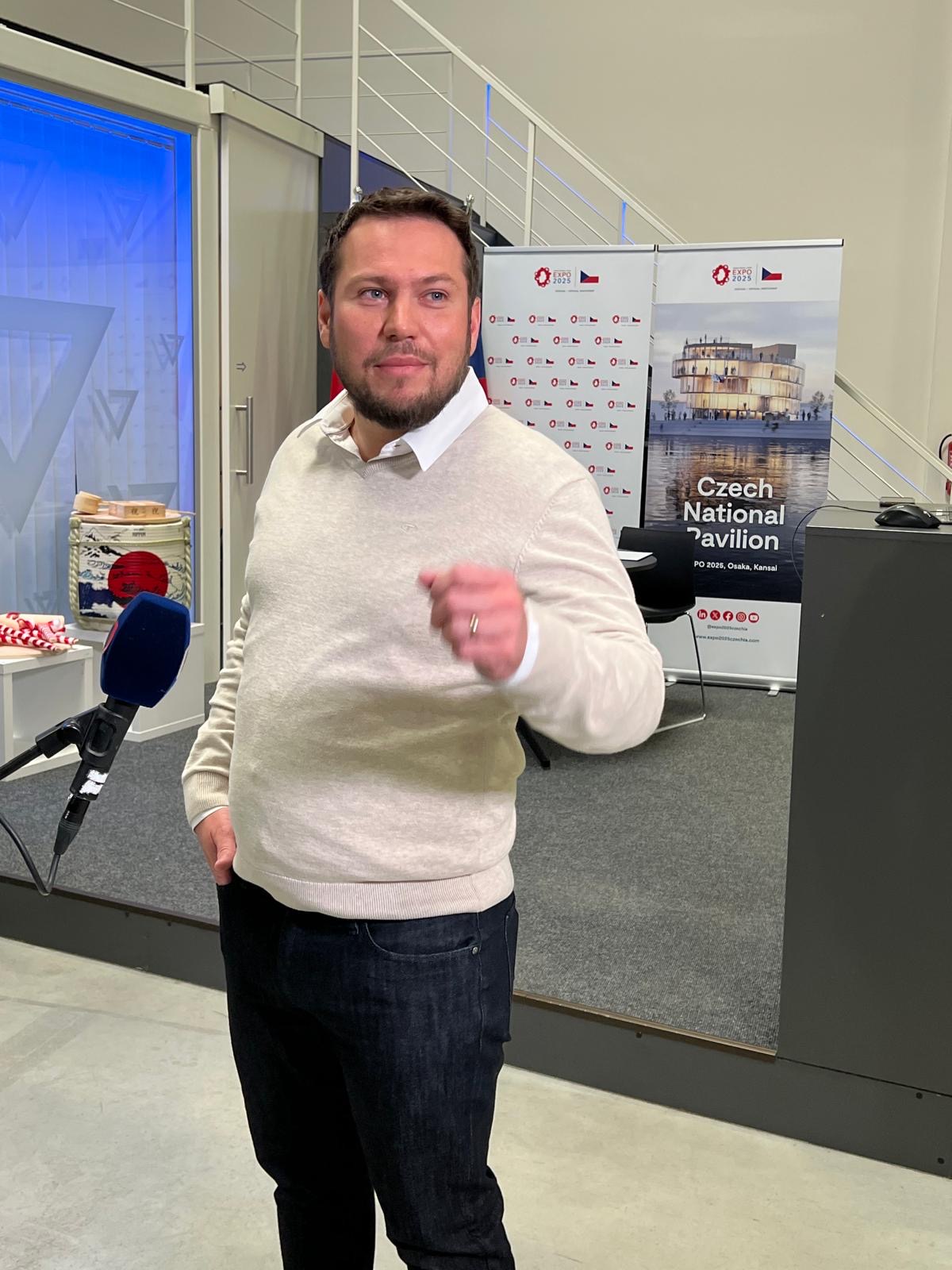
“The pavilion will take advantage of its exposed location at the intersection of the coastal promenade and the main boulevard, attracting attention in all weathers with its dominant solitary mass and the visuality of the building’s transparent glass envelope. The facade made of sheet art glass refers to the rich history of glassmaking in the Czech territory and at the same time offers unusual exhibition spaces with a changing interior atmosphere. The house will be an exhibit in itself,” explain architects Michal Gabaš and Tomáš Beránek from Apropos Architects.
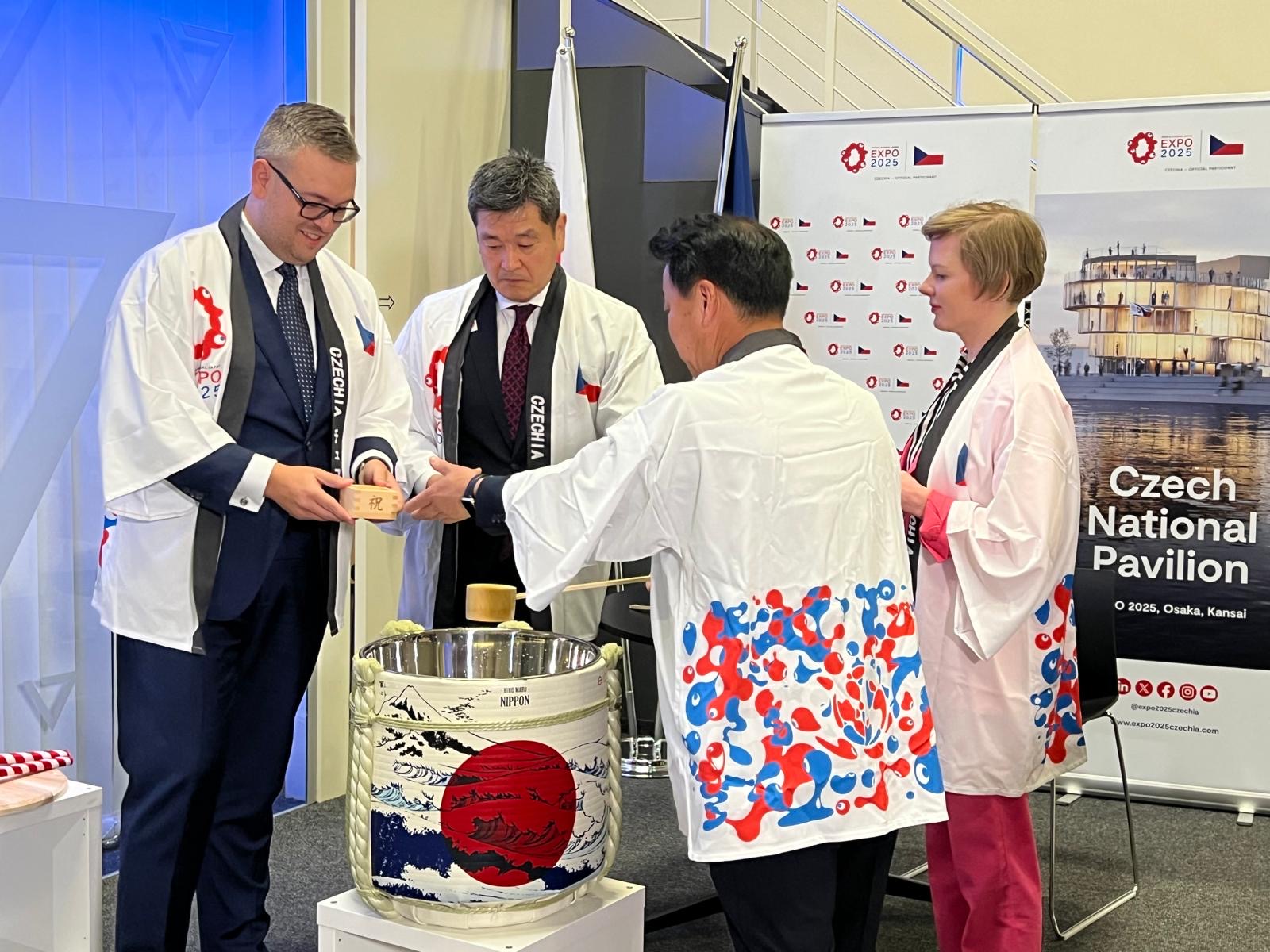
Following the selection of the general contractor, the team of the Office of the General Commissioner for EXPO 2025 is launching an active recruitment of partners. During the 26 EXPO weeks, he is preparing several business topics and conferences that he and his partners would like to present in Japan. These are, for example, nanotechnology, fintech, space technology, cyber security, or the circular economy. Those interested in cooperation can contact e-mail partnership@expo2025czechia.com or fill out the questionnaire on the website www.expo2025czechia.com. For example, the companies Elmarco and AtomTrace, which signed a cooperation agreement with Commissioner General Soška on Tuesday, April 16, 2024, are preparing for the EXPO in this way.
“Participation in EXPO 2025 will above all provide companies with a great opportunity to expand not only to Japan but also to the broader Asia-Pacific region, where it is not always easy to get to. In Asia, the perception of the state is generally much stronger than in Europe, and if a company cooperates with the state and participates in the national pavilion, it has much more weight and relevance in the eyes of the partners there. Of course, some companies do not have ambitions to expand into Asia, but they perceive the EXPO as a prestigious event and a great reference order for domestic and international partners. Which ultimately can mean, for example, expansion into new markets or an increase in the volume of orders. Companies like Koma Modular, GreeenTech or Česká mincovna have such an experience in the past,” summarizes Tomáš Akerman, partnership manager of the Czech EXPO team.

The business program will usually take place in the pavilion from Tuesday to Thursday, Mondays are set aside for so-called corporate days, when partners will be able to rent certain parts of the pavilion. A cultural program will take place on Friday and at the weekend.
The current director of the Czech Center in London, Přemysl Pela, is now participating in the preparation of the cultural program of the Czech National Pavilion and explains: “We will build the cultural program of the Czech Pavilion at EXPO 2025 in Osaka with partners from the cultural sphere so that it corresponds to the purpose of the event in dialogue with the business program: draw attention to the current Czech Republic. In addition to traditional cultural attributes, we will focus on contemporary Czech artistic creation, which has the potential to interest the domestic Japanese public as well as foreign visitors to the exhibition.” In the coming months, open calls will be issued for Czech artists who are interested in presenting themselves at EXPO 2025. These events will underline the theme of Czech participation at the next world exhibition in Osaka – the Czech Republic as a country of talent and creativity.
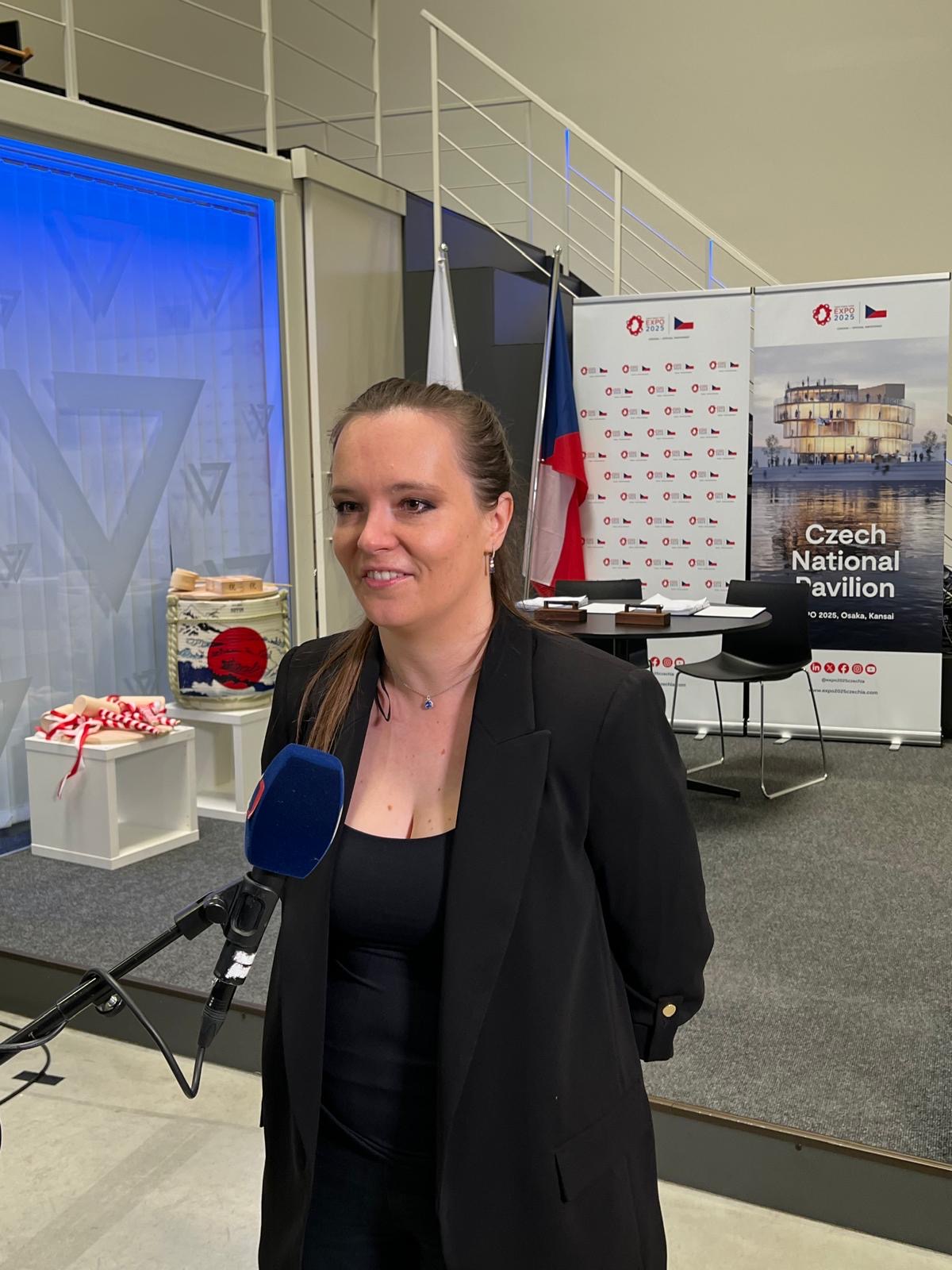
During the virtual premiere of the Czech National Pavilion, the Office of the Commissioner General presented the official mascot of the Czech participation in EXPO 2025 – exhibitor René. “Mascots and cartoon characters are extremely popular in Japan, after internal discussions we decided to use a mascot to pay tribute to the exceptional Czech artist René Roubíček, who exhibited in Osaka in 1970,” says Aleš Kysela, marketing director of the Czech EXPO team.

On this occasion, the Office of the Commissioner General presents a video clip that it shot in collaboration with Michaela Lesařová Roubíčková, glassmaker Pačinek Glass and director Jakub Jahn.
René is a creature of crystal glass, friendly, surprising and playful like the glass itself. He was born in the fiery furnace of a glass factory in the legendary crystal valley in Bohemia. René, named after its creator, glass artist and designer René Roubíček, will become the official symbol and mascot of the Czech pavilion at the EXPO 2025 world exhibition in Osaka. René Roubíček, who designed the sculpture “Cloud-Water, Source of Life” for EXPO 1970 in Osaka, symbolically returns after 55 years to the same city in Japan, for the world exhibition EXPO 2025. René has a crystal and plush form, and in the Czech Republic he will be officially available for purchase by the end of 2024.

“Father and mother were among the founders of a new view of glass, when glass – a material used exclusively for the production of utilitarian objects – began to be used as a material for making sculptures, a new branch of art and the term glass sculpture were born. Roubíček’s sculpture, chosen as a mascot, is just such a work from the time of the emergence of this new art branch. I am glad that his contribution to global development has not been forgotten. At the same time, I am very proud that my father’s work can become the official symbol of the presentation of our country abroad,” concludes Czech artist Michaela Lesašová Roubíčková.
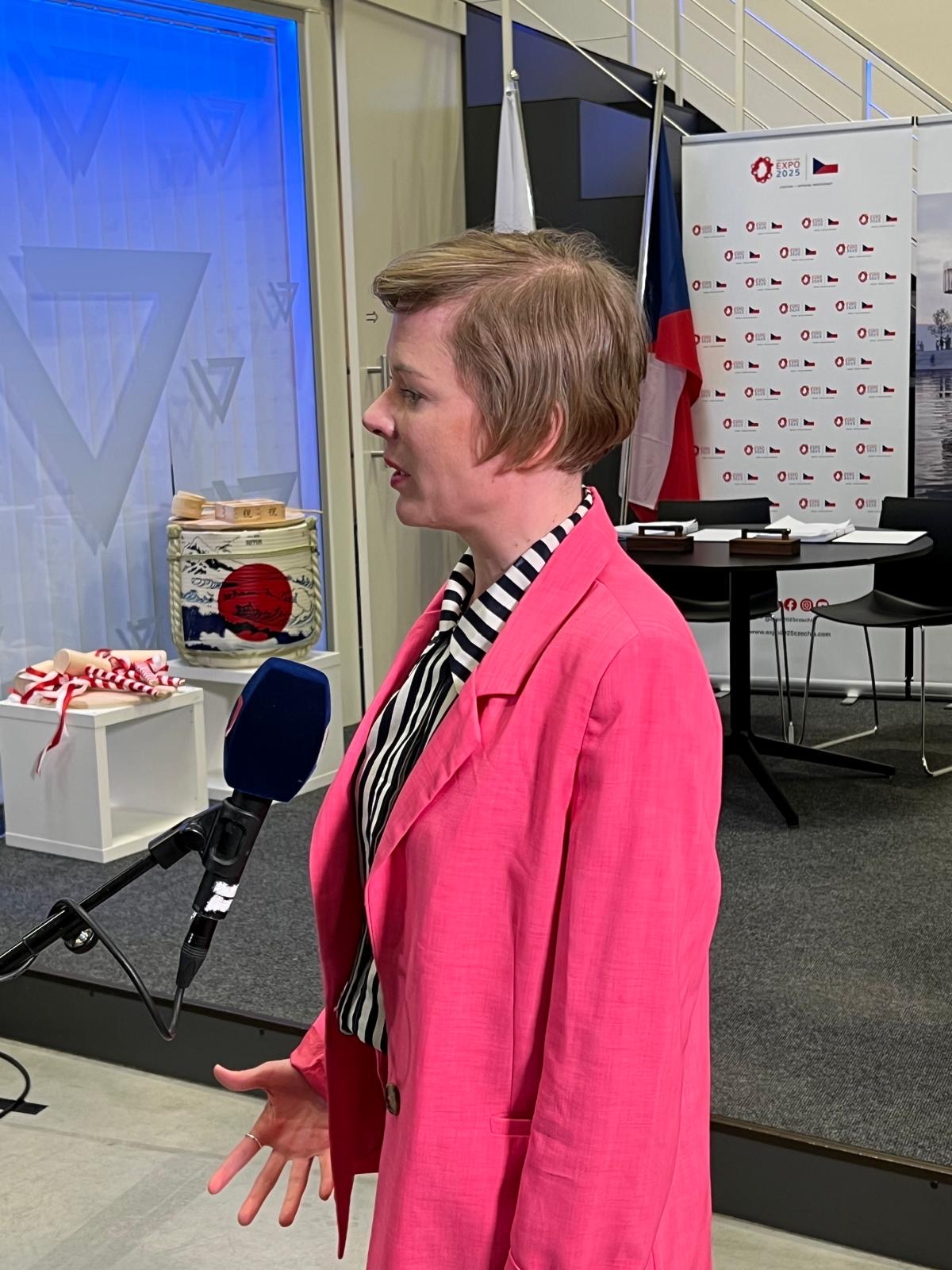
About the Czech pavilion at EXPO 2025
In December 2022, after more than twenty years, the Office of the Commissioner General announced an open anonymous architectural competition for the design of the national pavilion for EXPO 2025. 38 competition teams applied for it, from which an expert jury led by the world-renowned architect Eva Jiřična selected the winning design in March 2023 in the shape of a glass spiral by Apropos Architects. The load-bearing structure of the building will be made up of modern wooden panels, while the facade will be made of art glass, which is a centuries-old tradition in the Czech Republic. The national pavilion will offer a worthy background for the Czech participation in EXPO 2025, which will be held from April to October 2025 on the artificial island of Yumeshima in the Osaka Bay. The pavilion will house a permanent exhibition, a multifunctional auditorium, facilities for business meetings, a restaurant, and a VIP lounge, and in front of the pavilion there will be a relaxation area with a view of the sea for visitors.

About Czech participation in EXPO 2025
The Czech Republic will participate as an independent state in the World Exhibition EXPO for the sixth time. Ondřej Soška, who won the selection procedure of the Ministry of Foreign Affairs with his concept and theme “Talent and creativity for life”, holds the position of the general commissioner from September 2022. The Czech Republic should be presented in Osaka not only with what the Japanese know very well and have admired for a long time, for example, Czech glass and classical music, but especially with Czech innovations, nanotechnologies, promising startups, and regional talent.
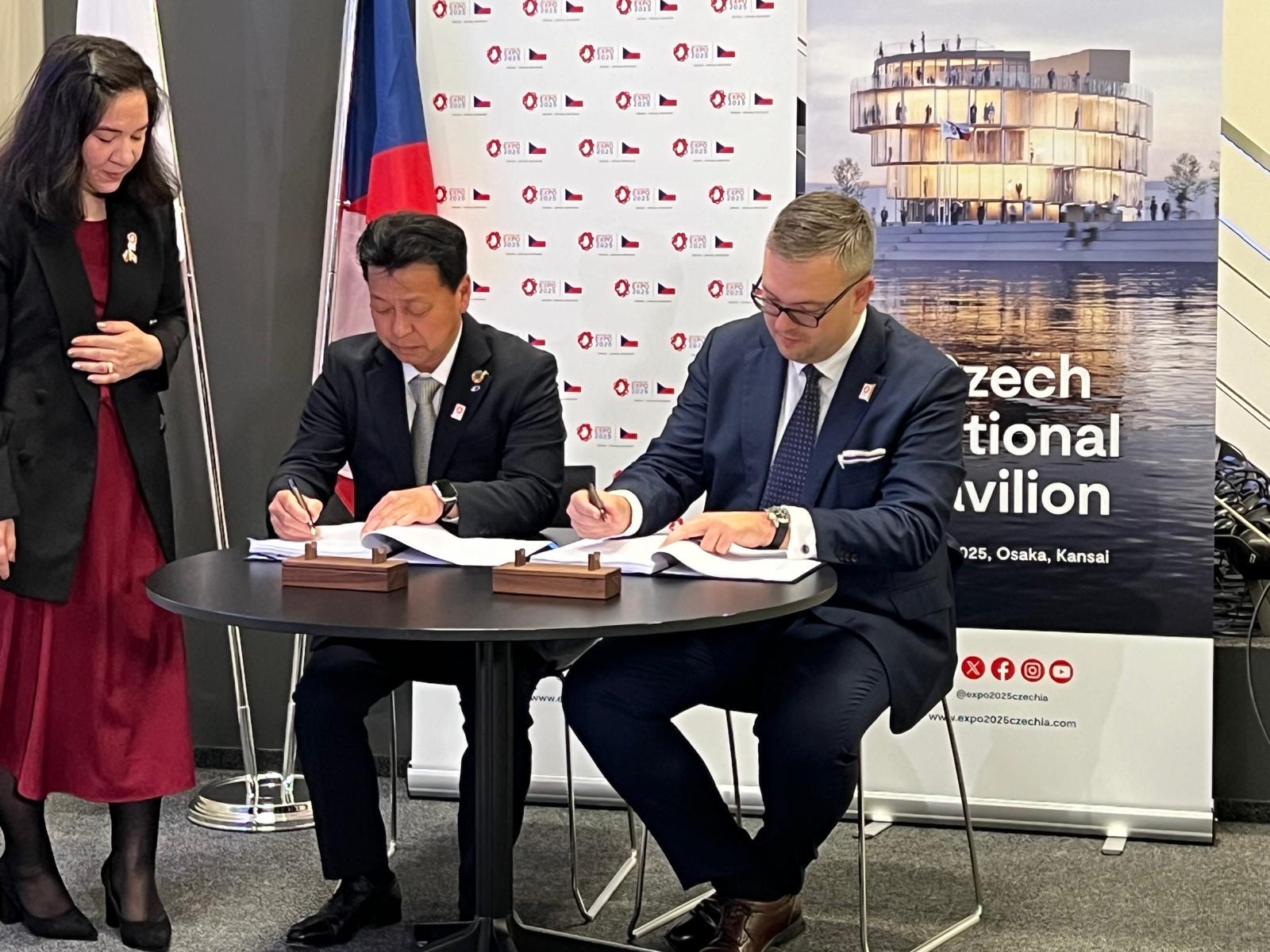
You can find more information on the website of the Czech participation in the world exhibition EXPO 2025. You can also follow us on Twitter, LinkedIn, Facebook, Instagram and YouTube.
From January 2023, the Office of the General Commissioner is part of the Czech Centers network.
